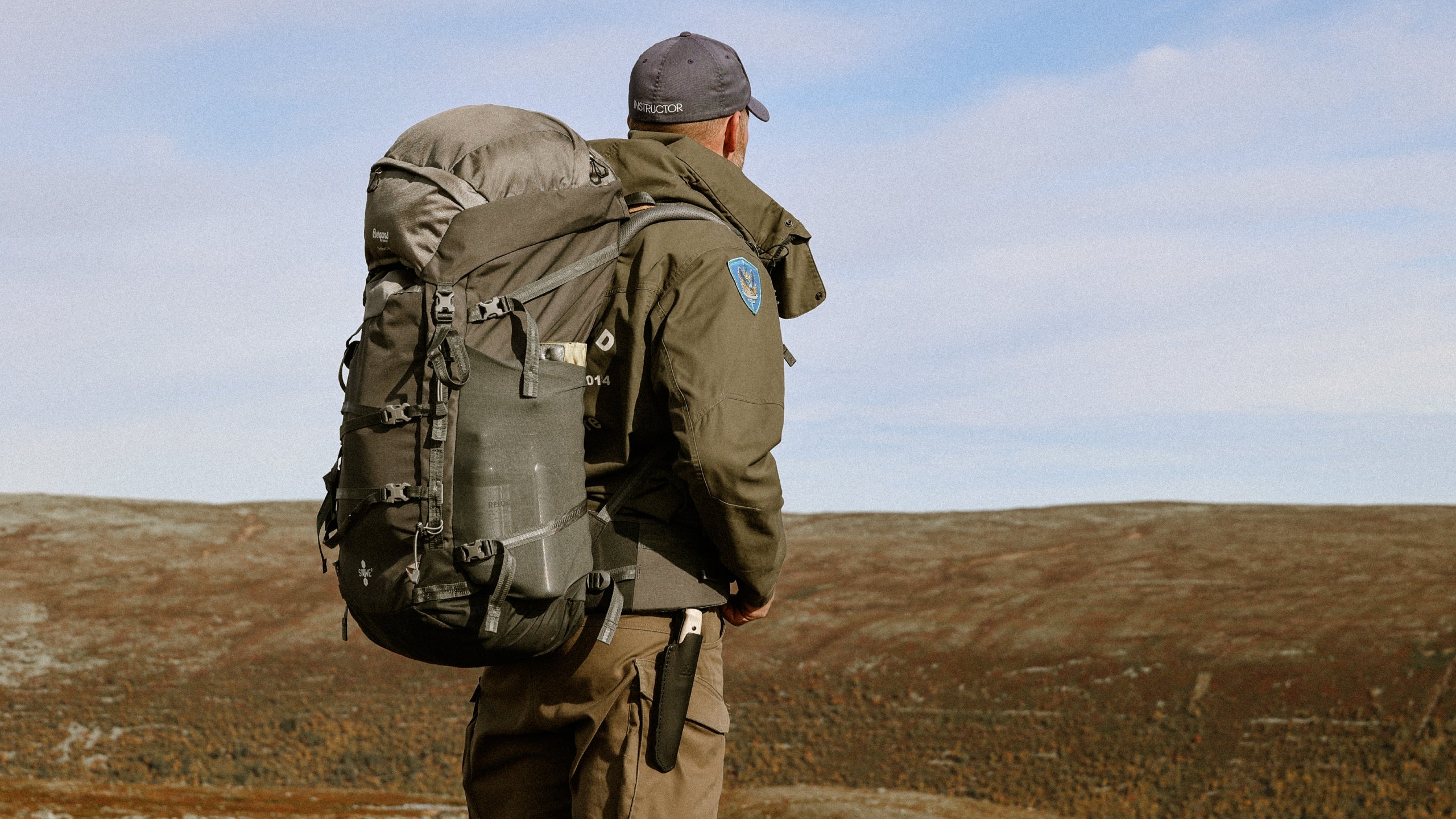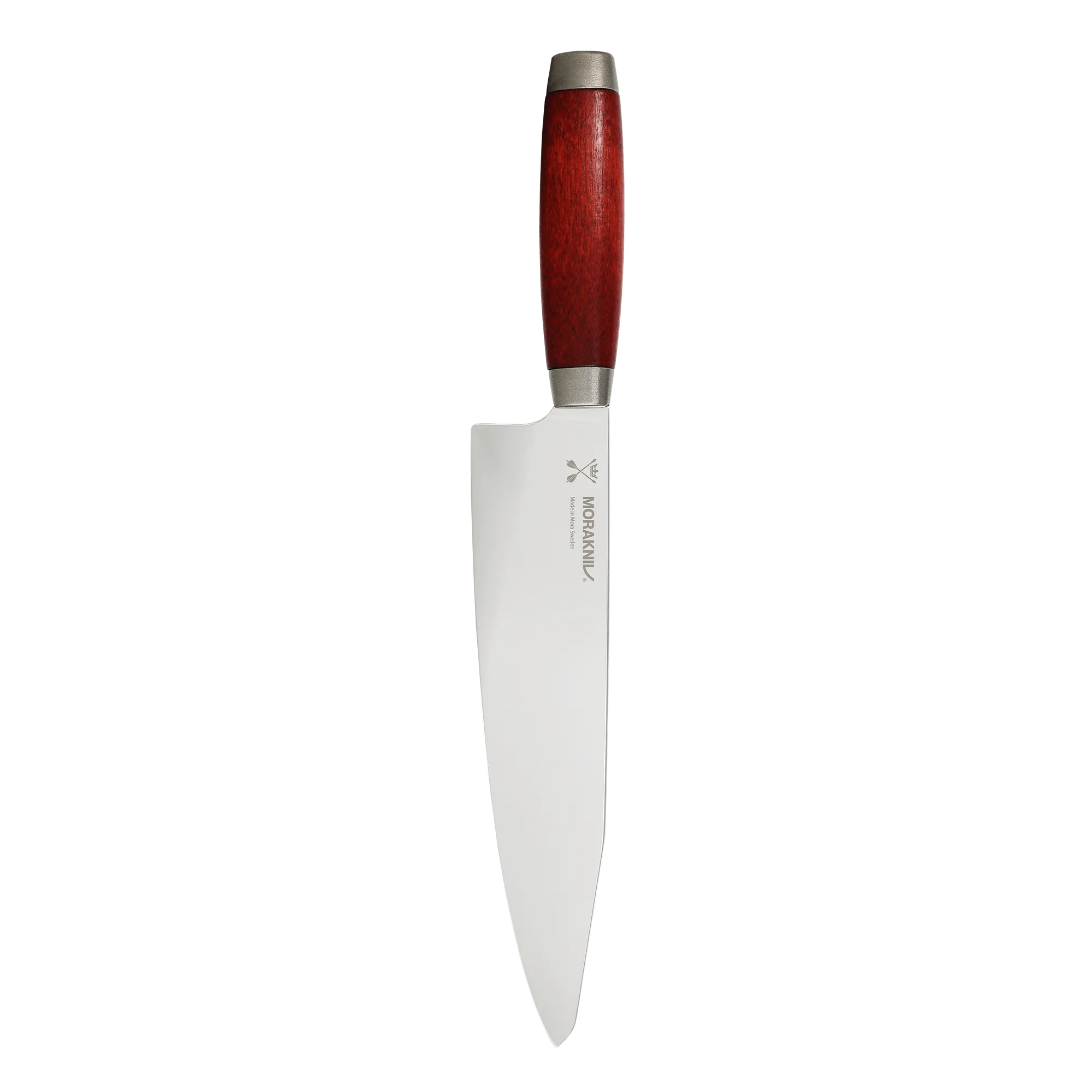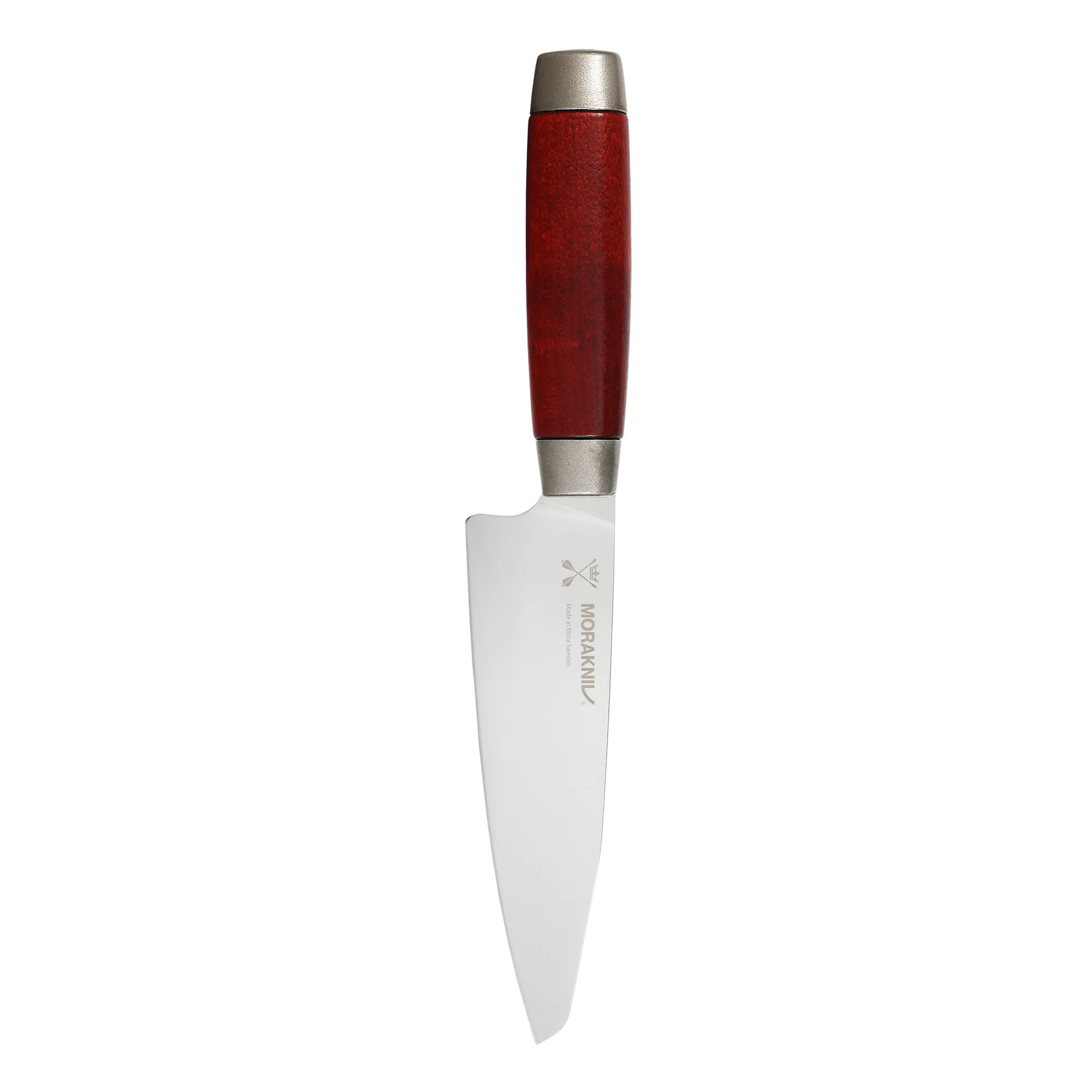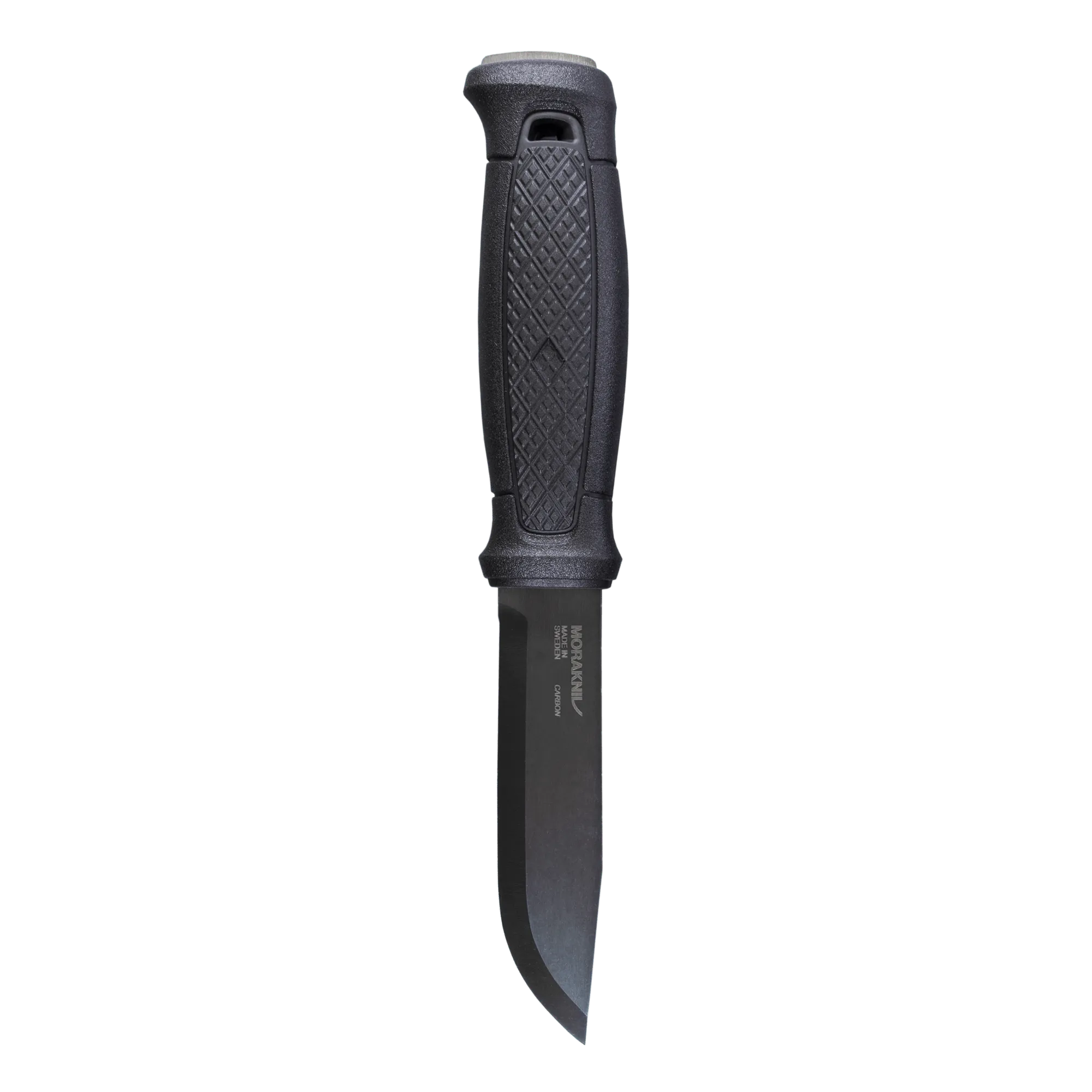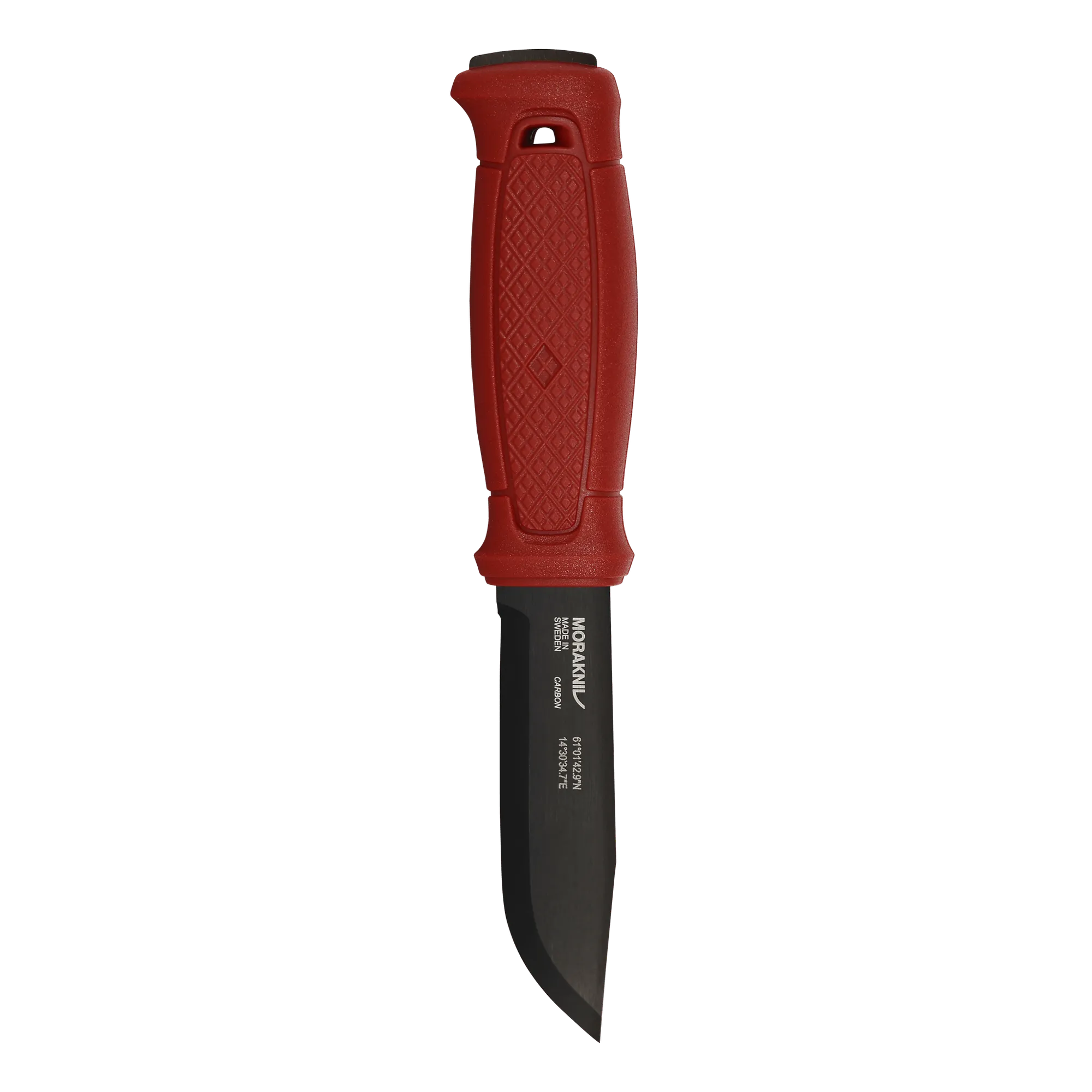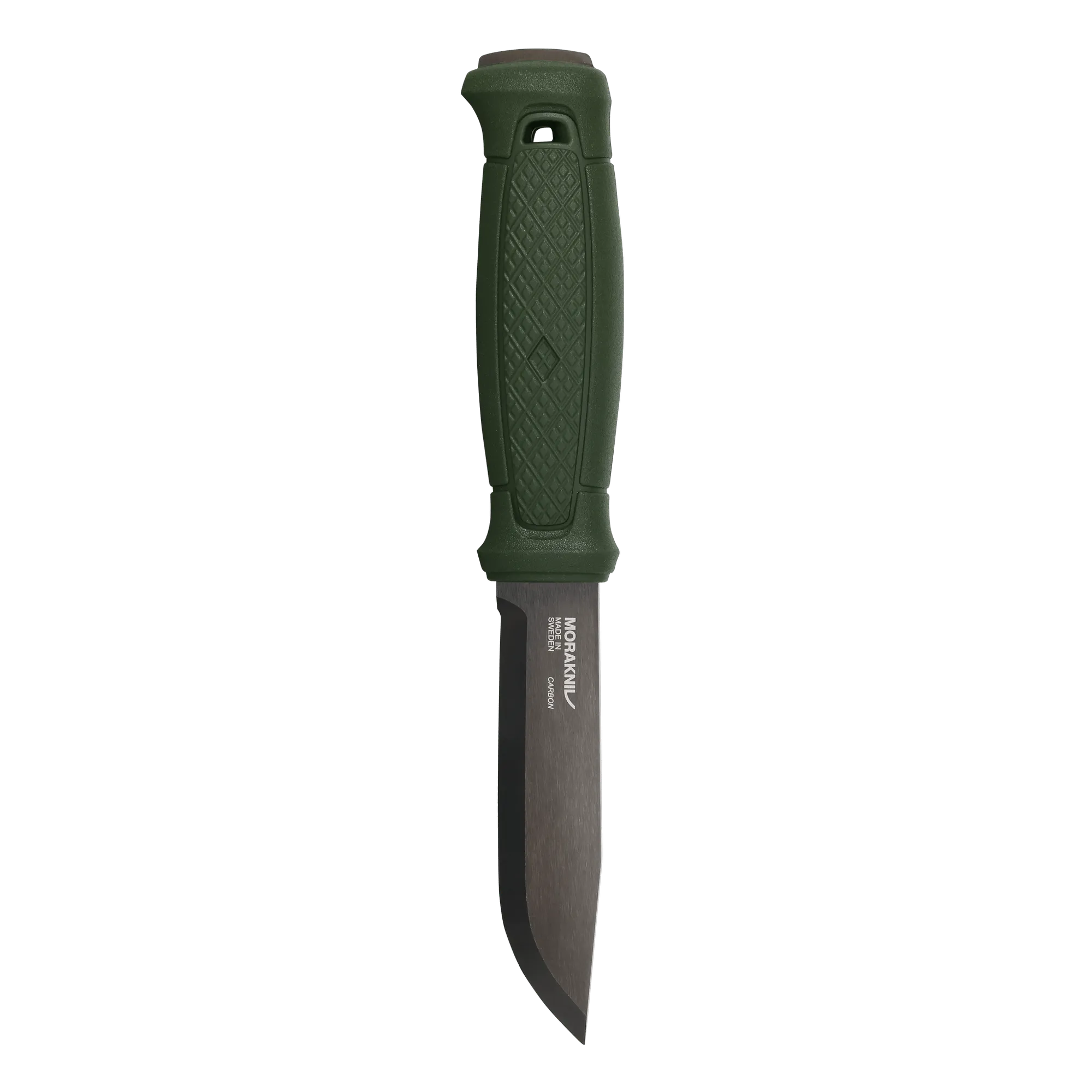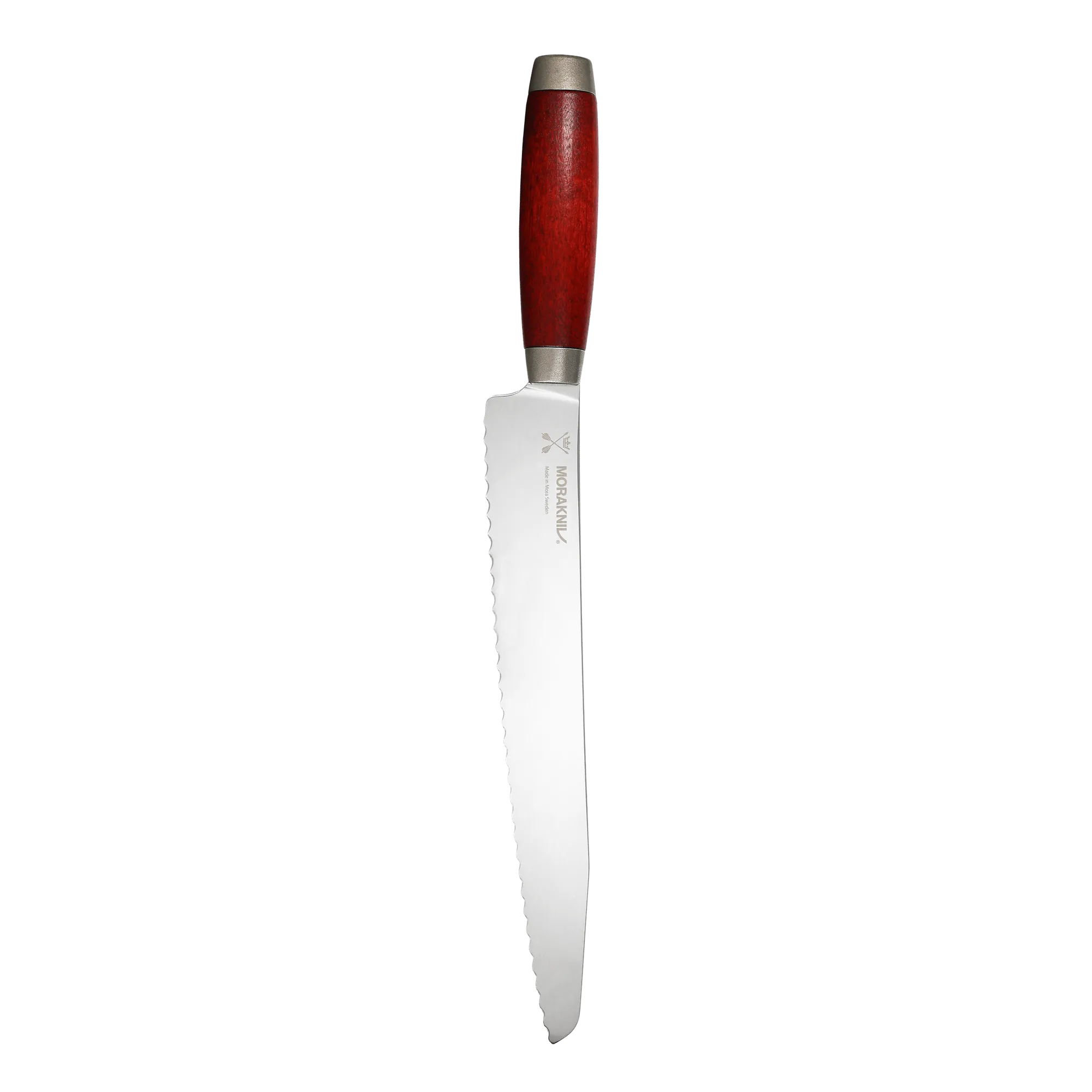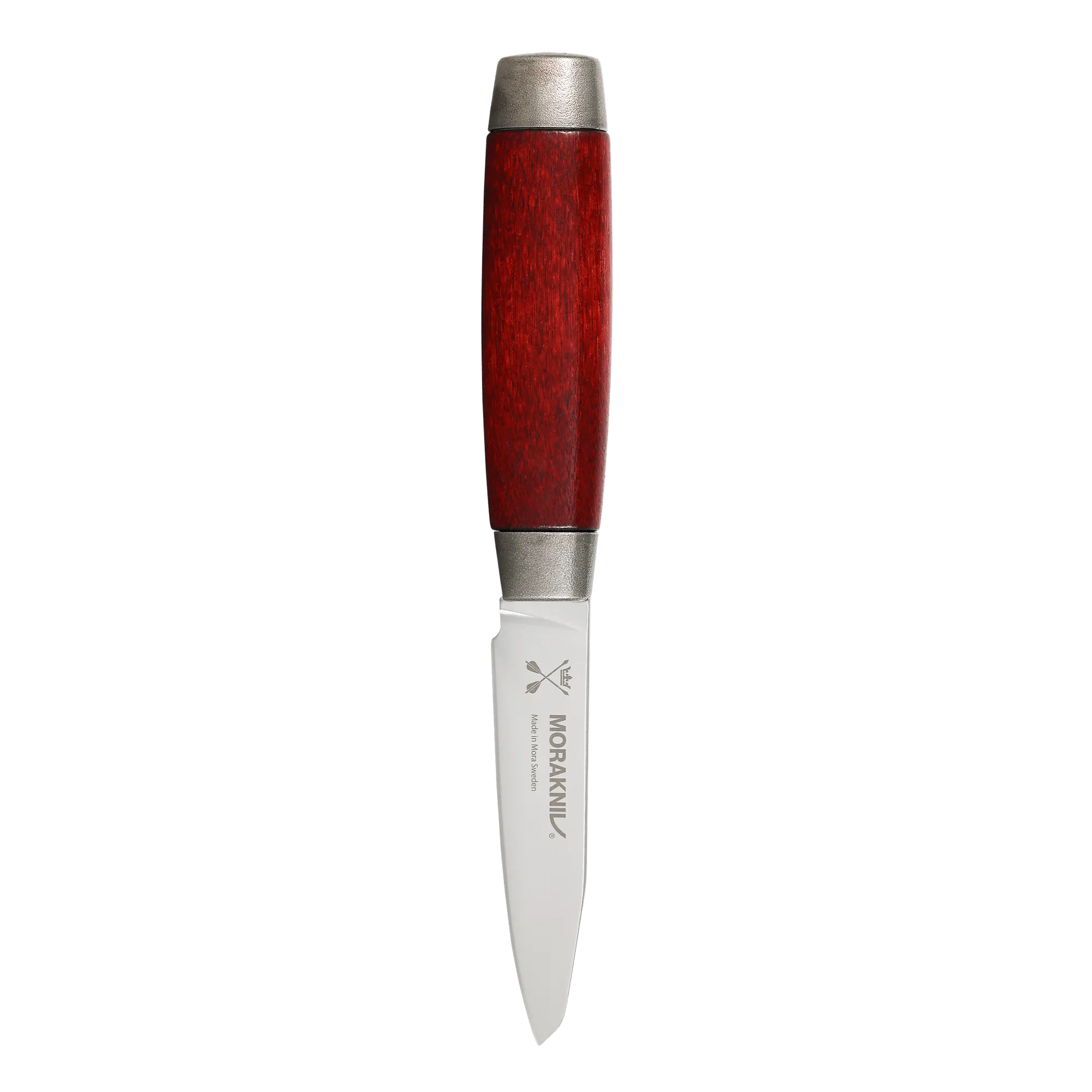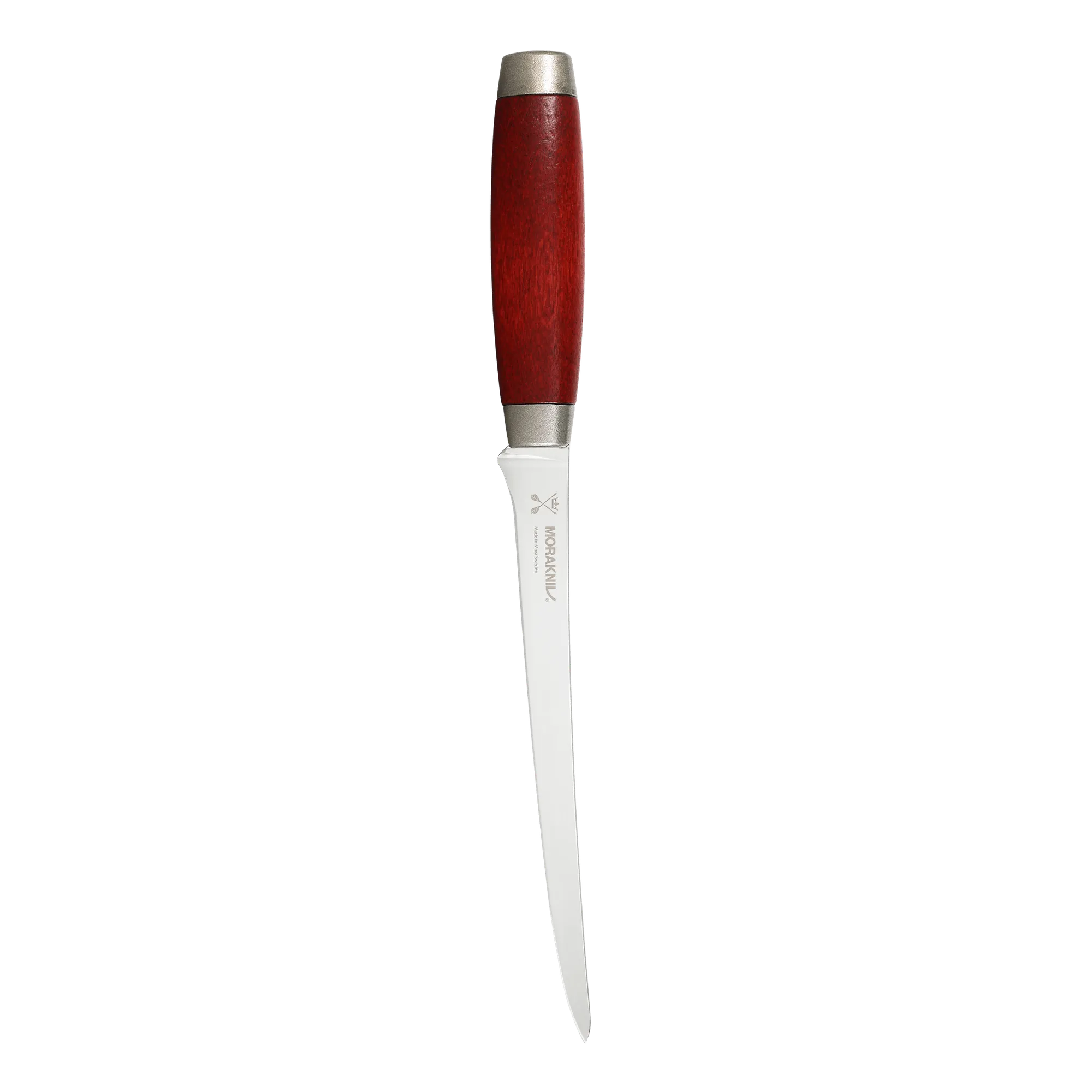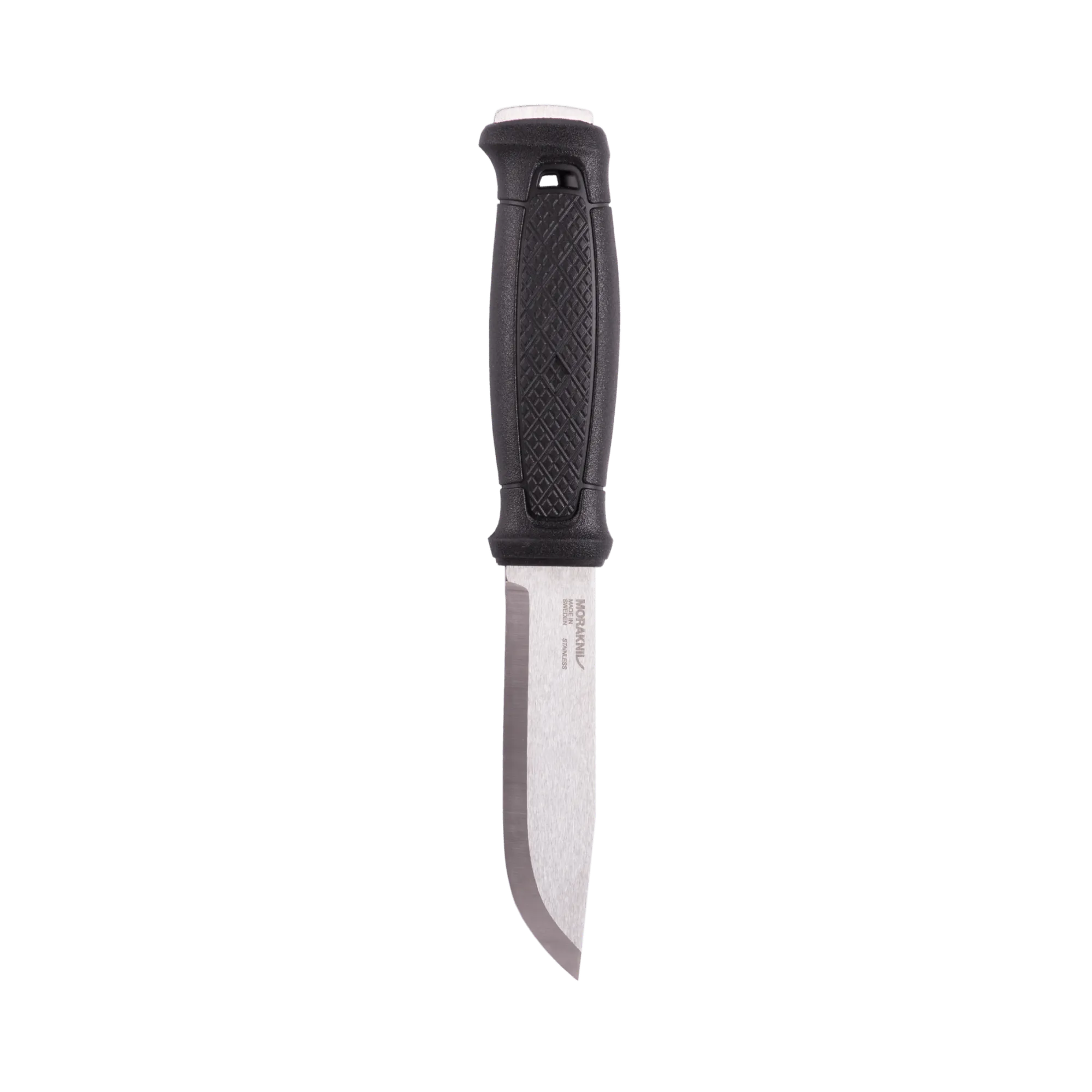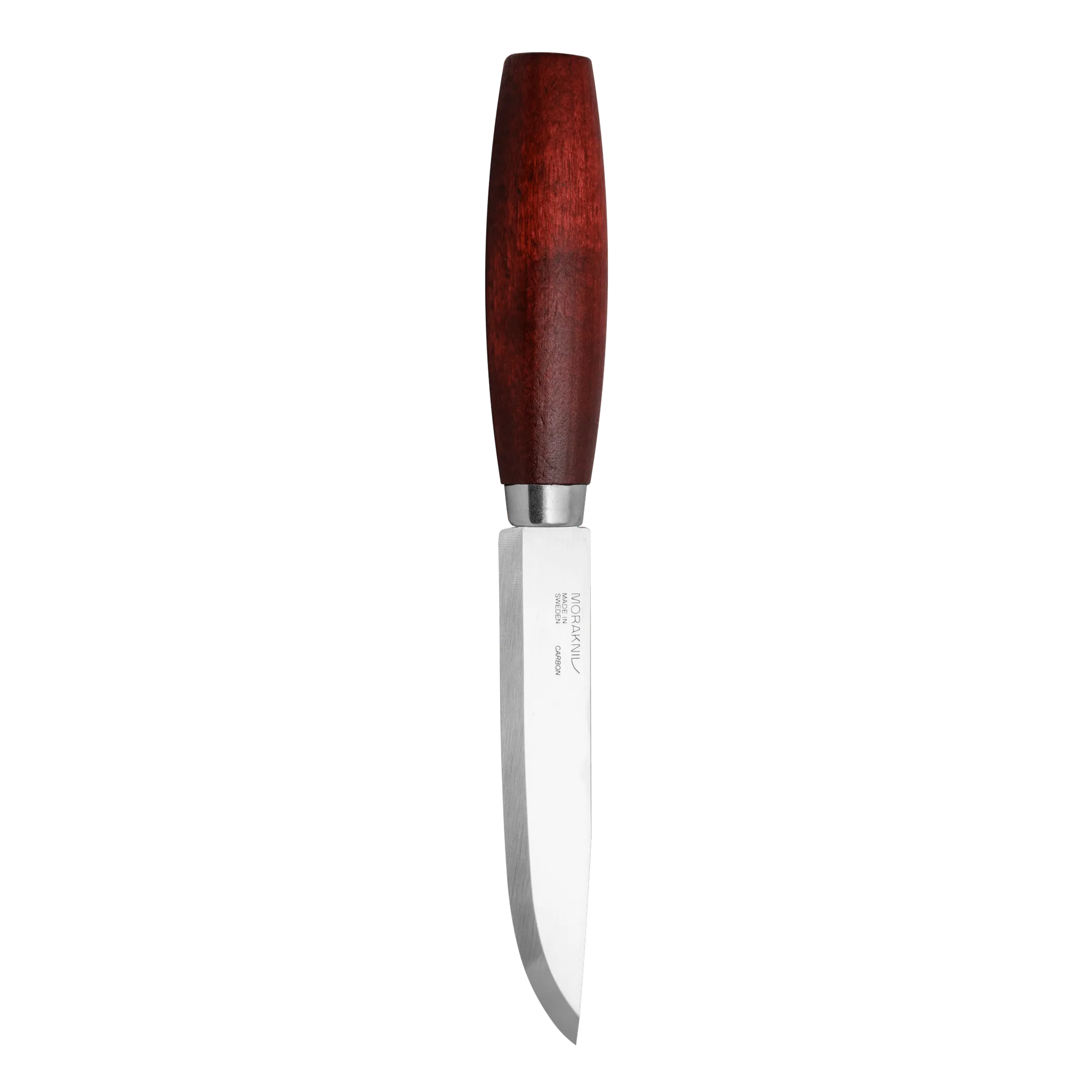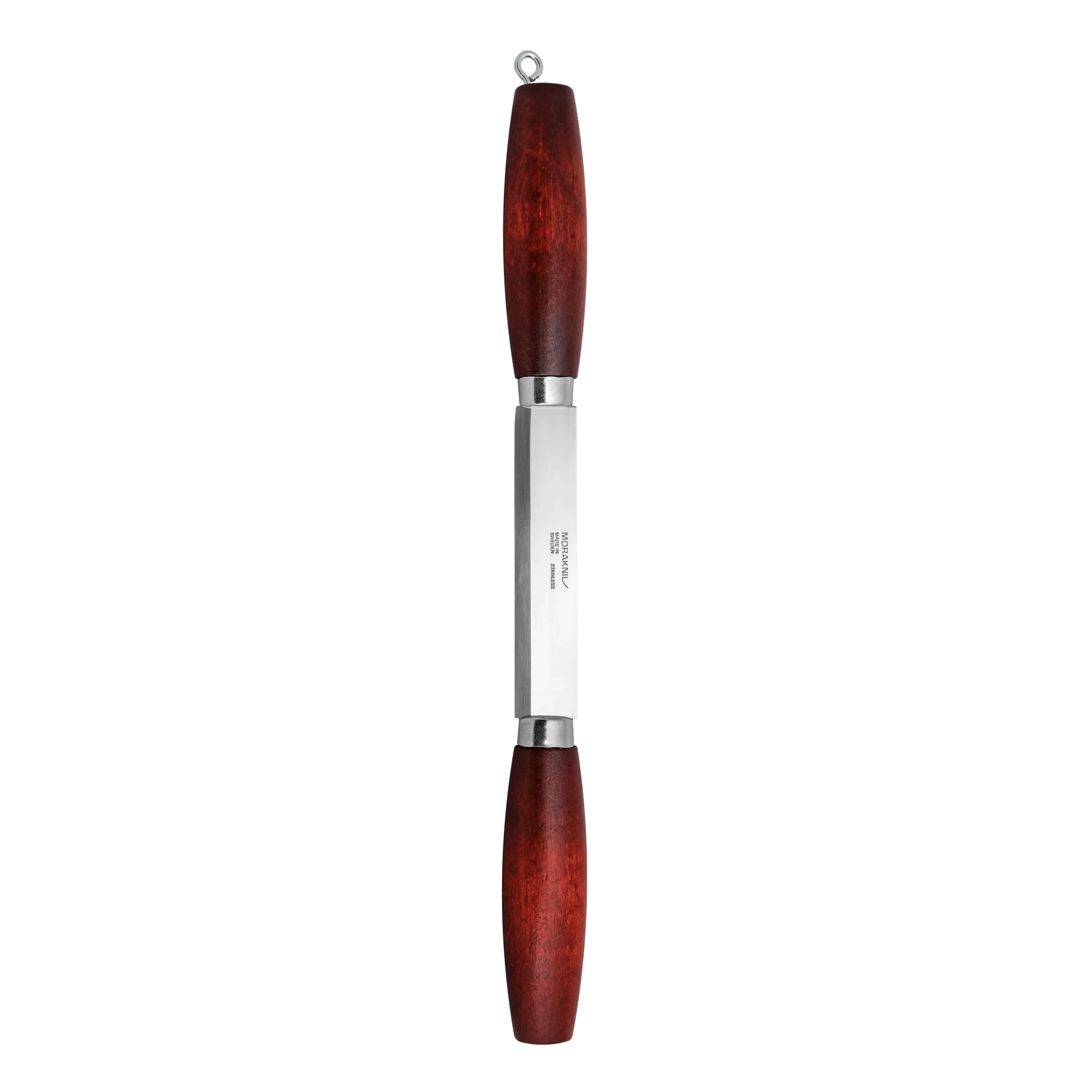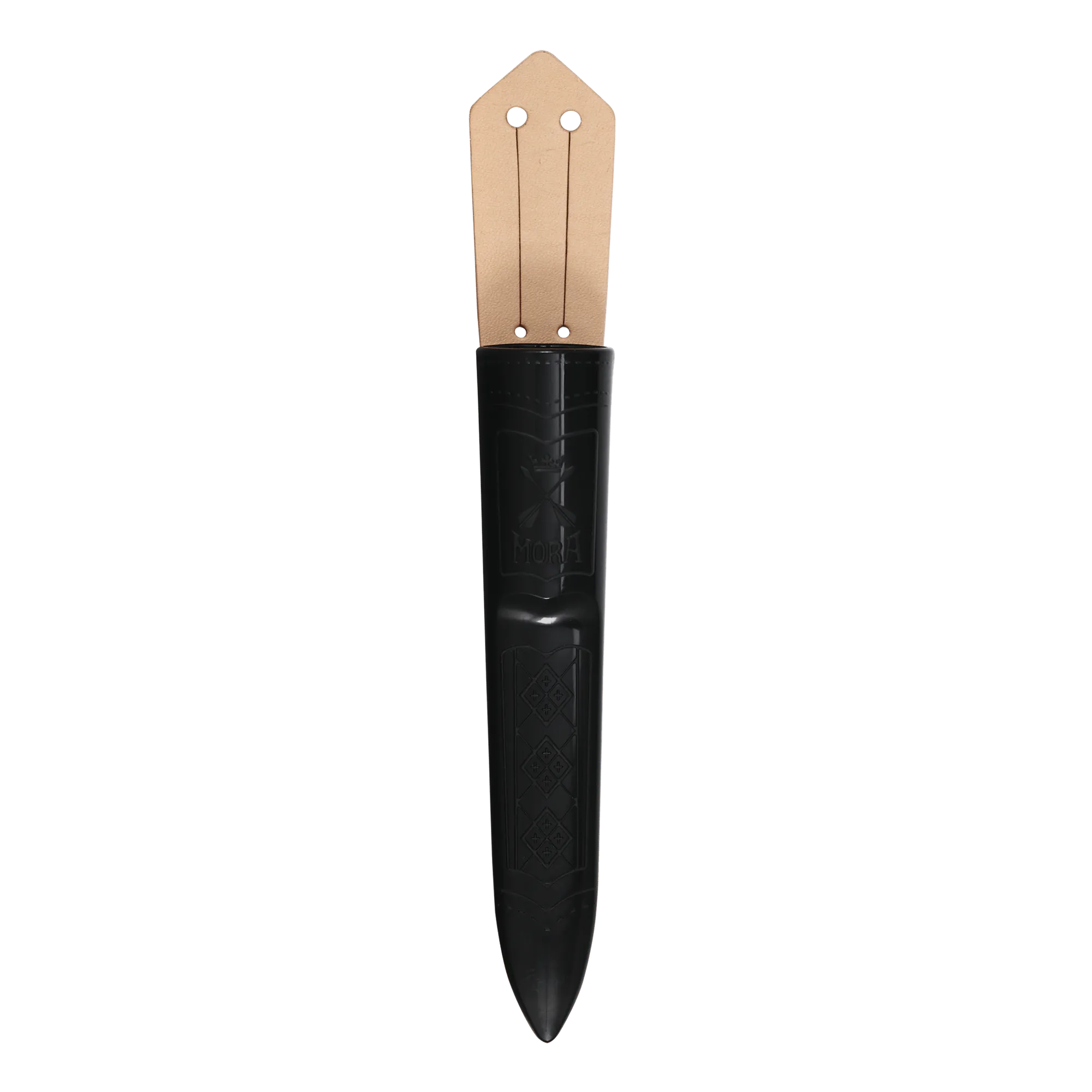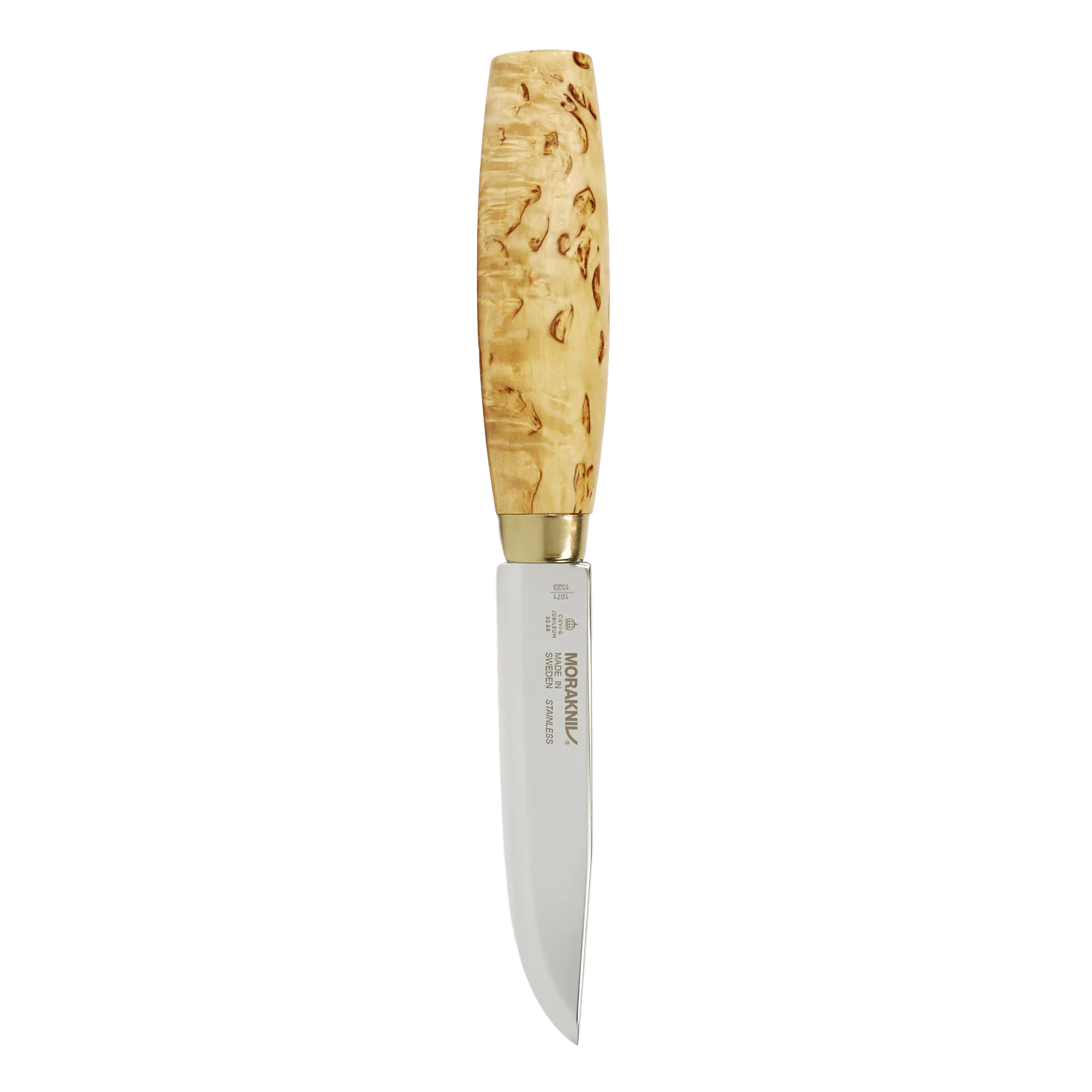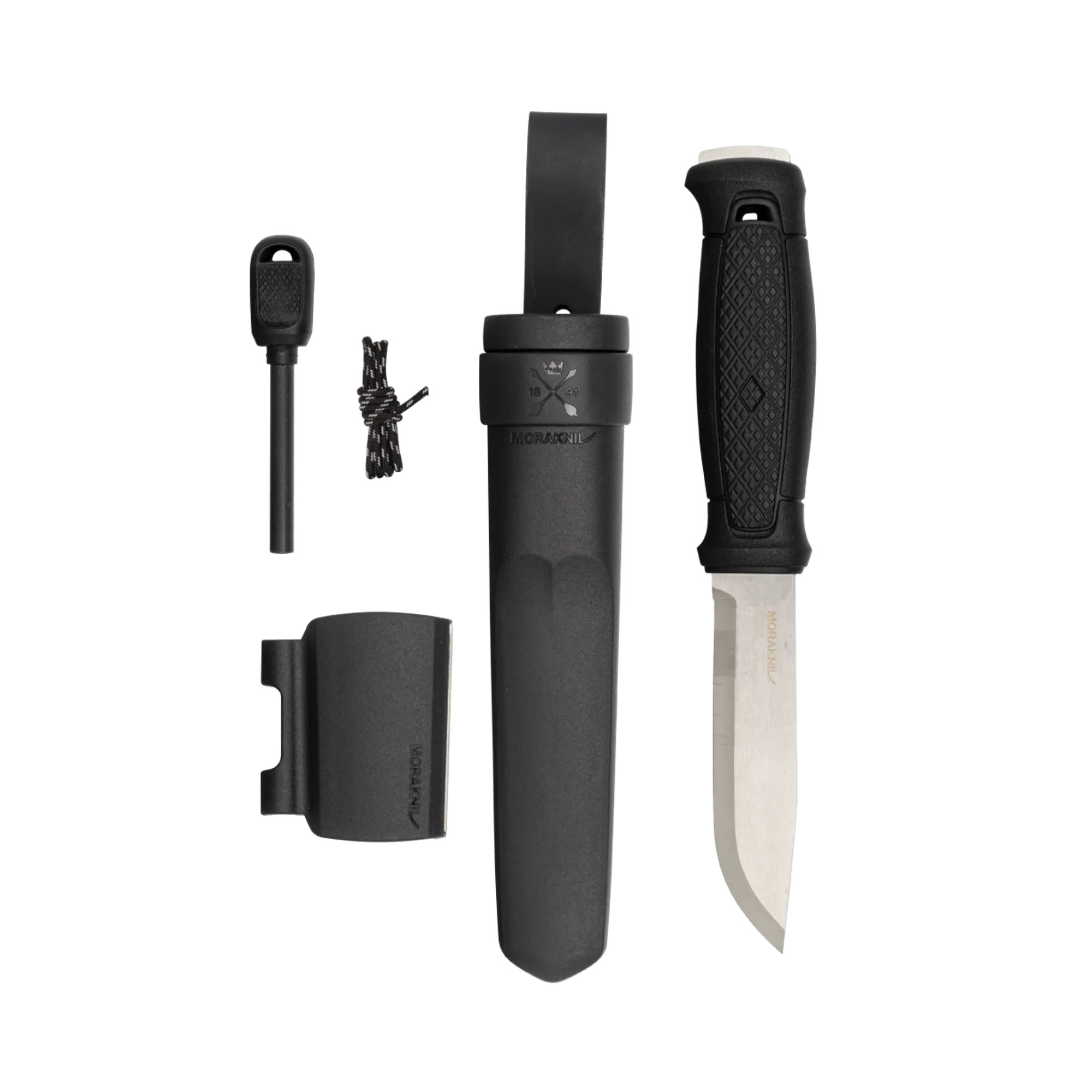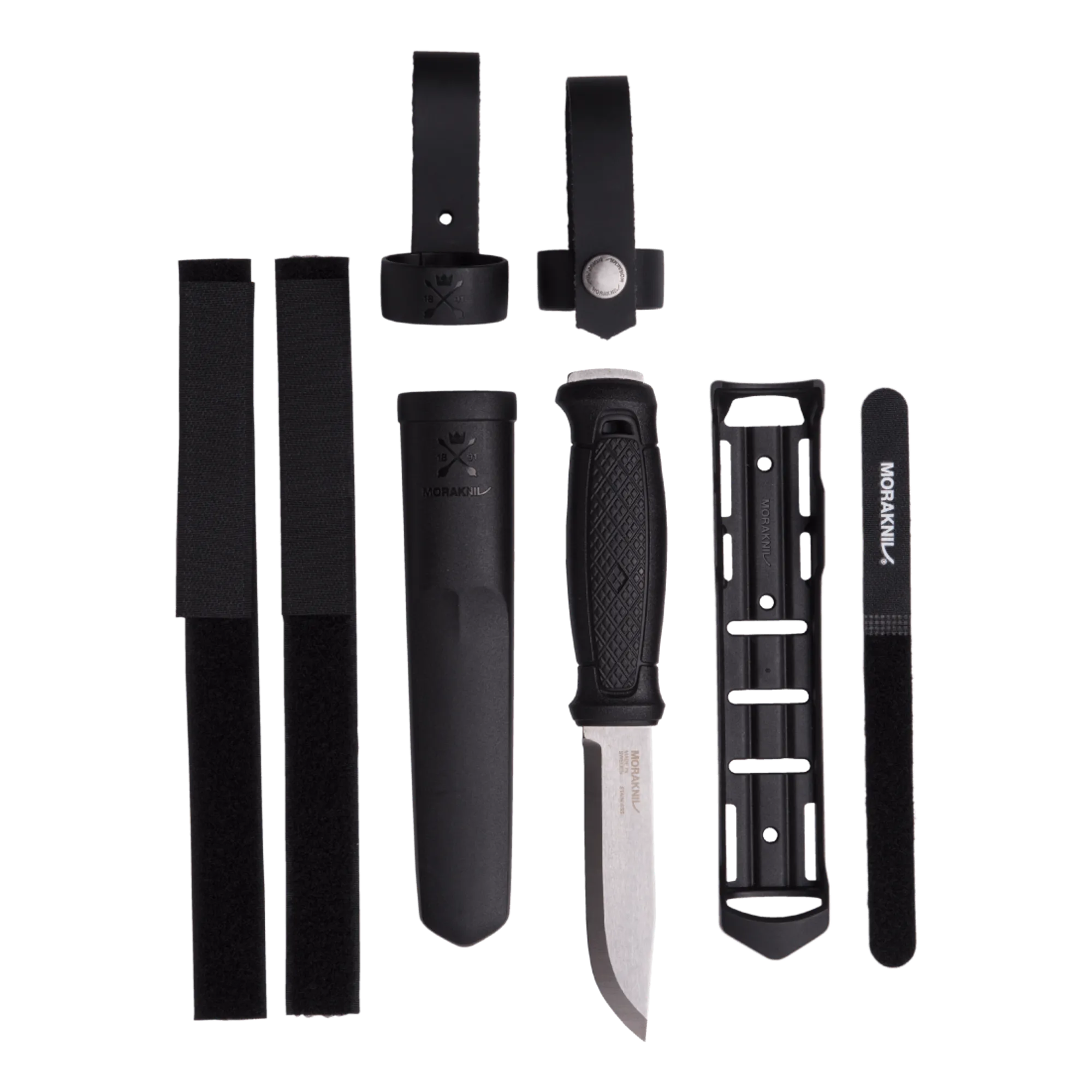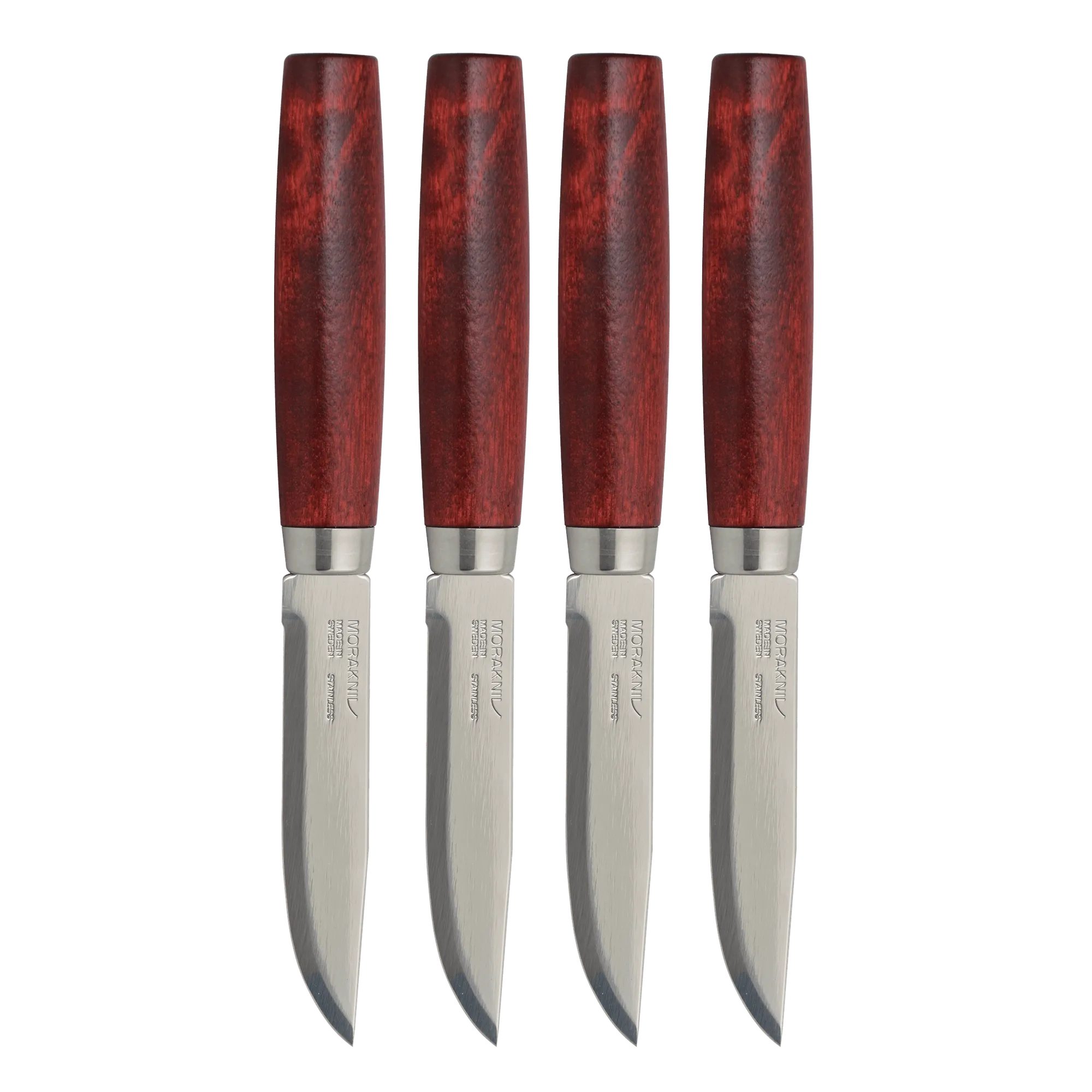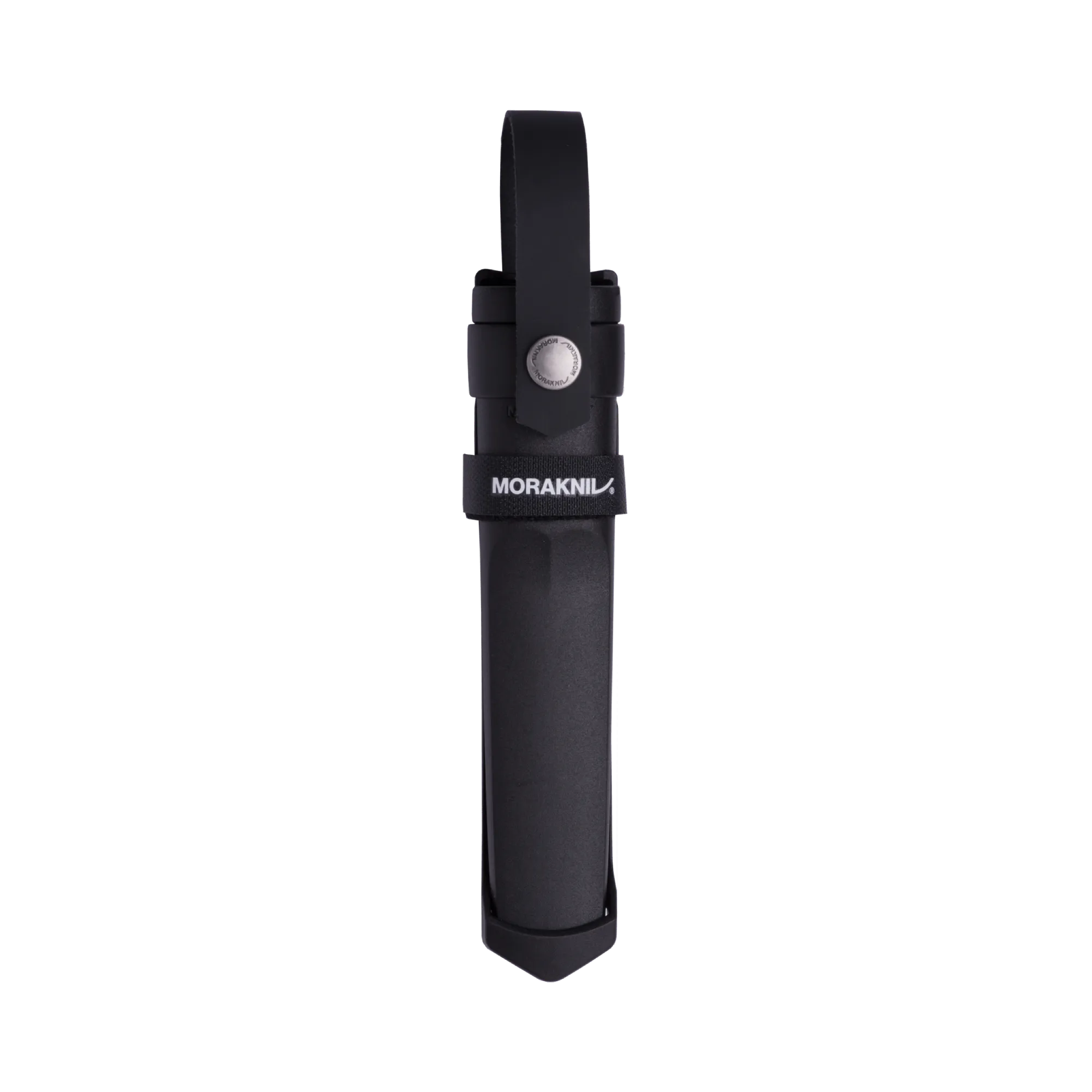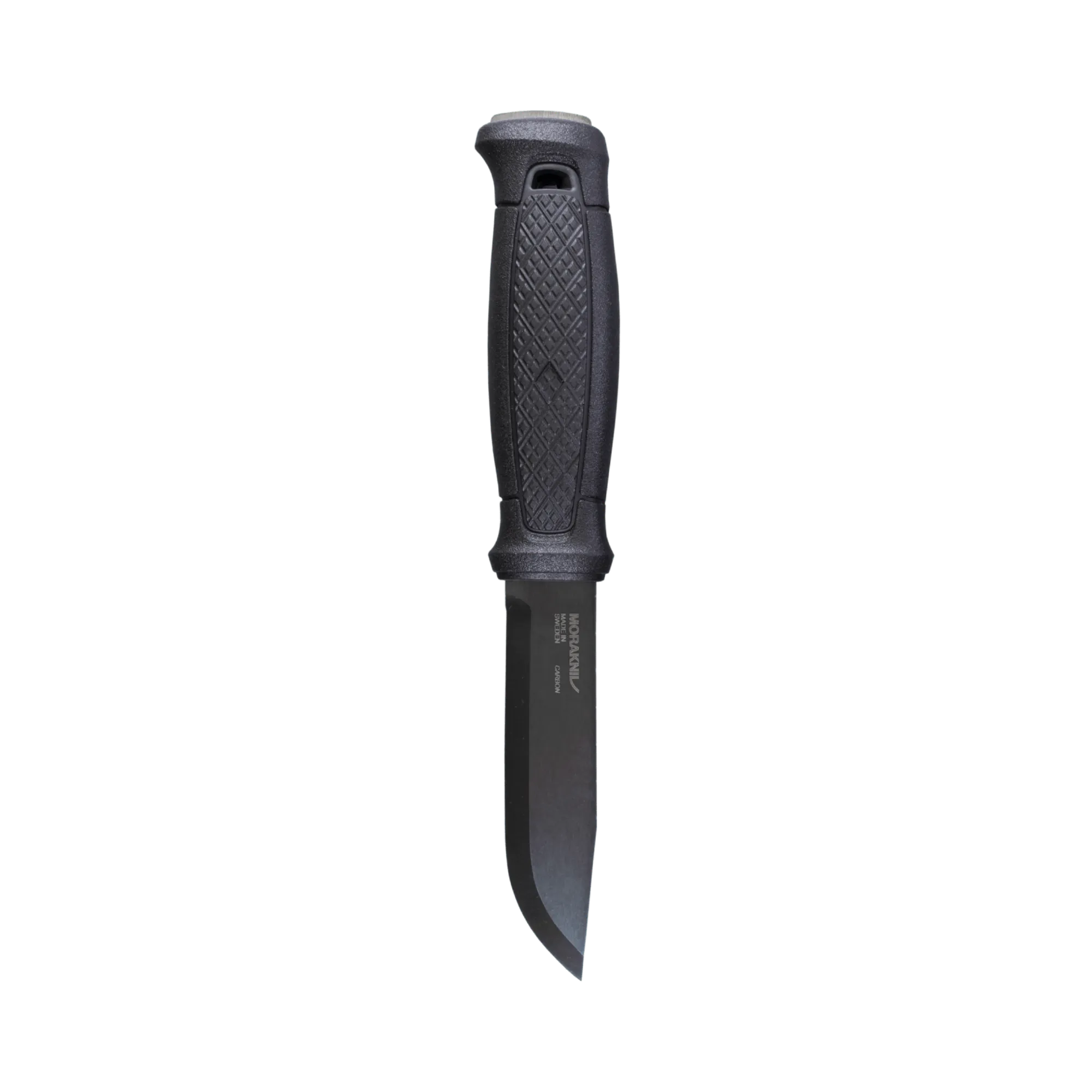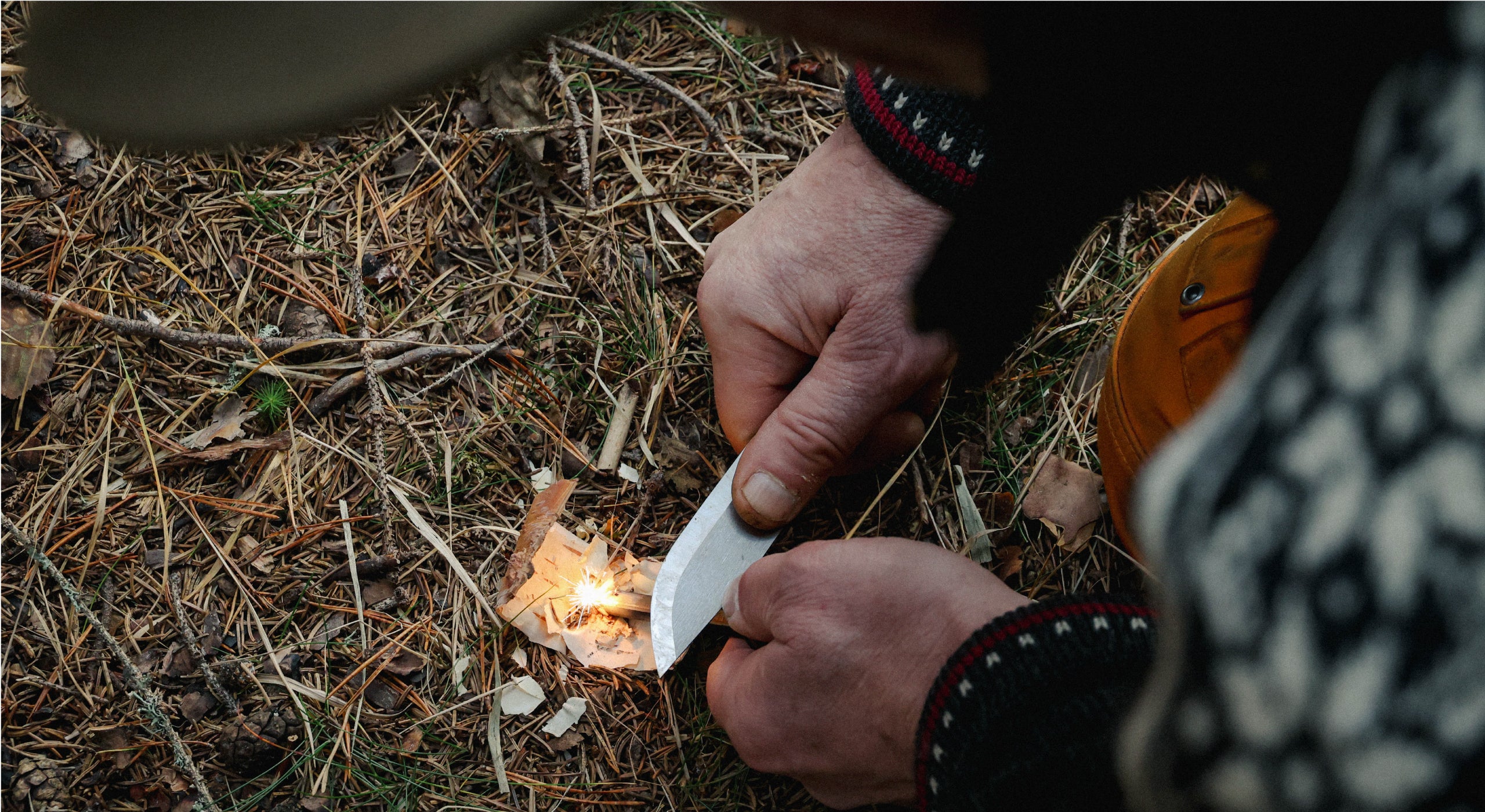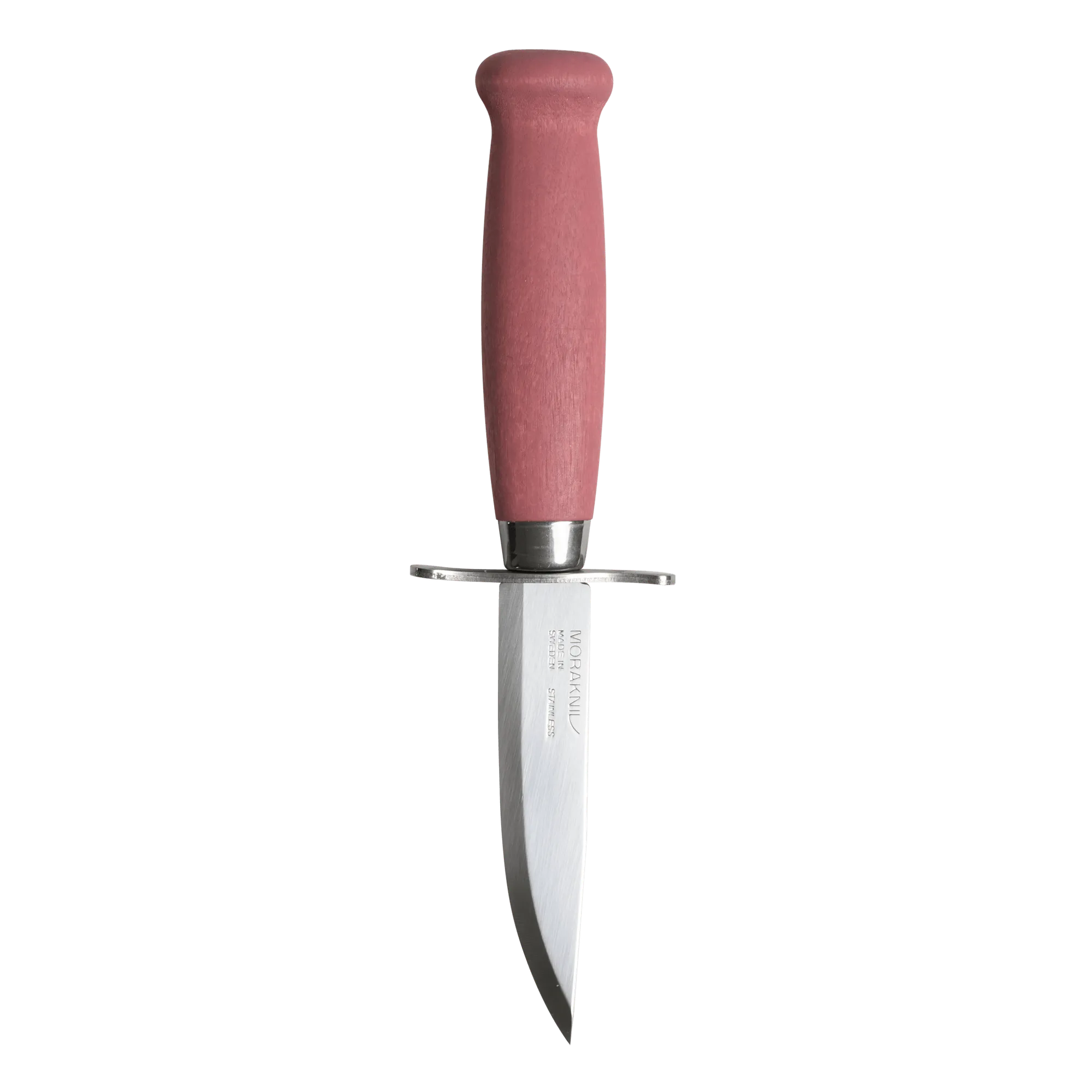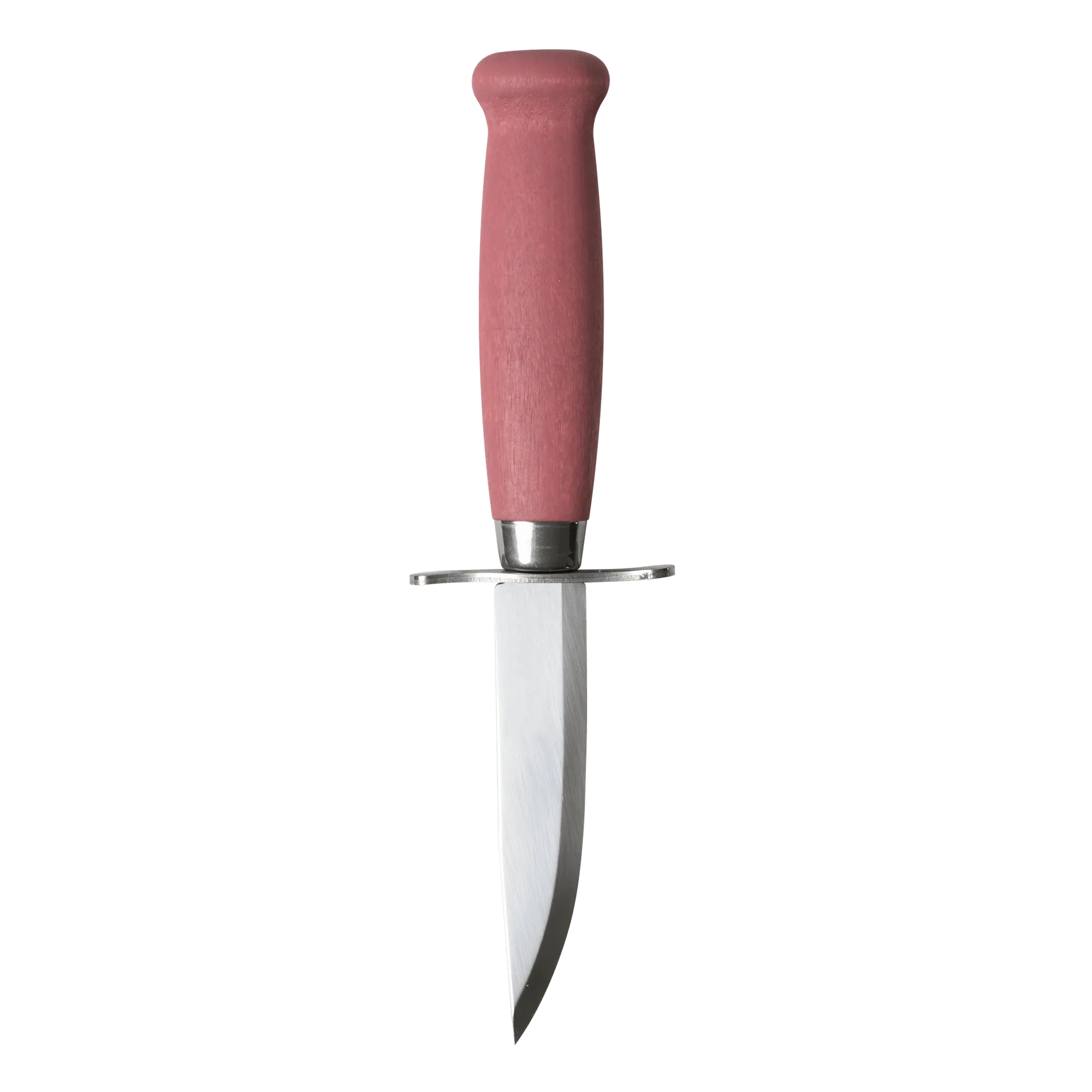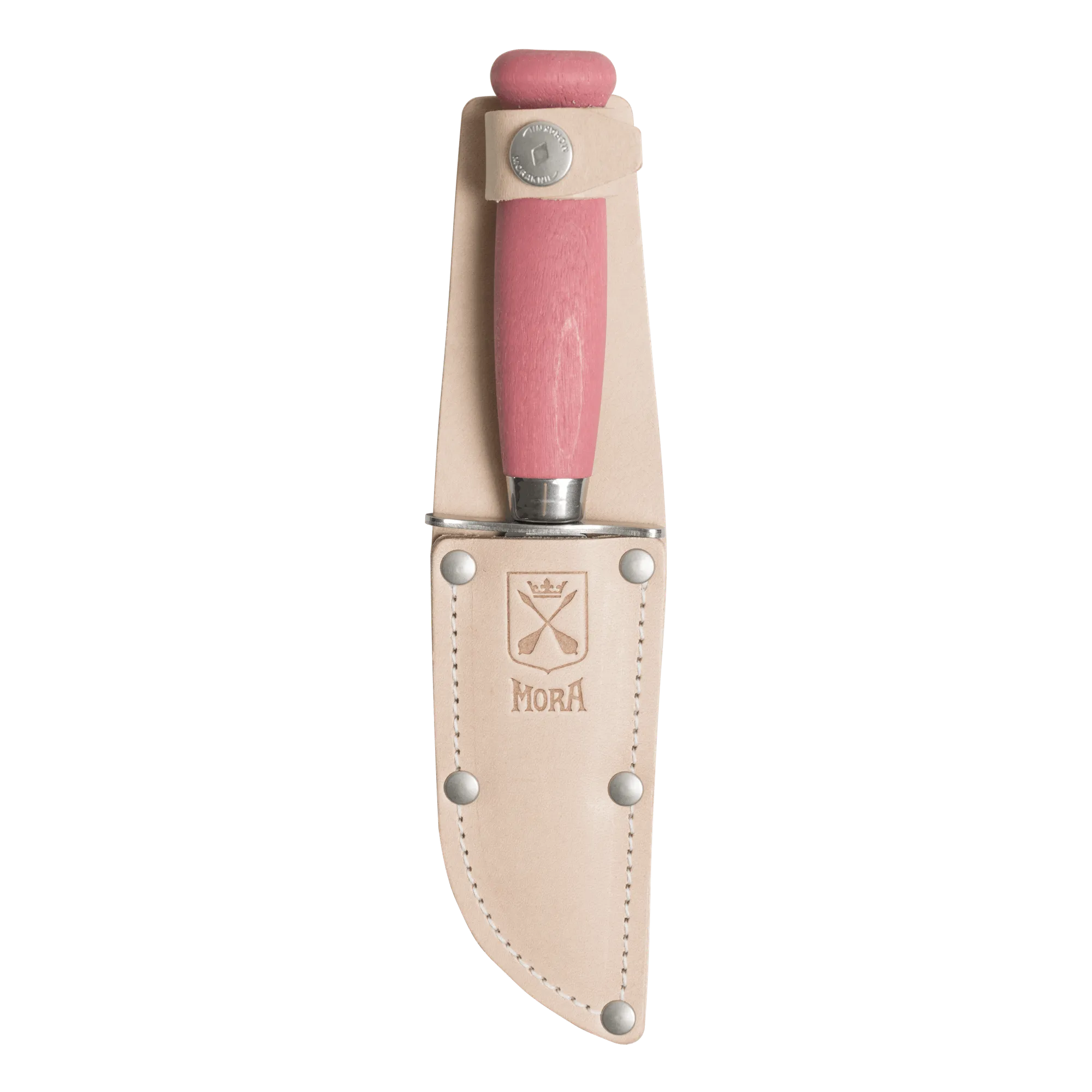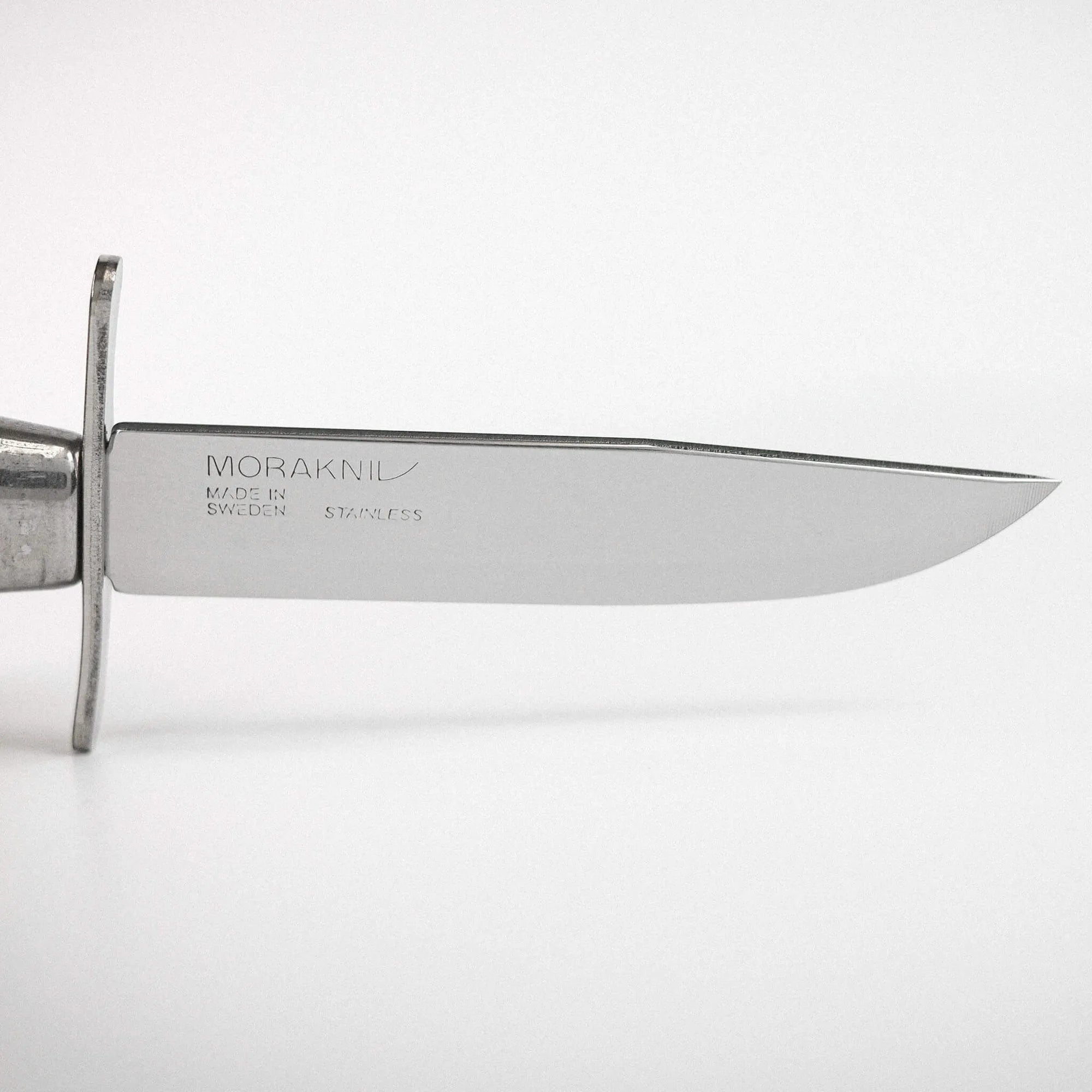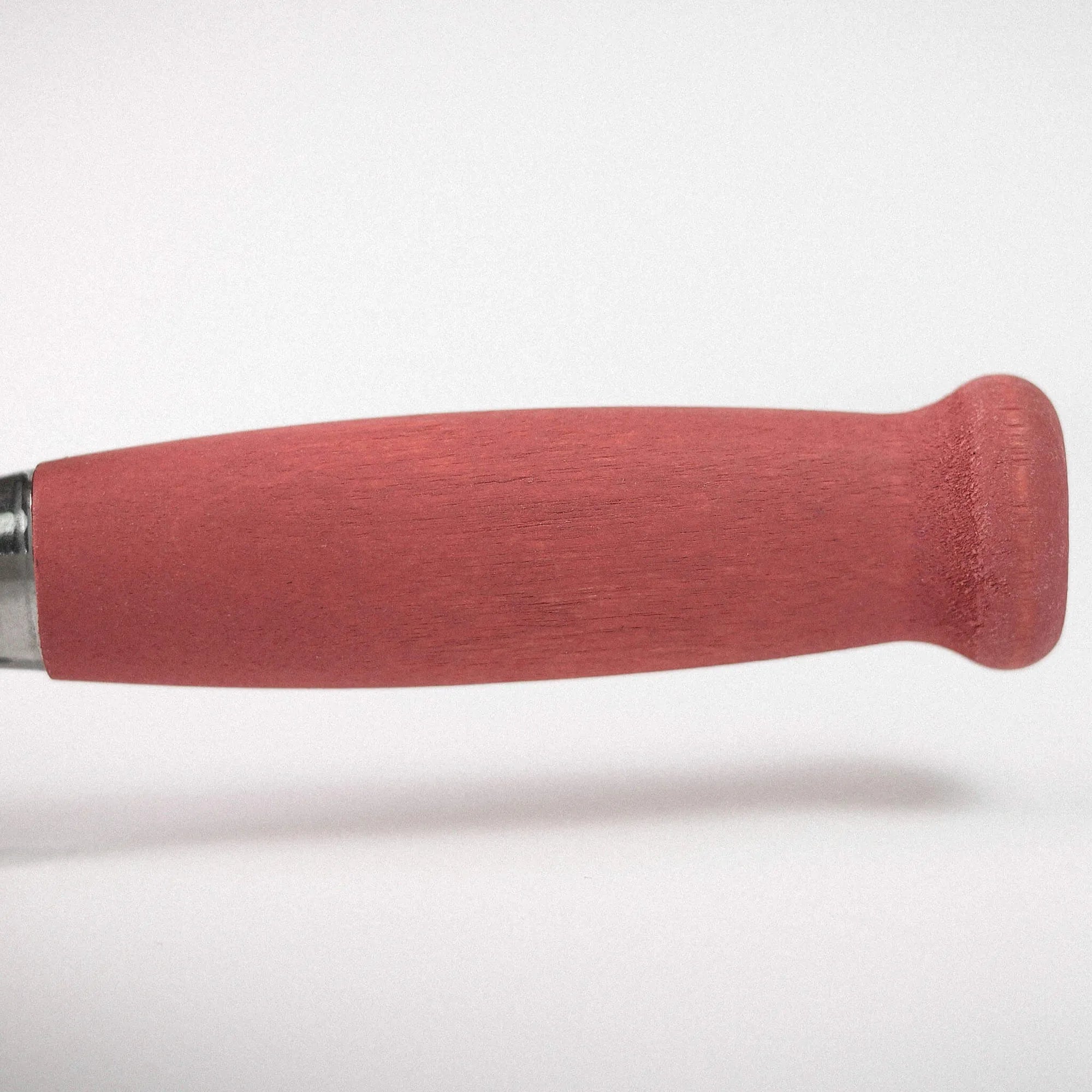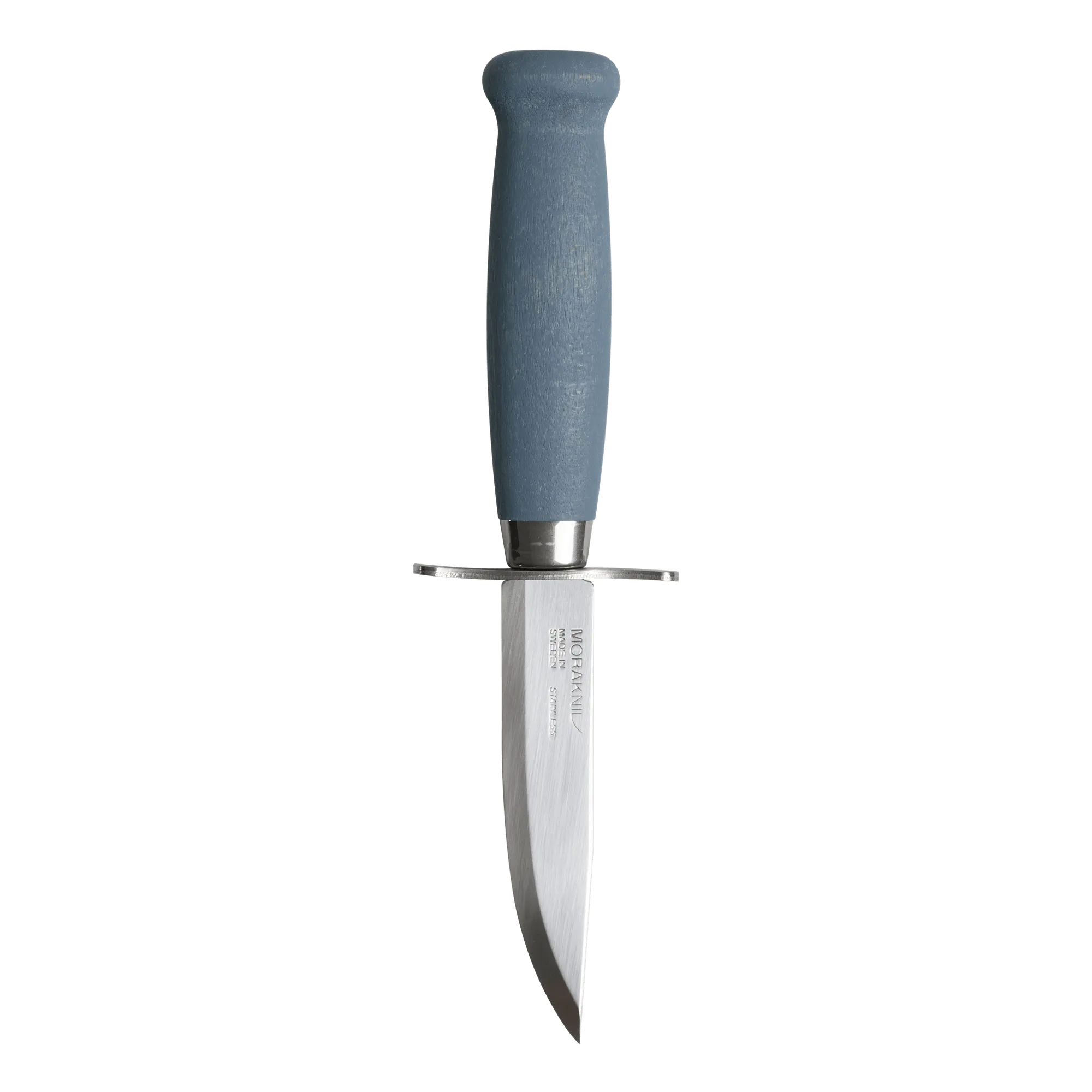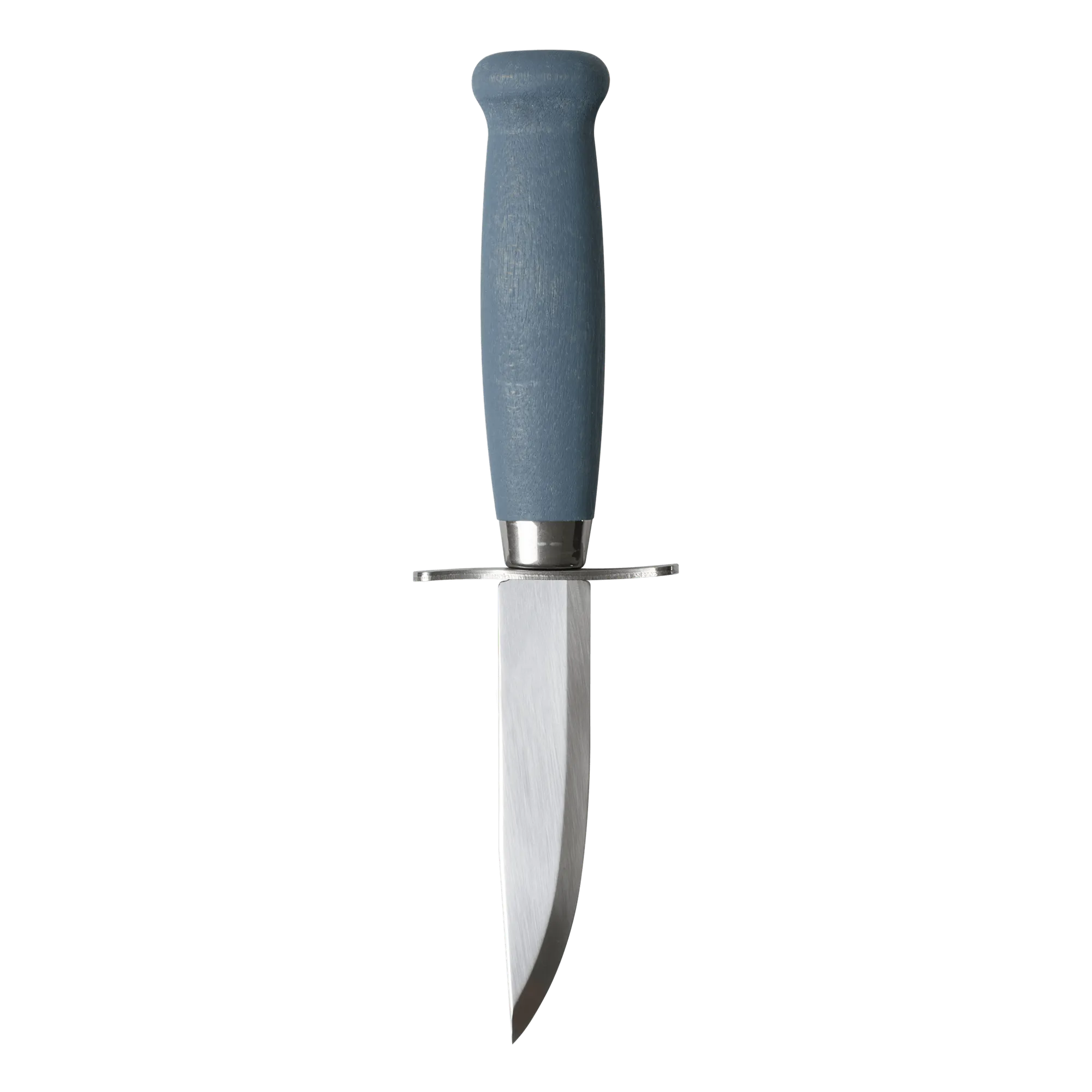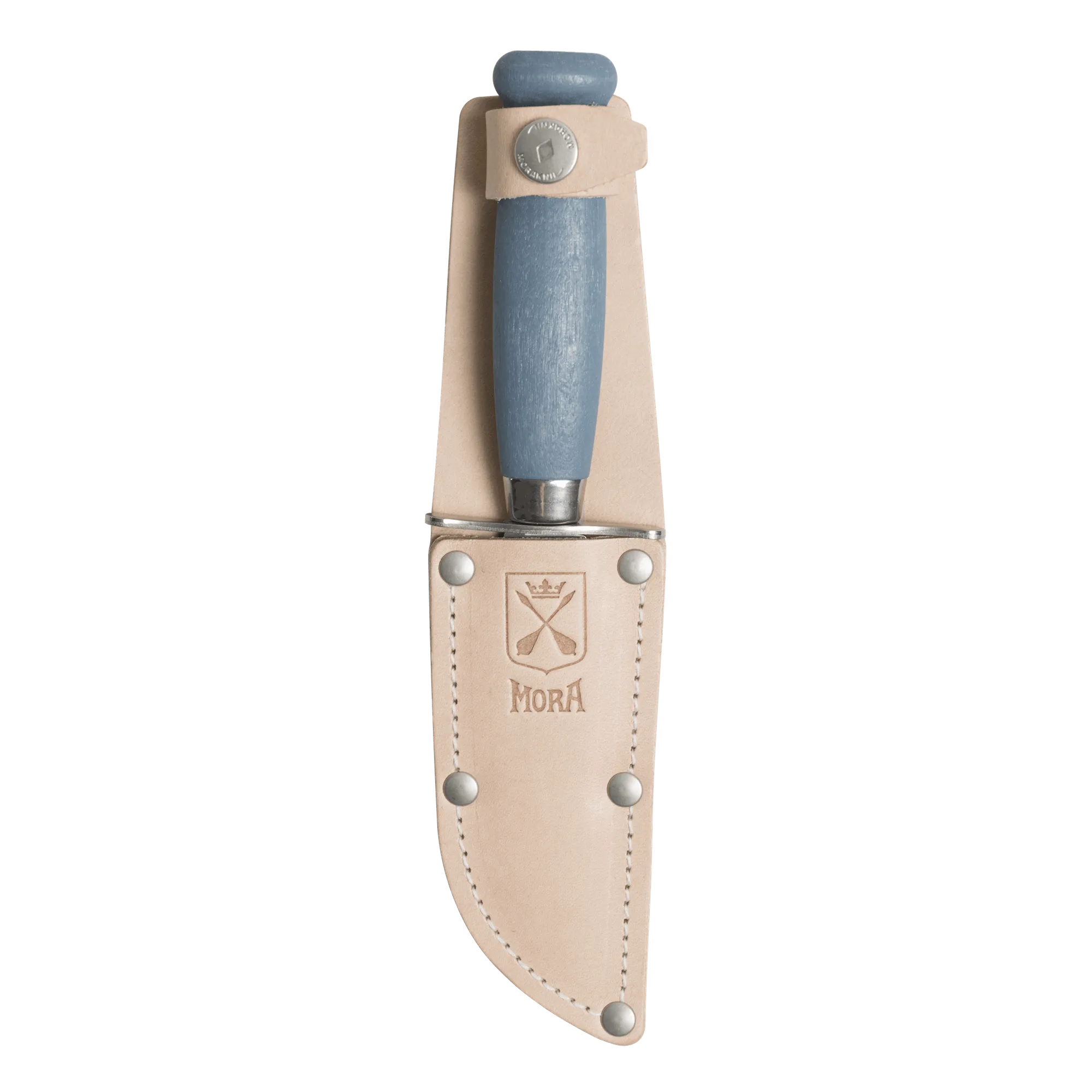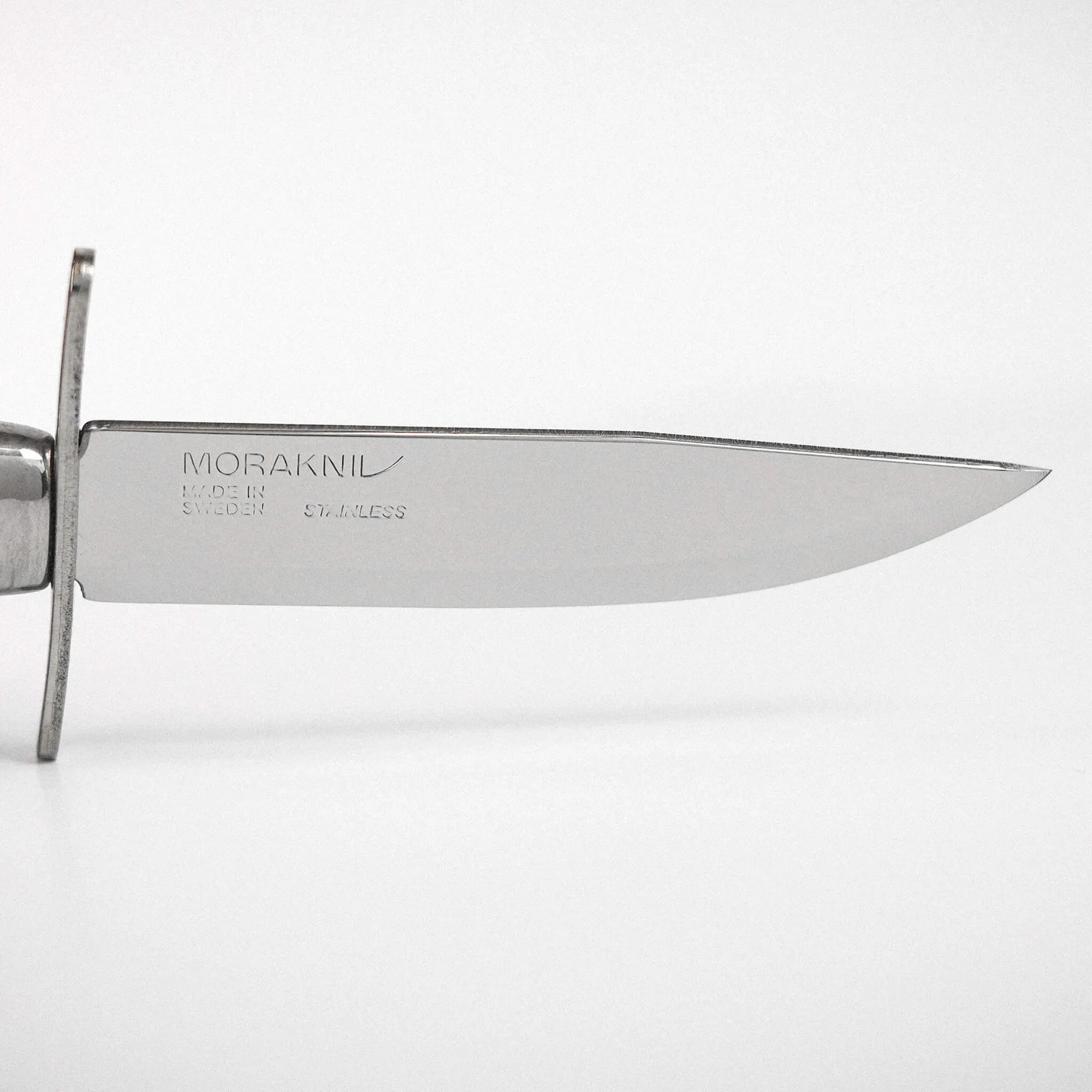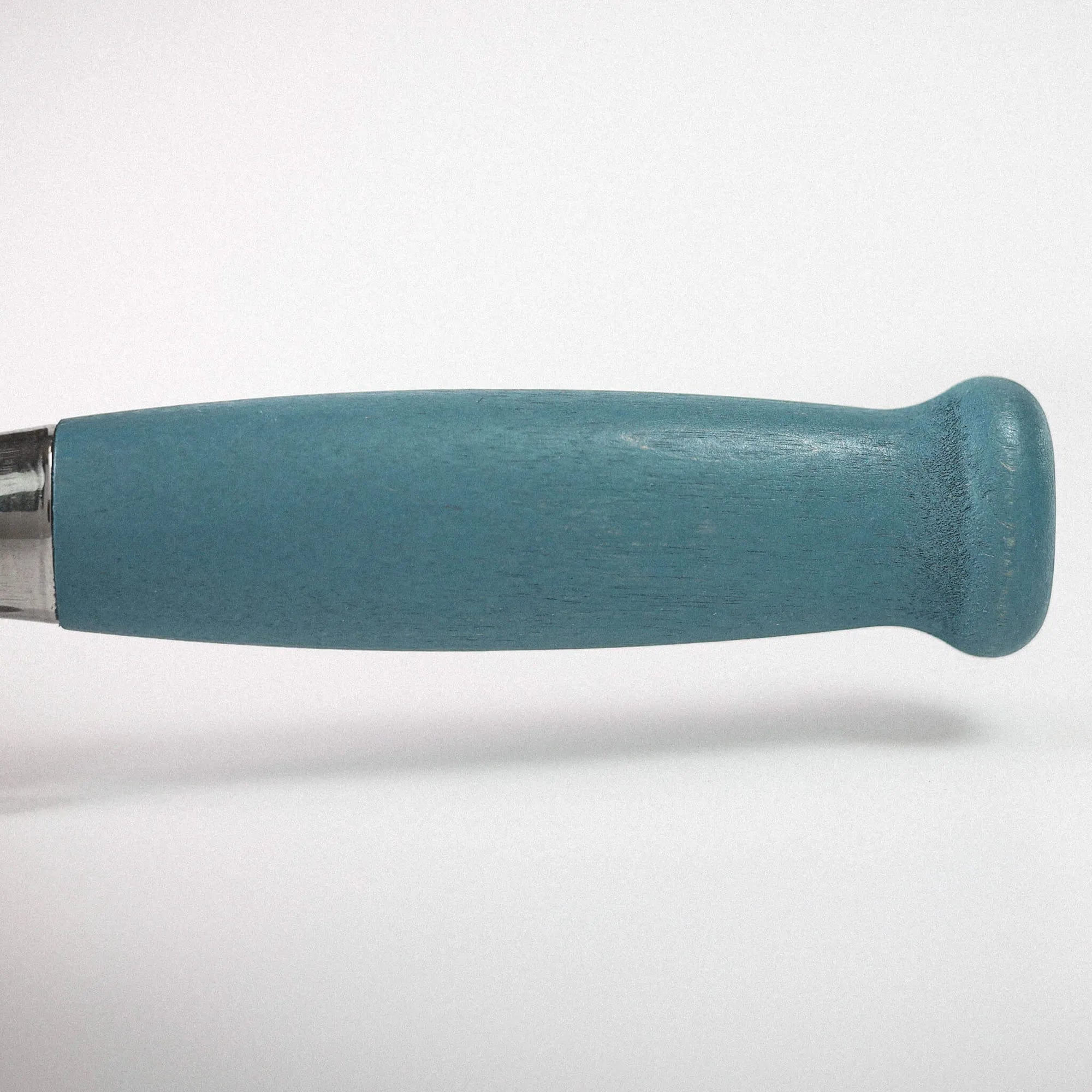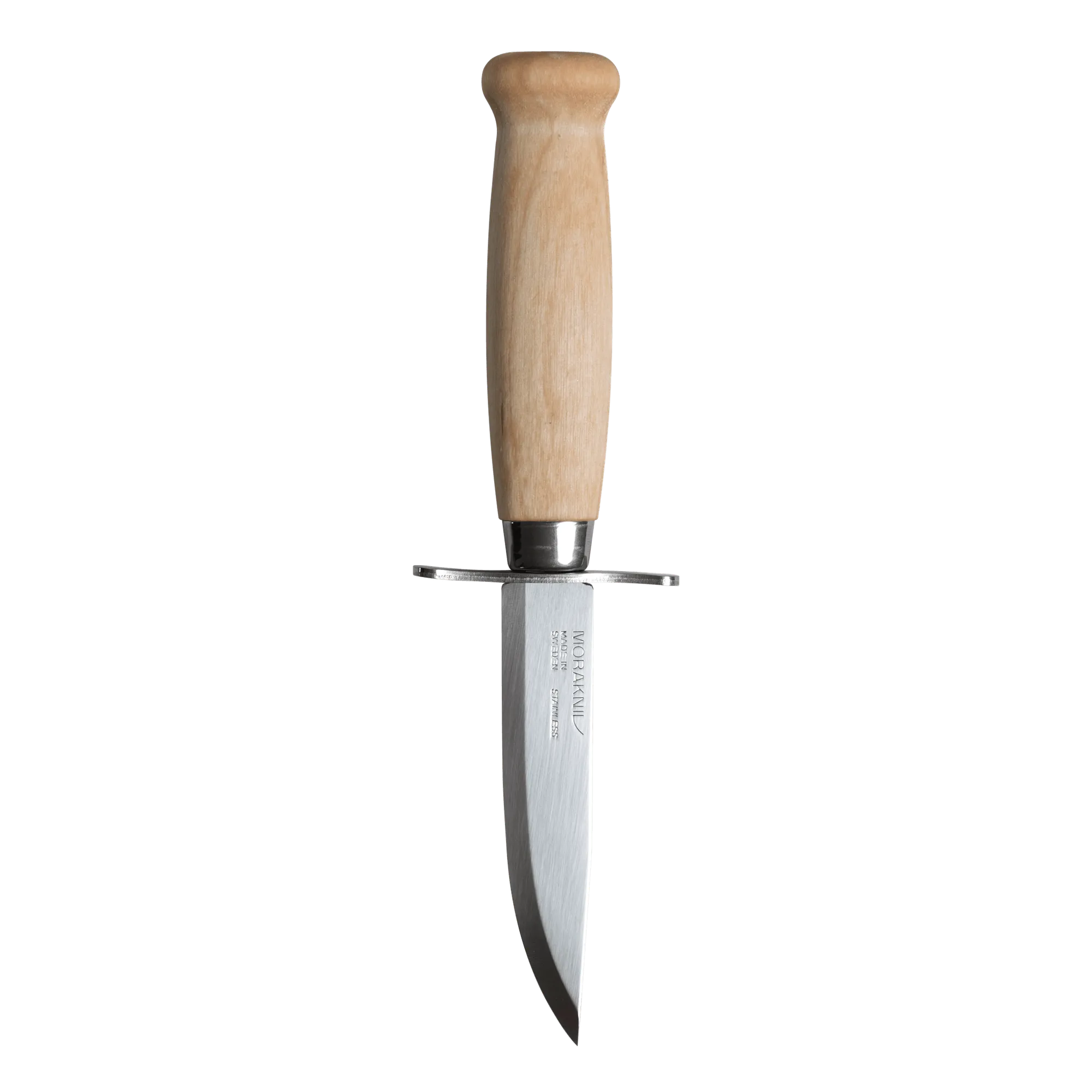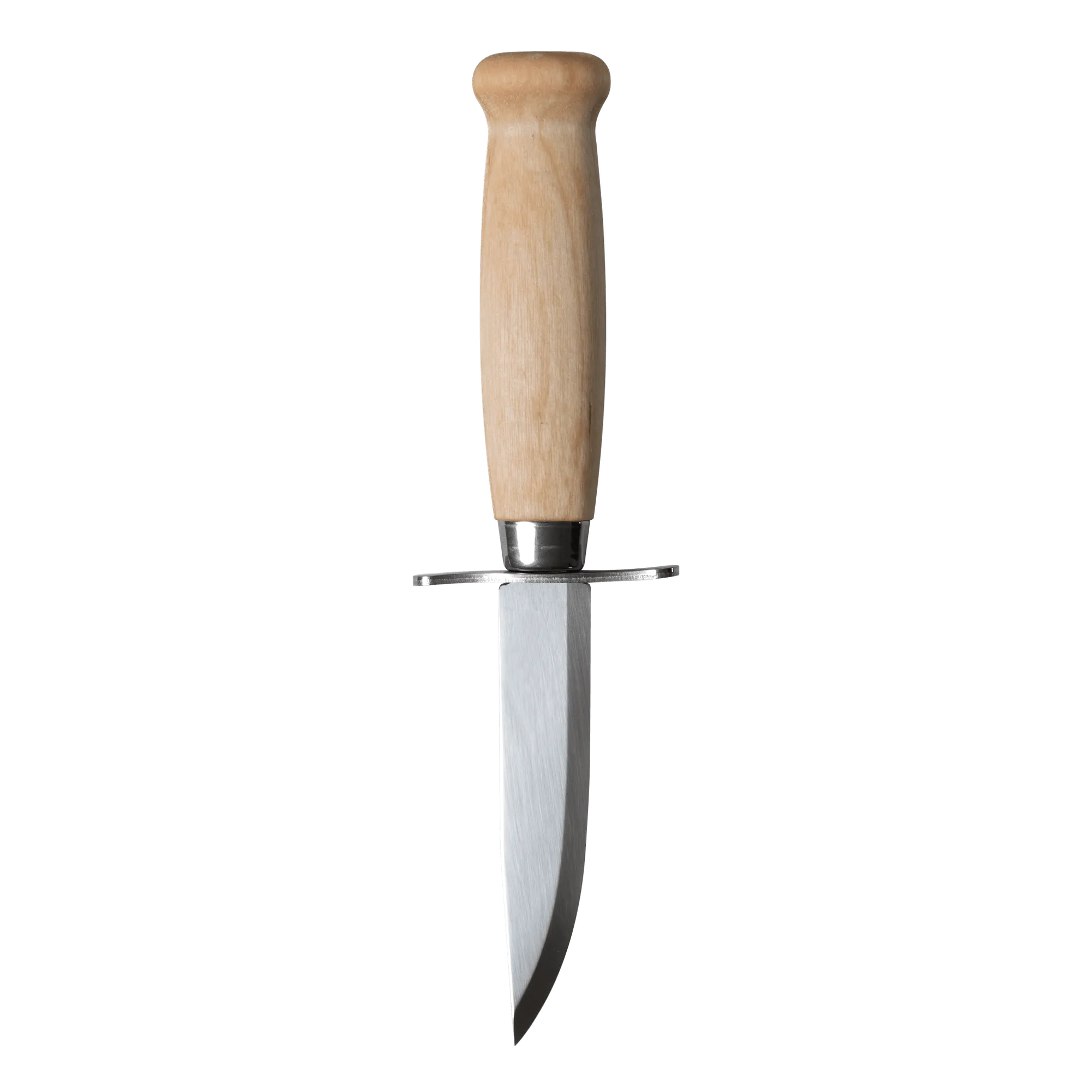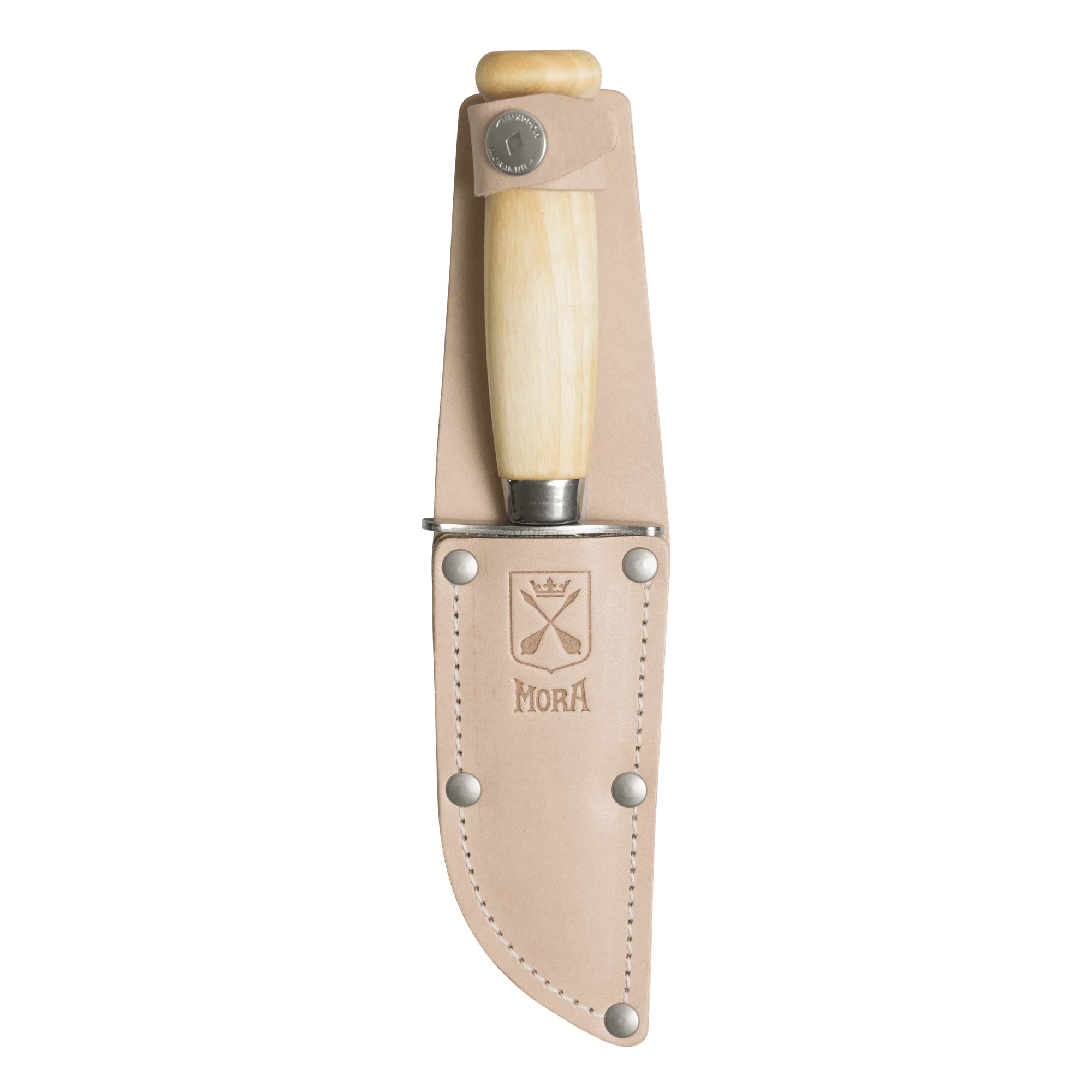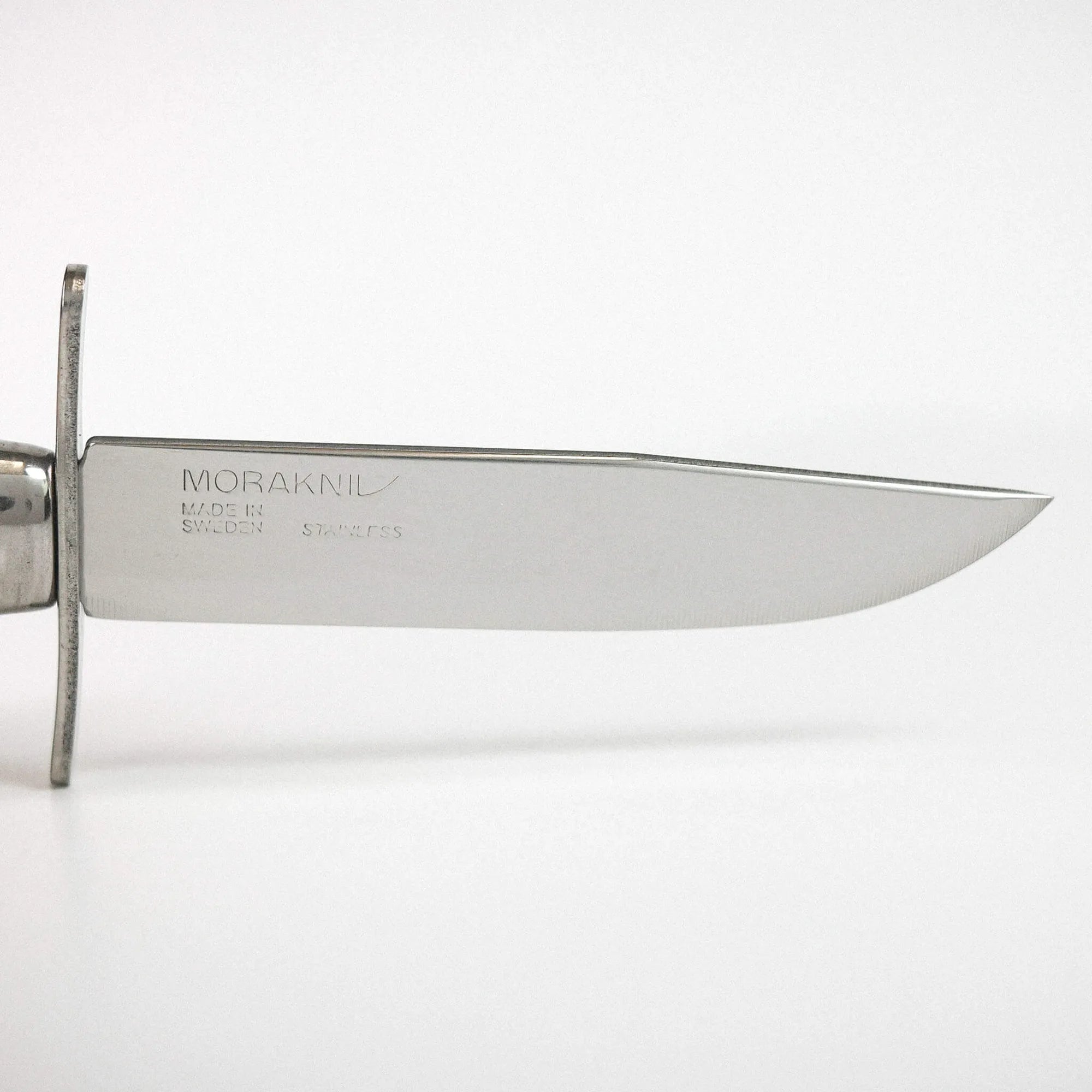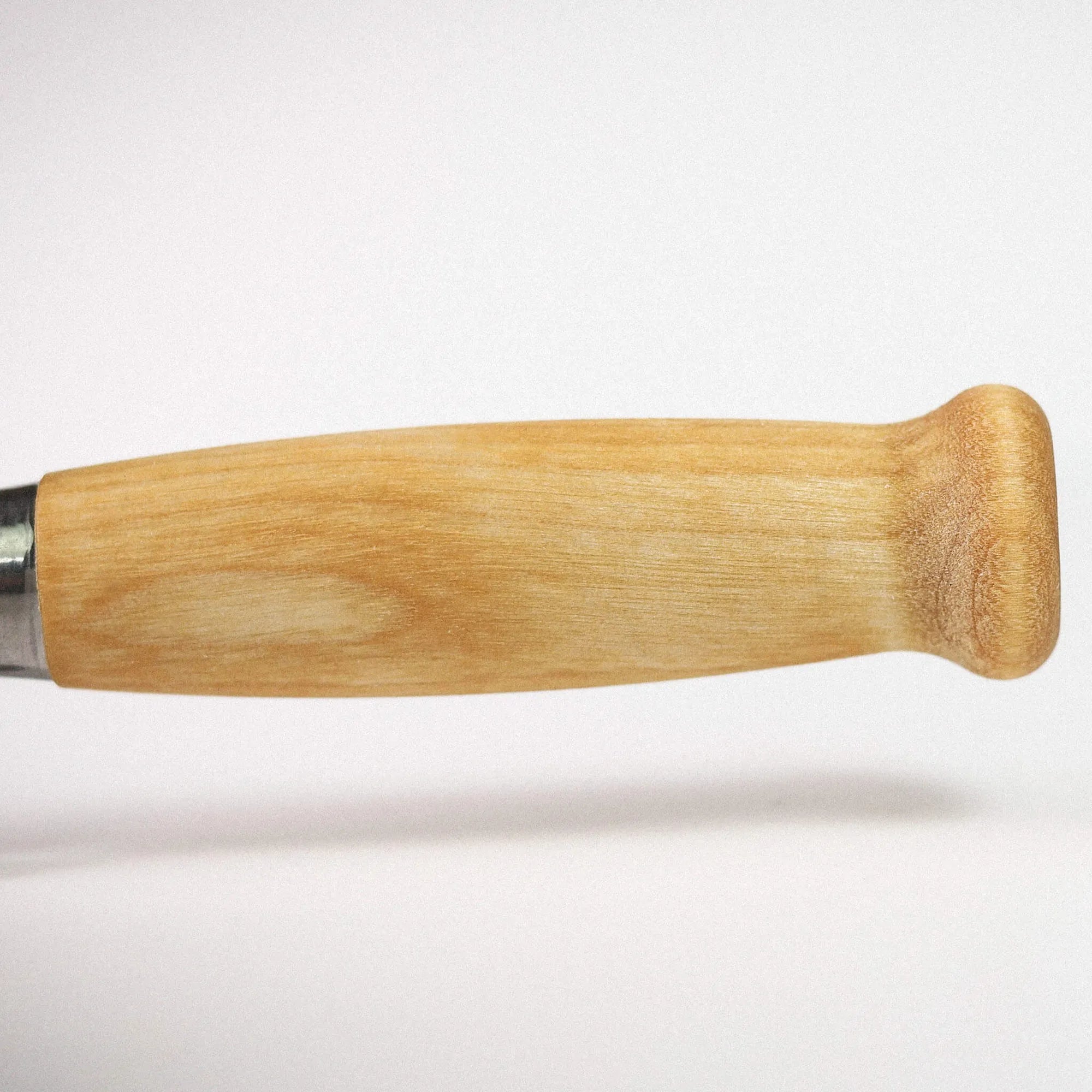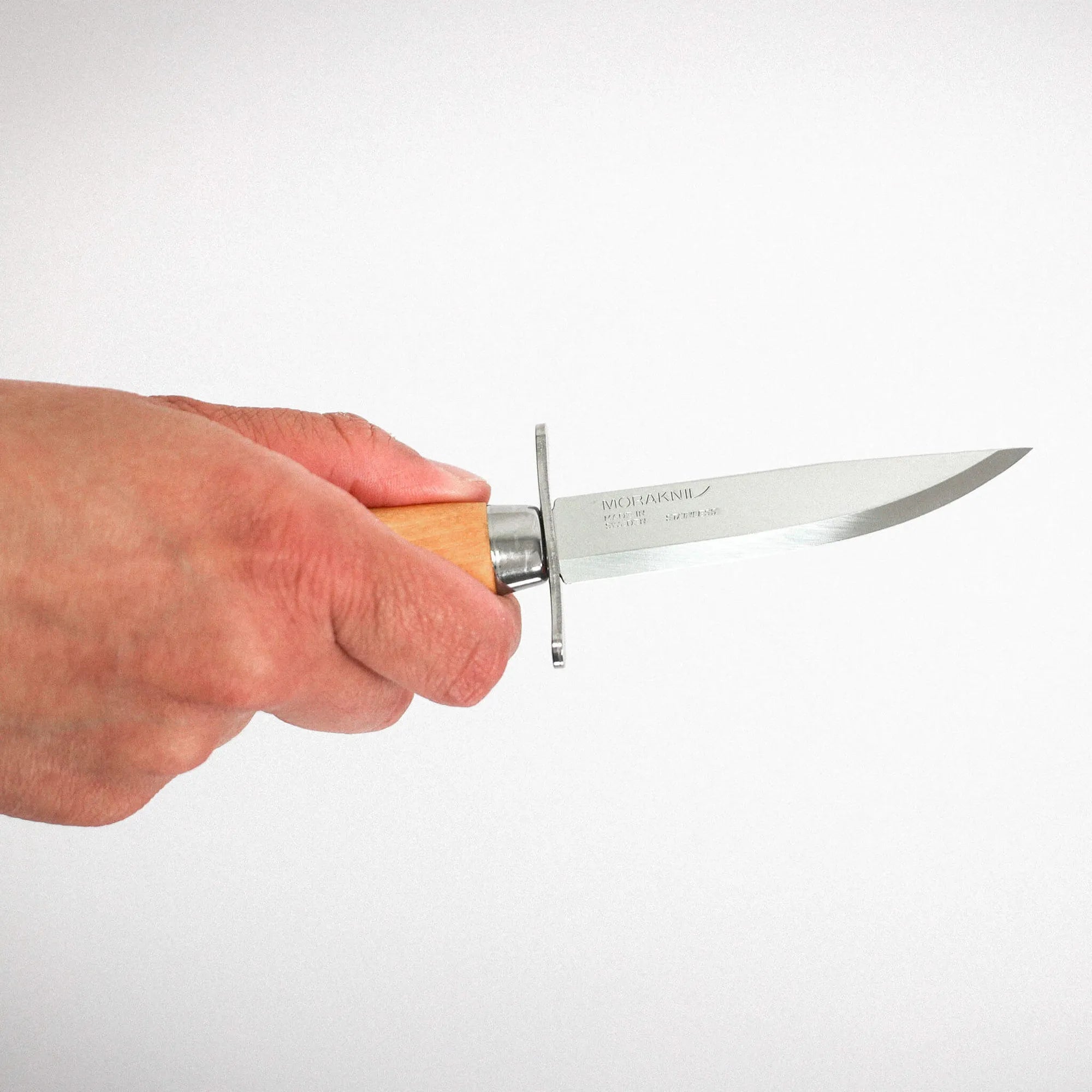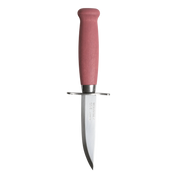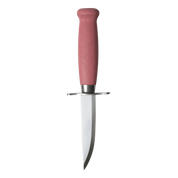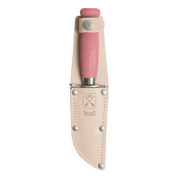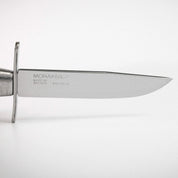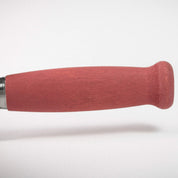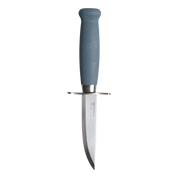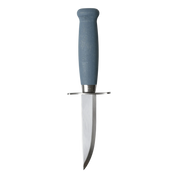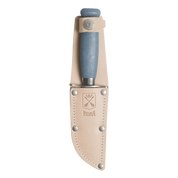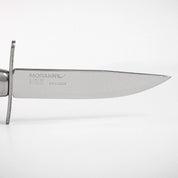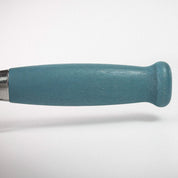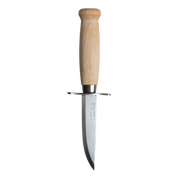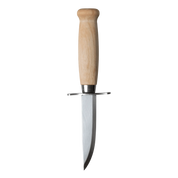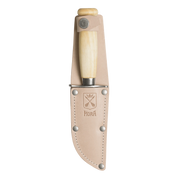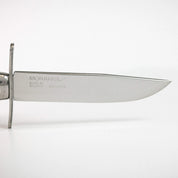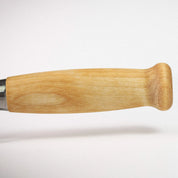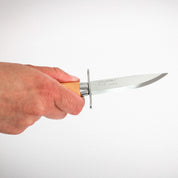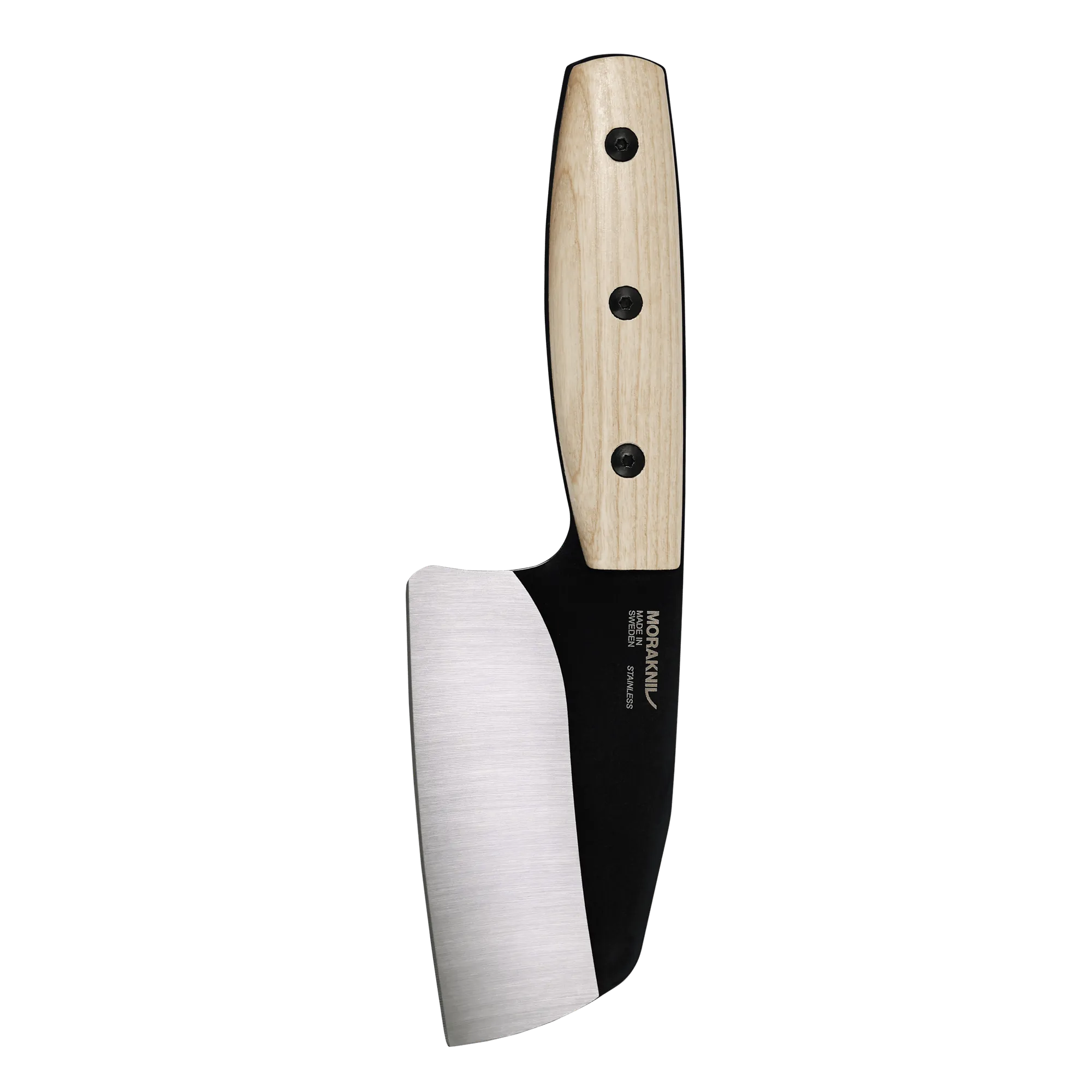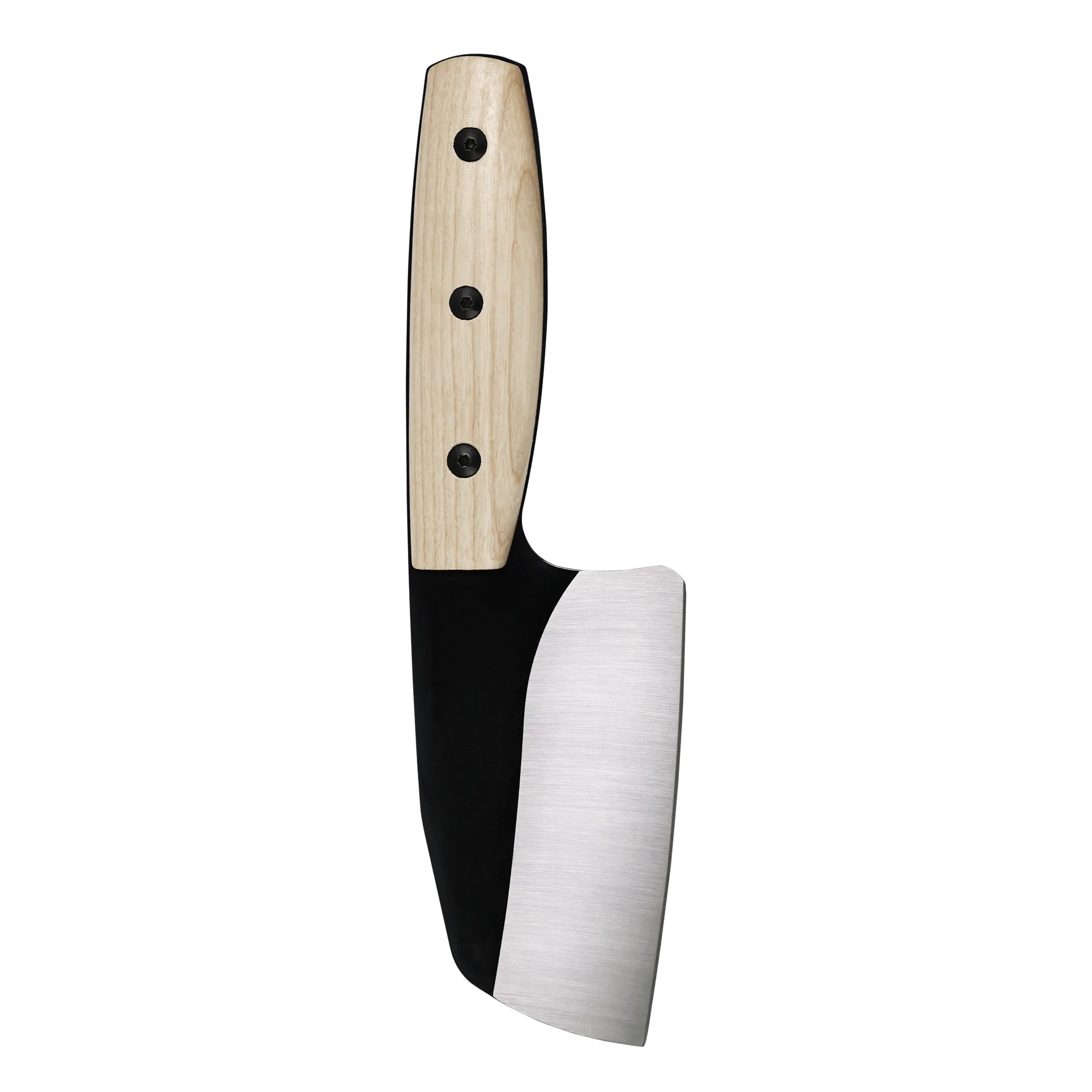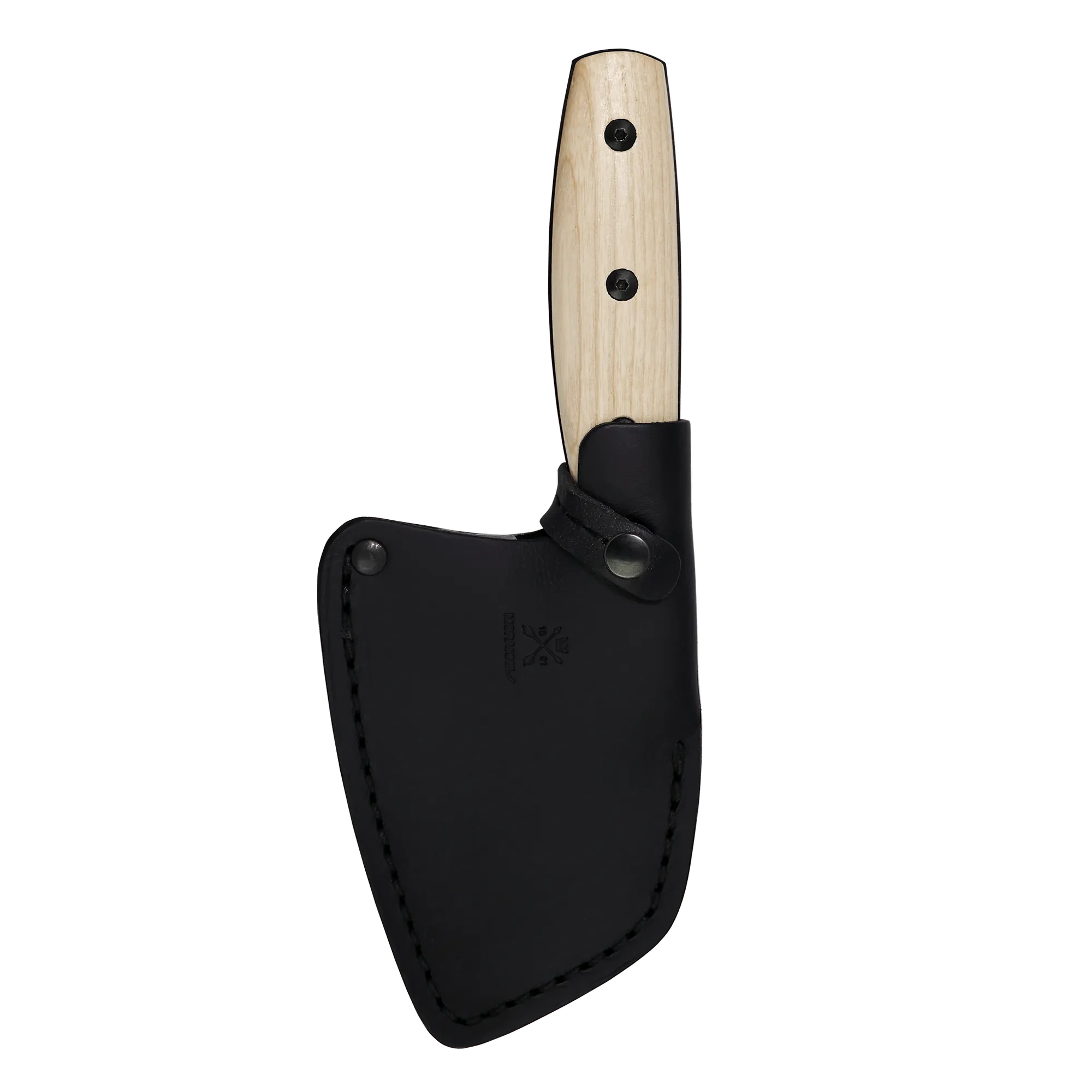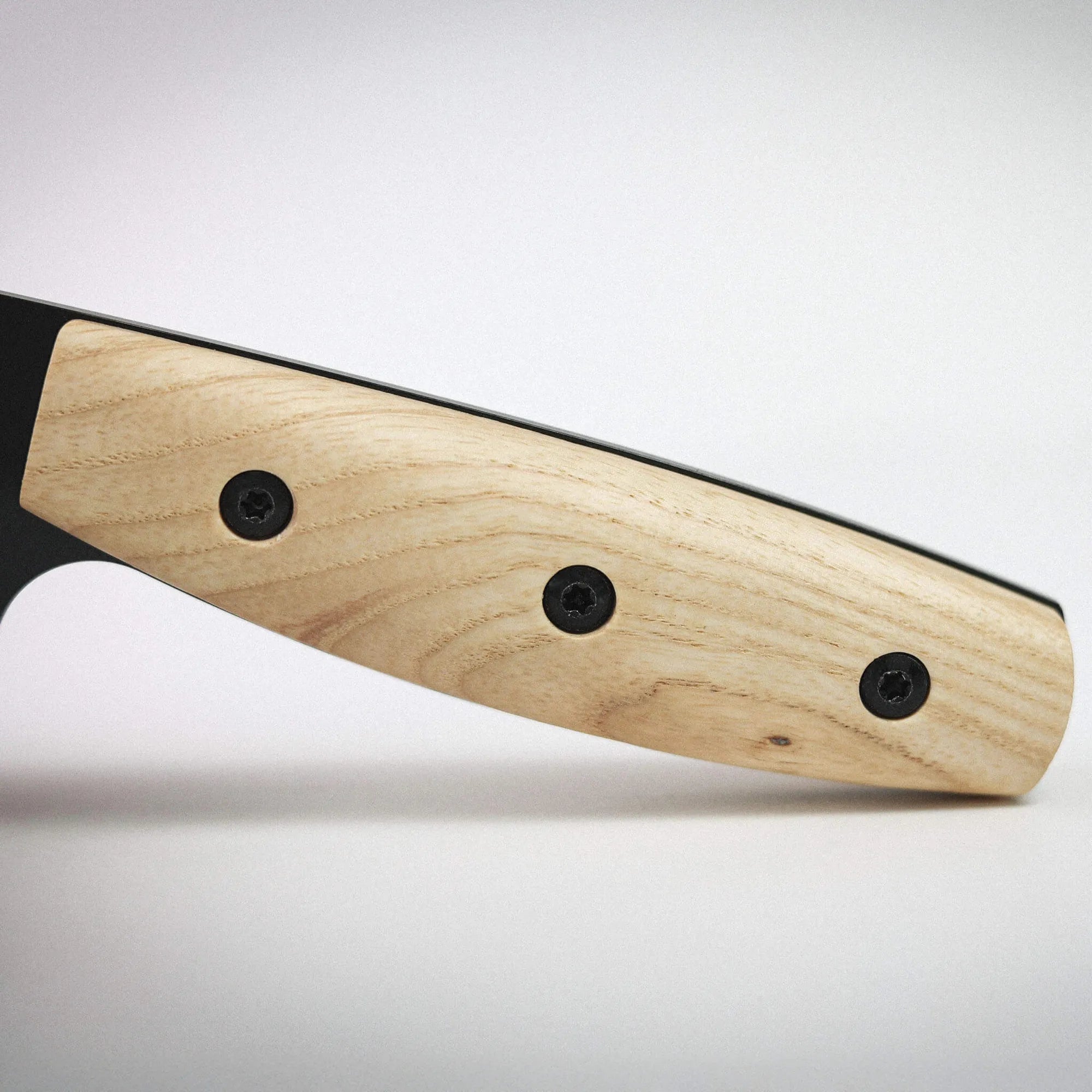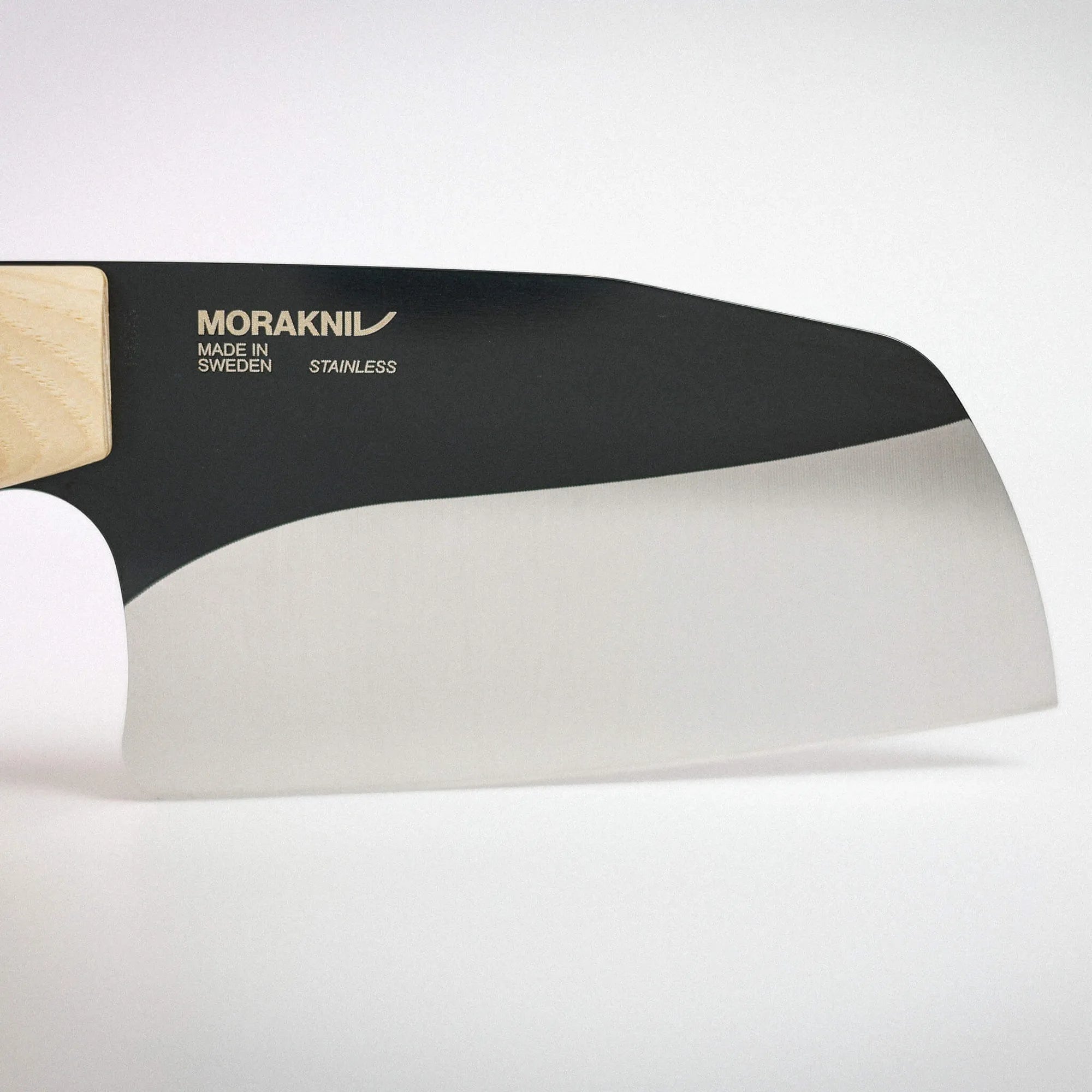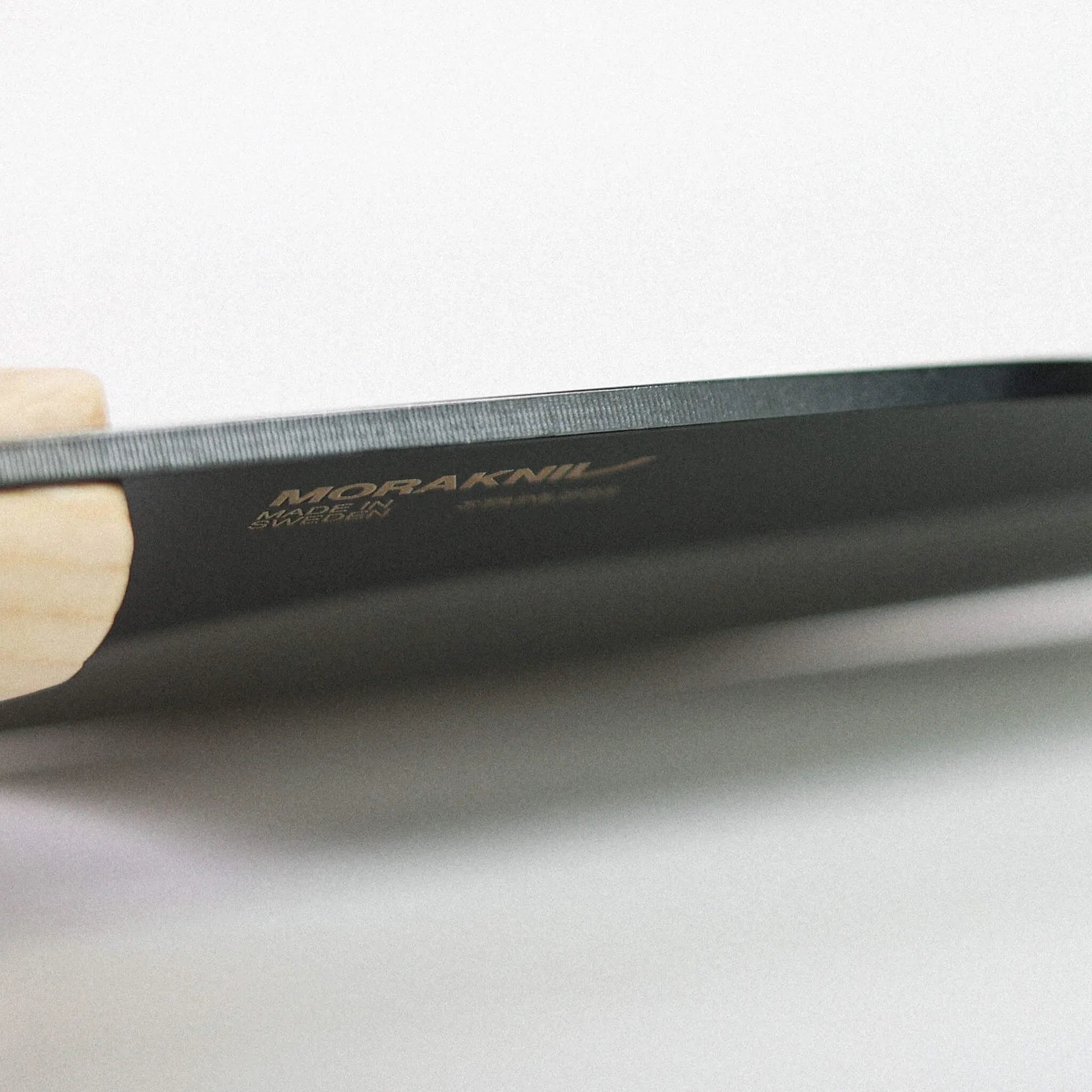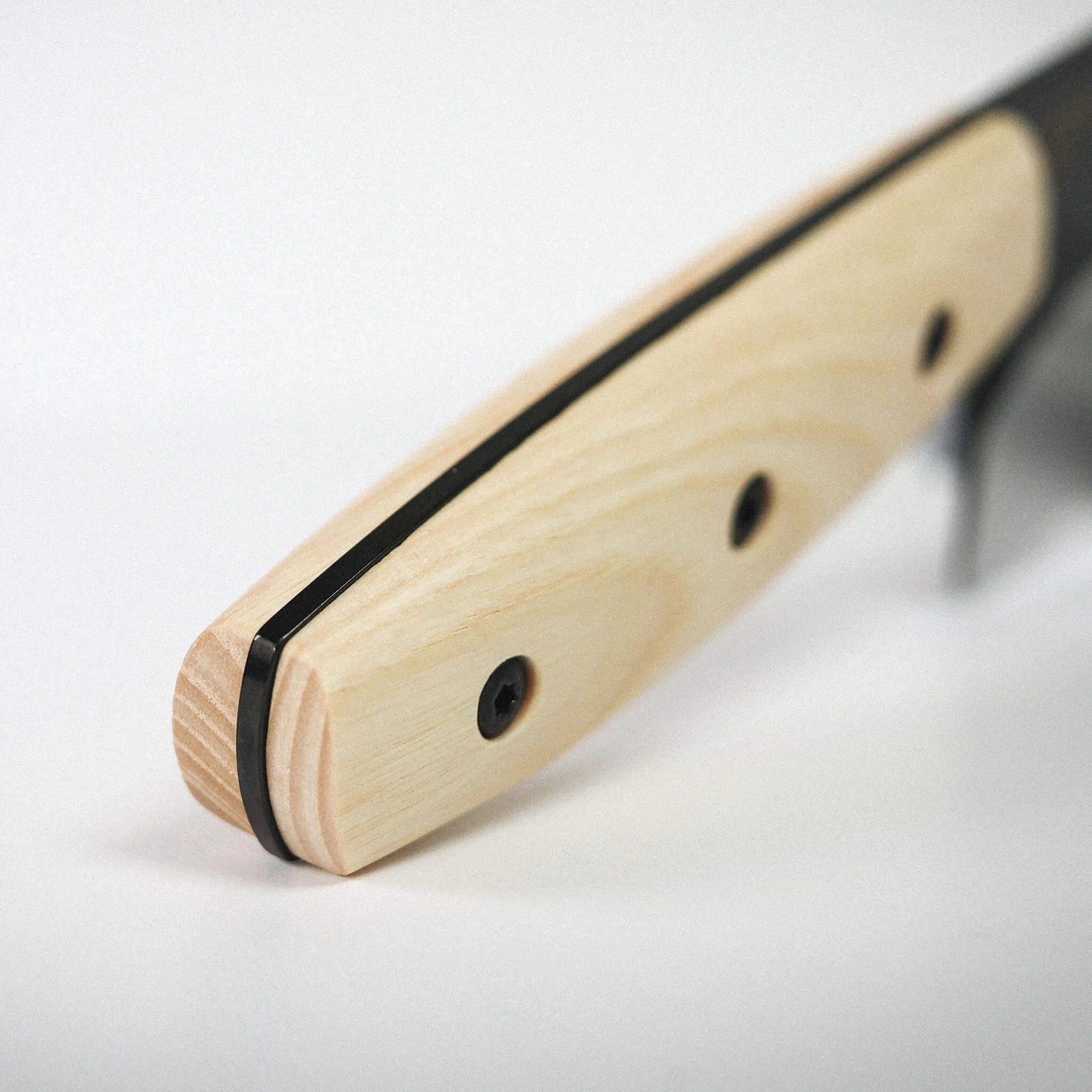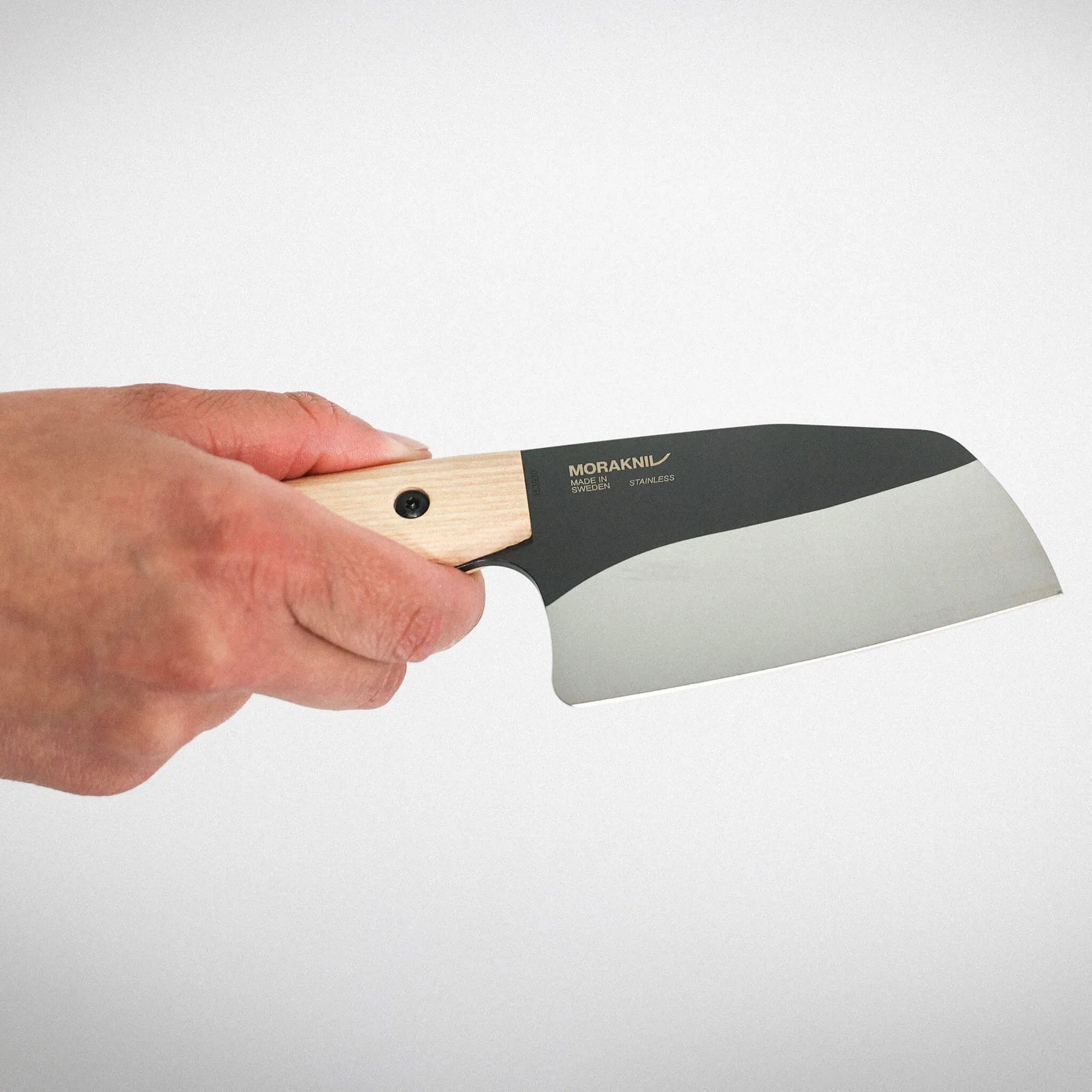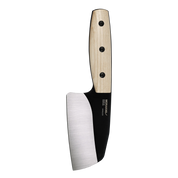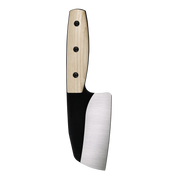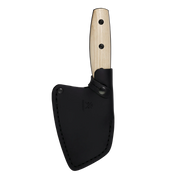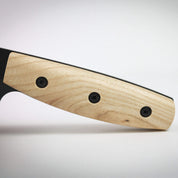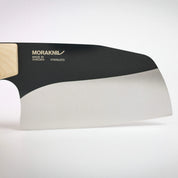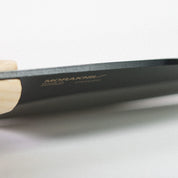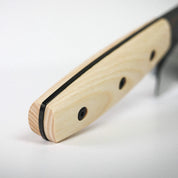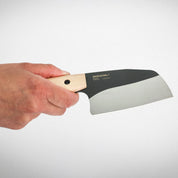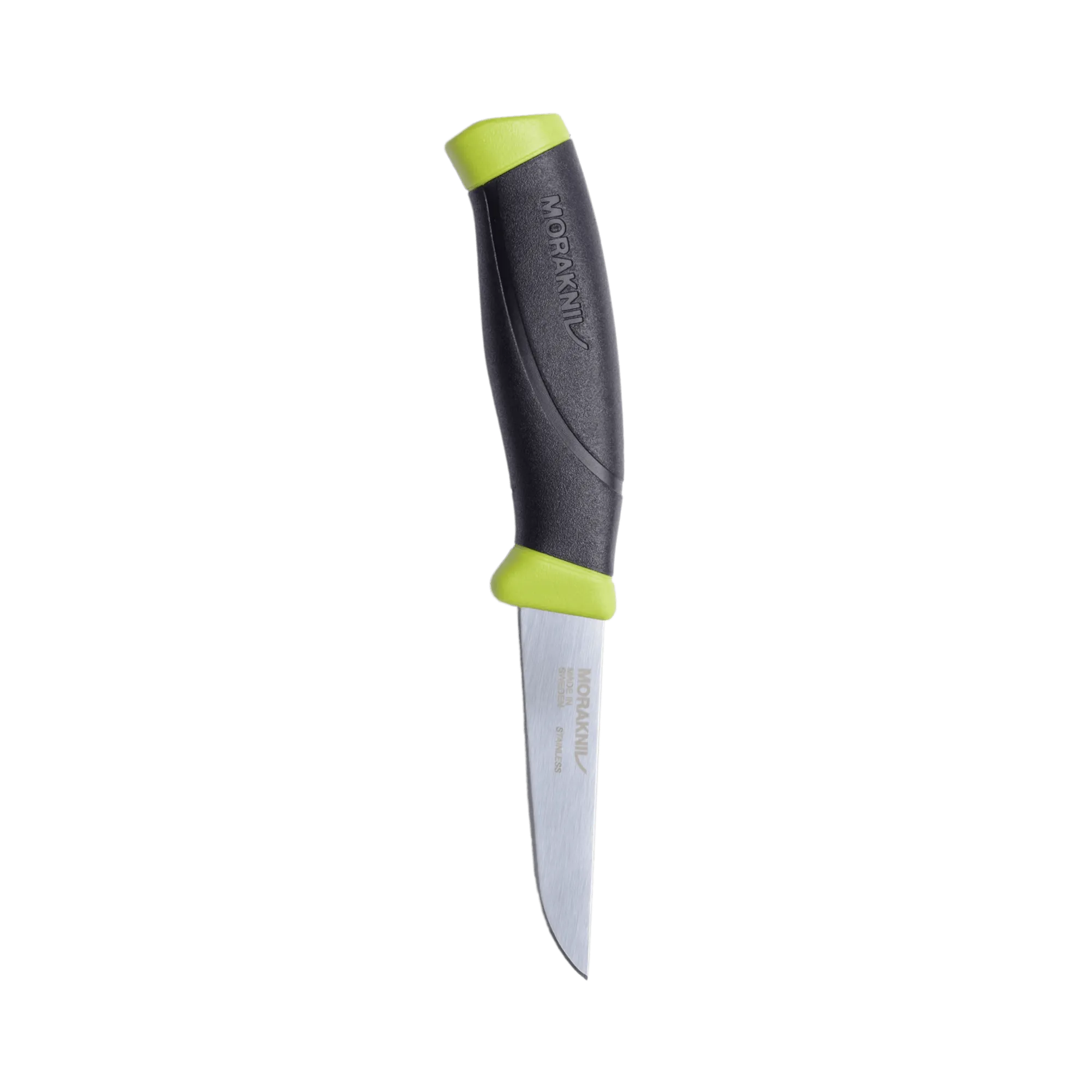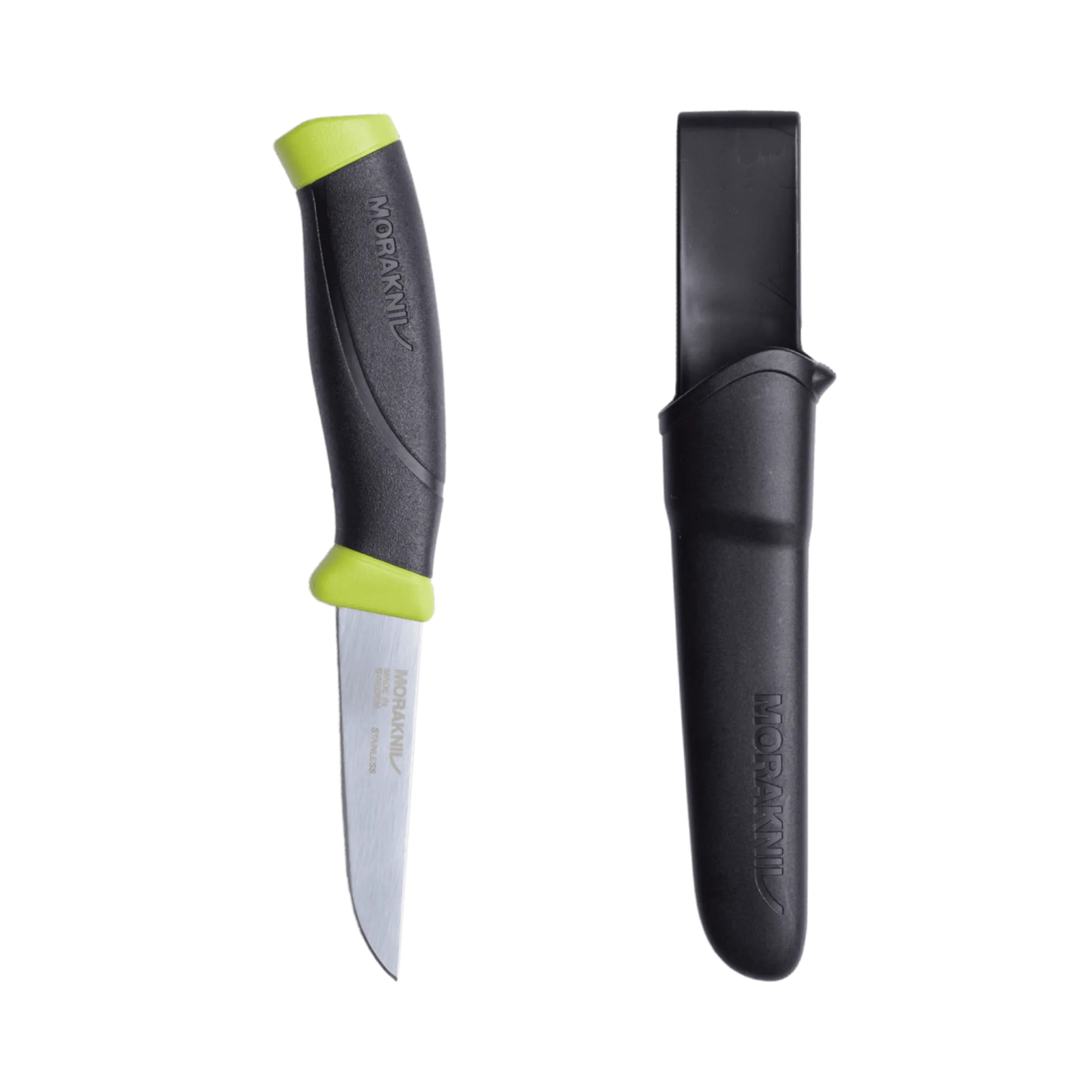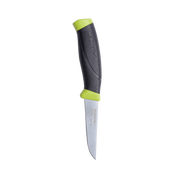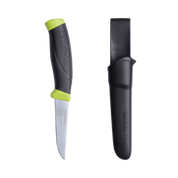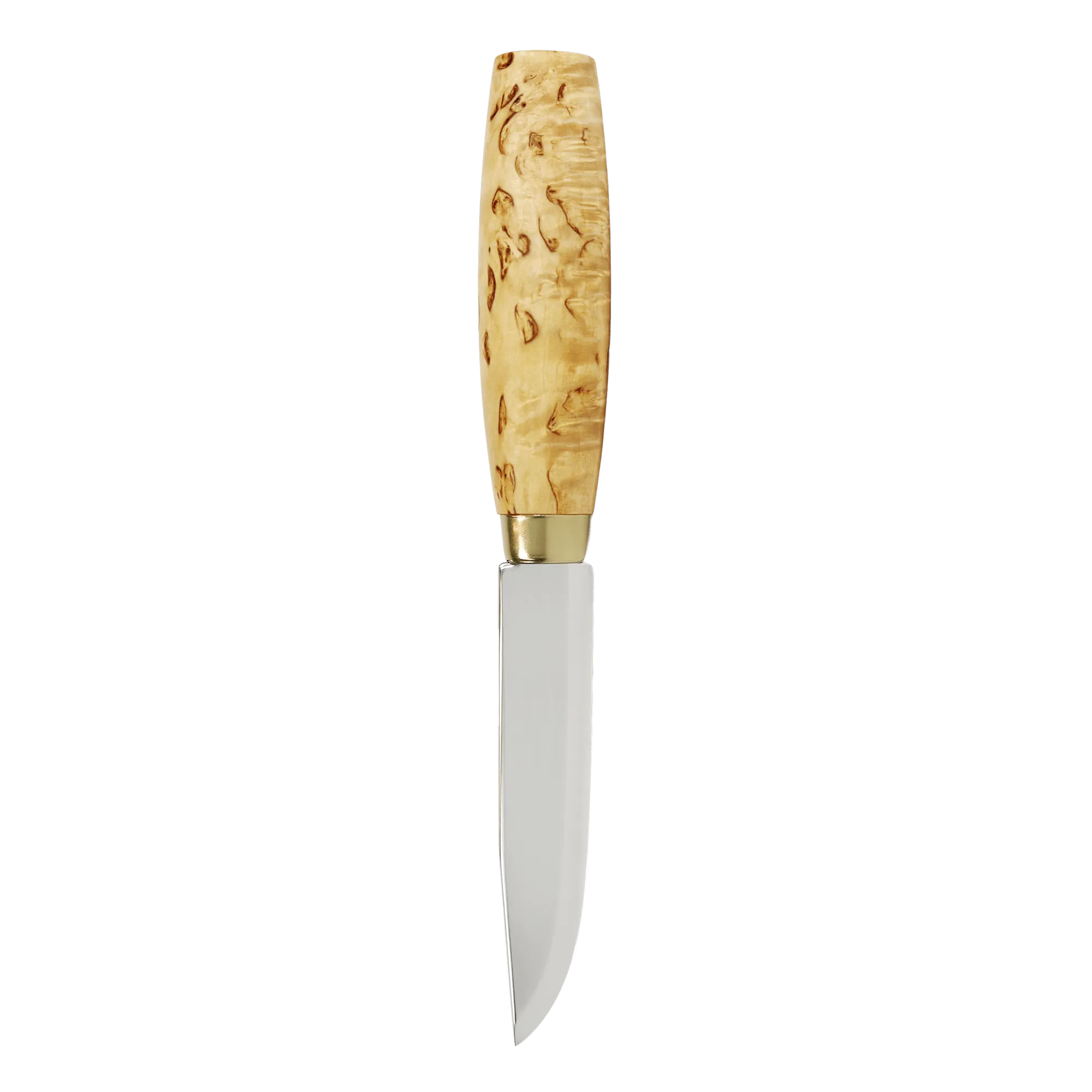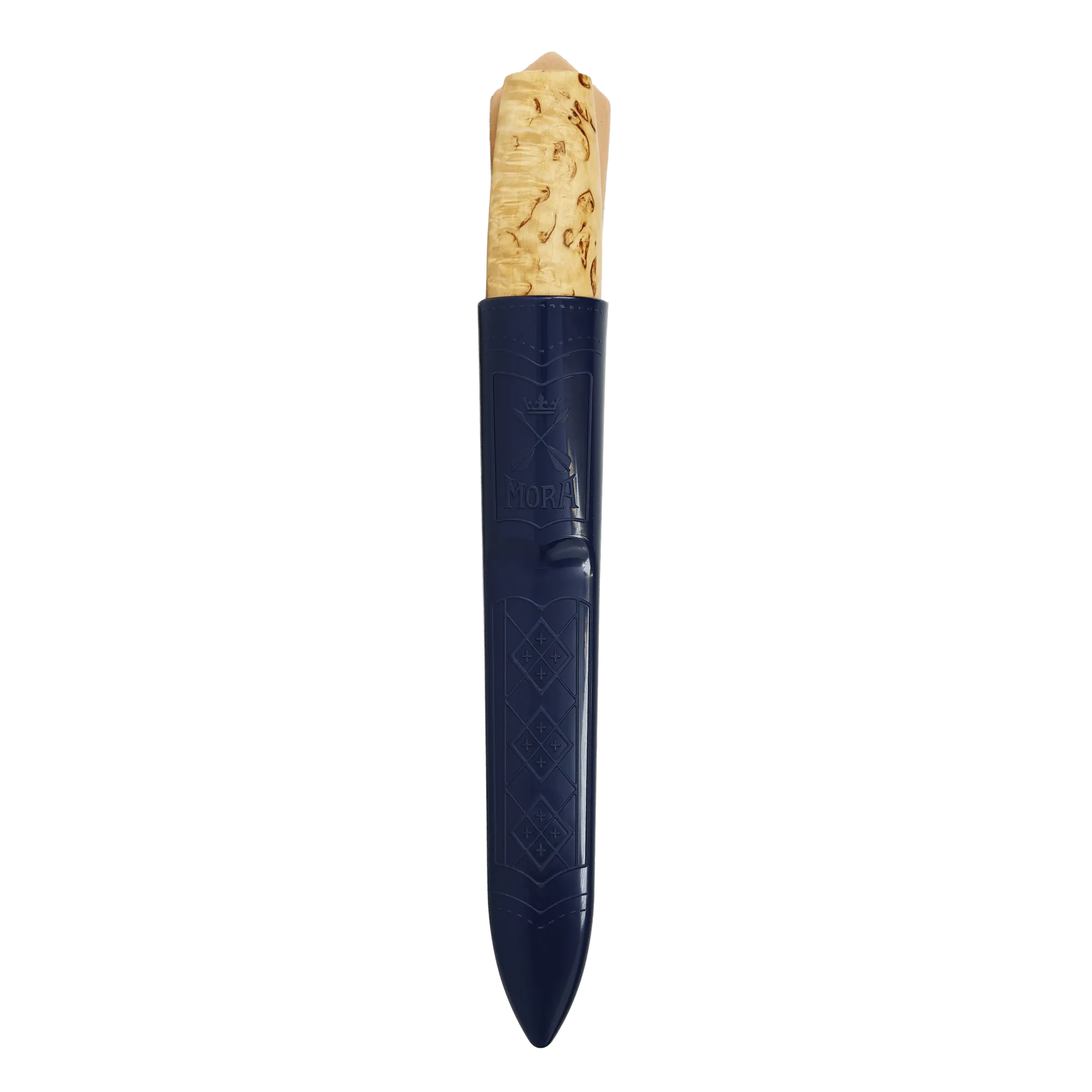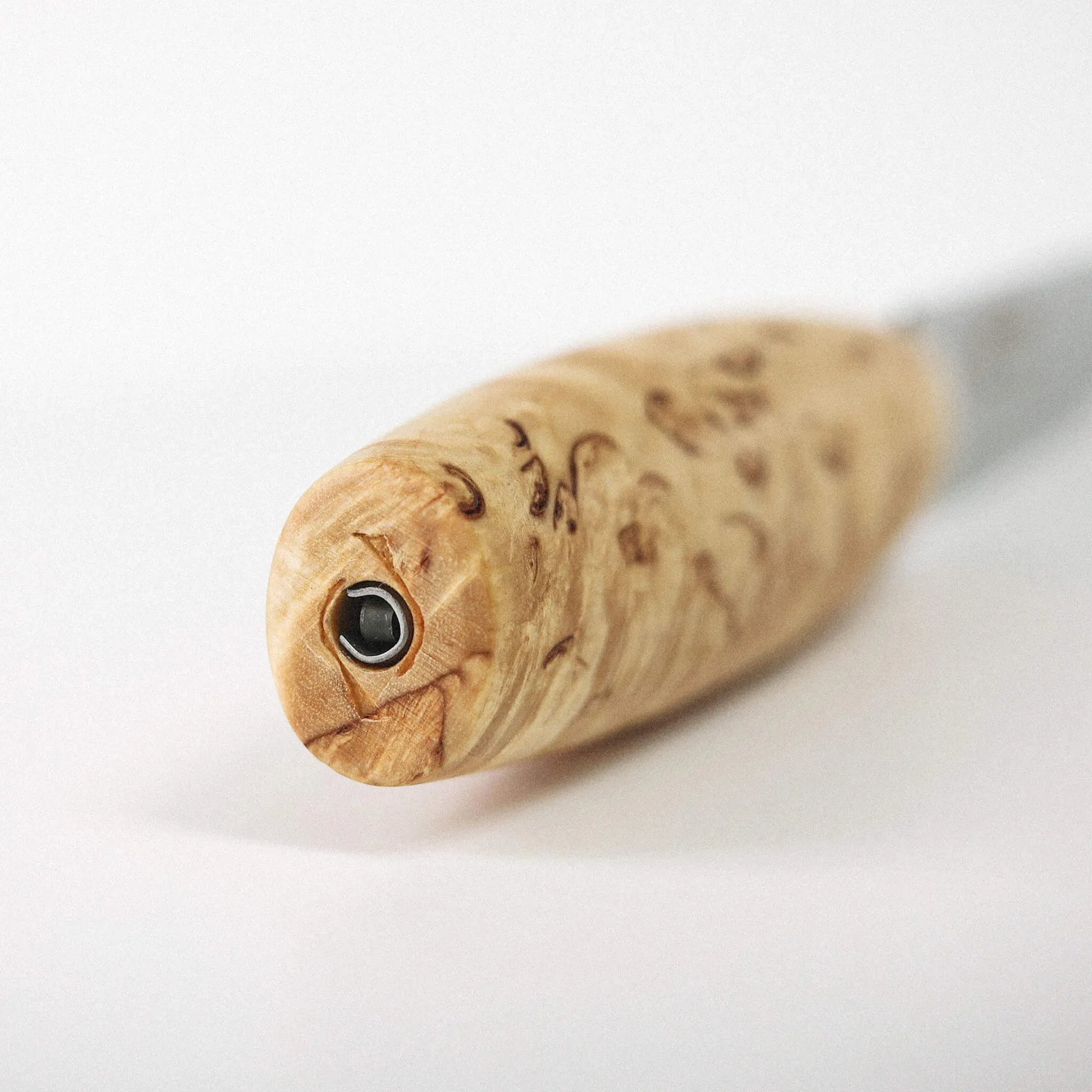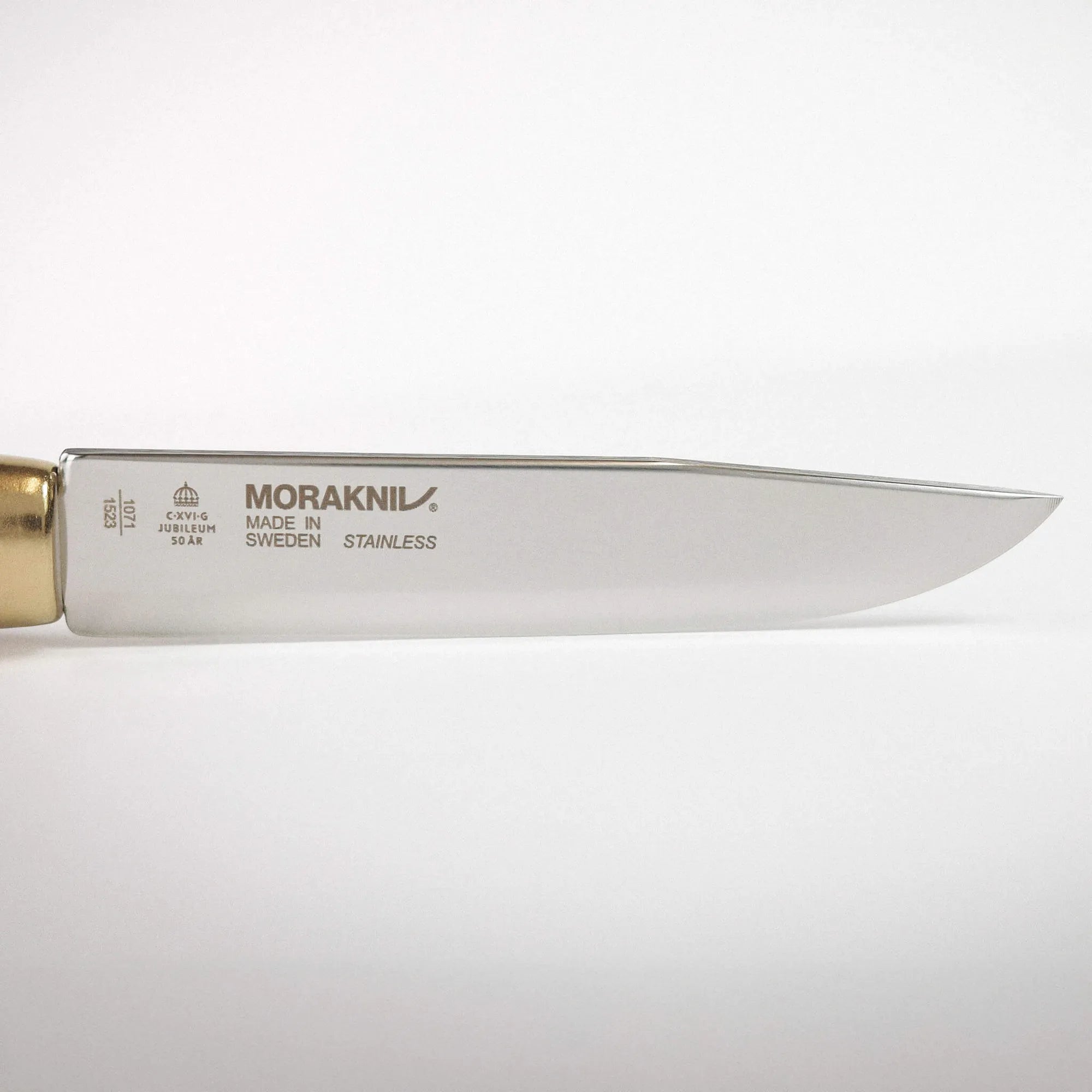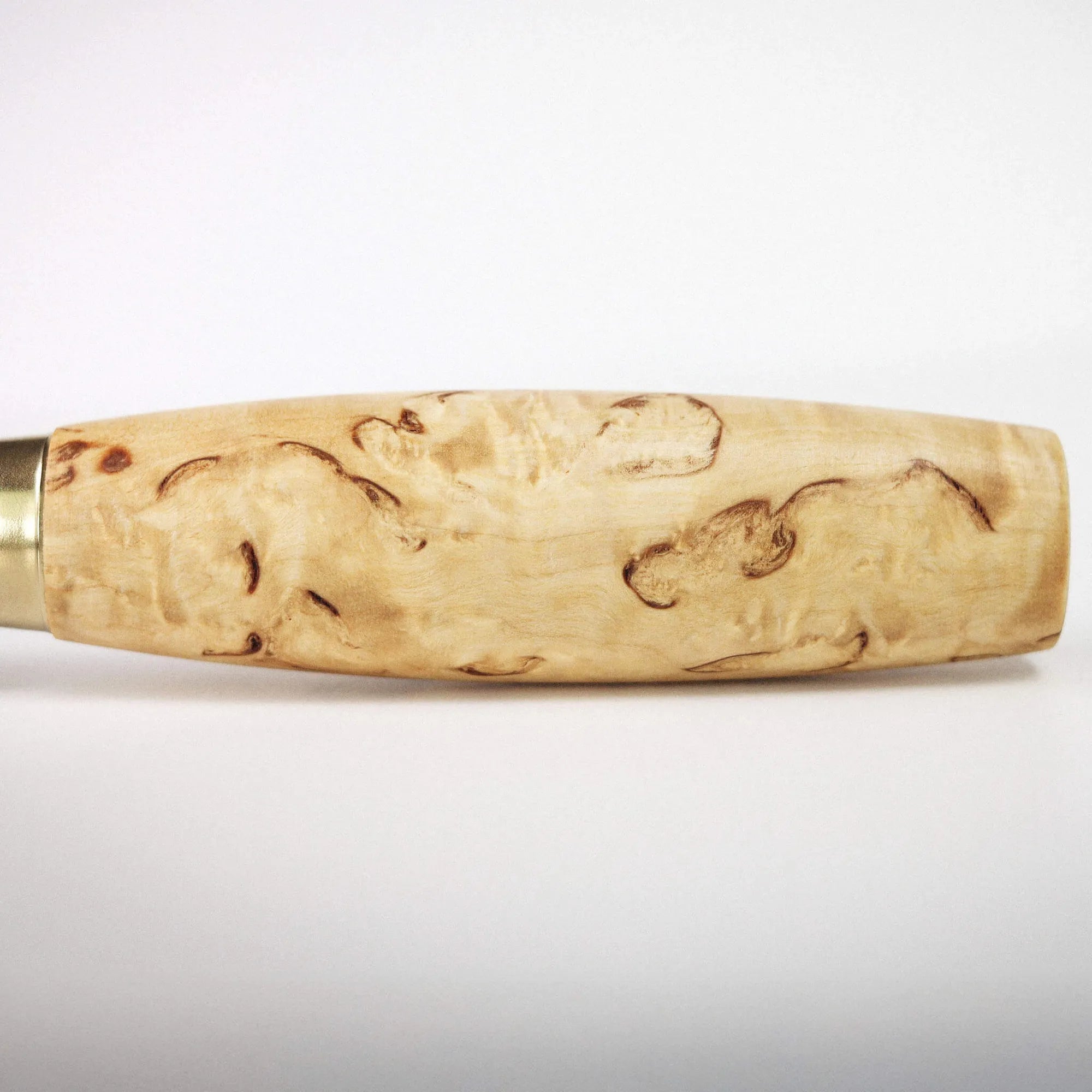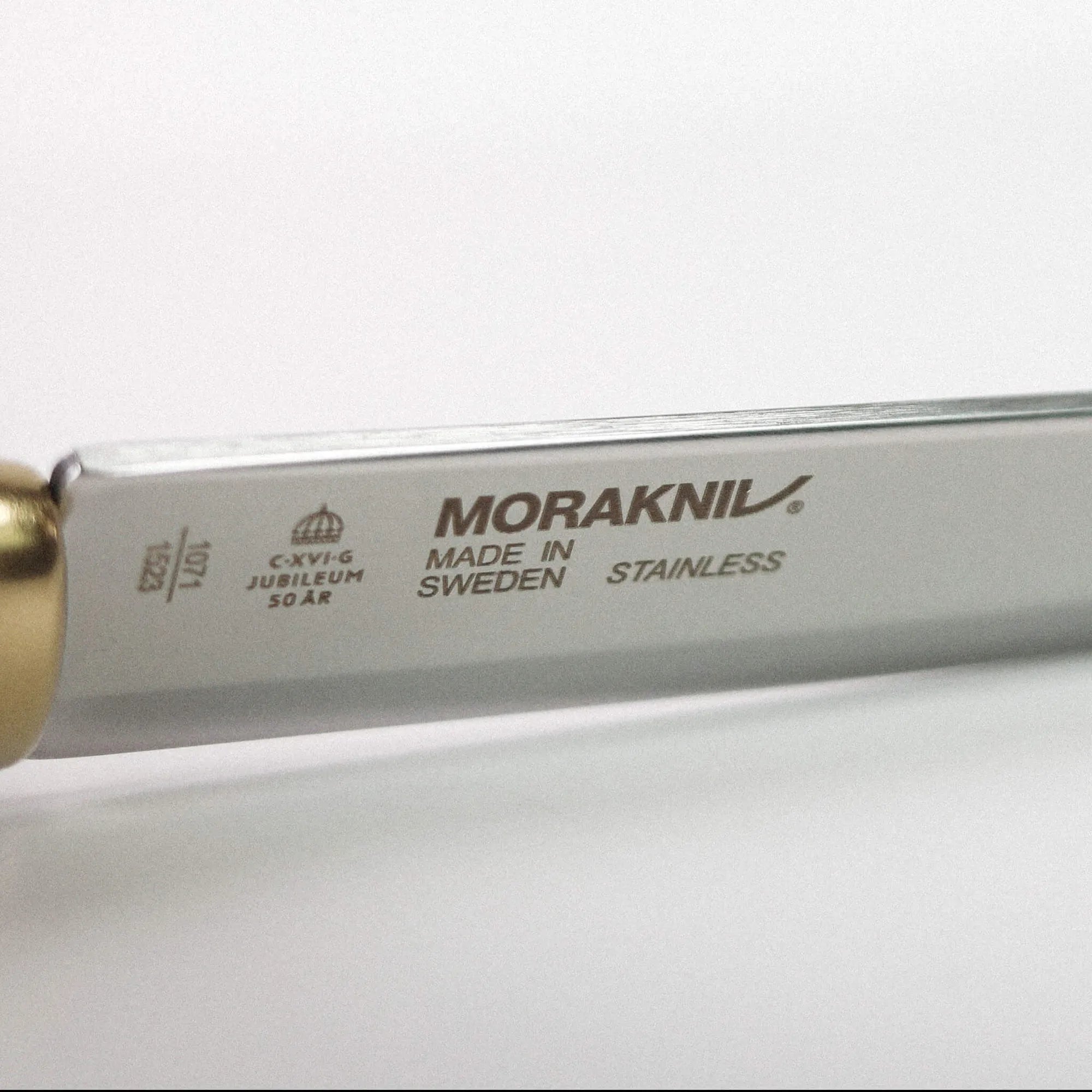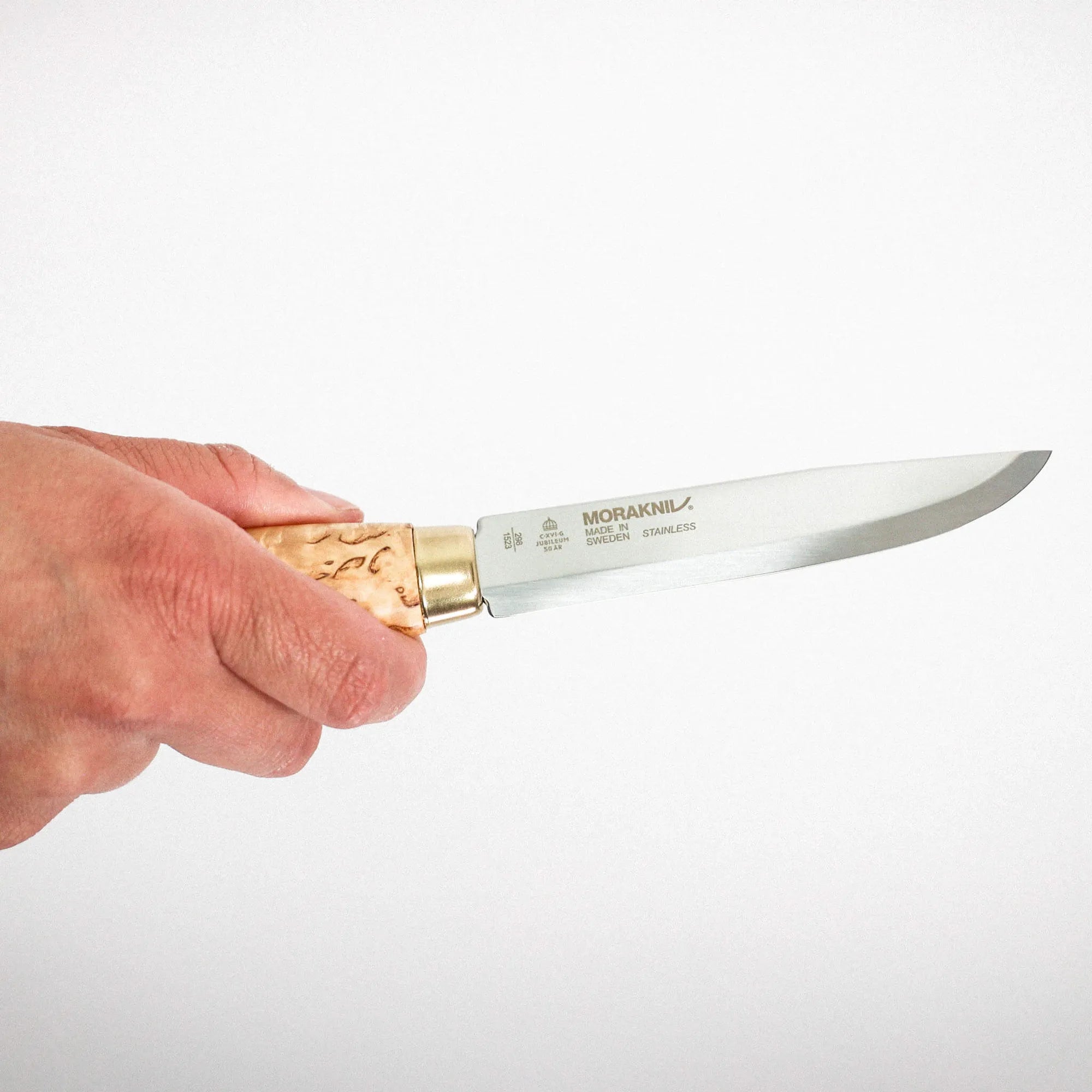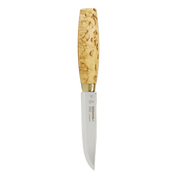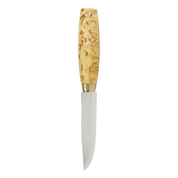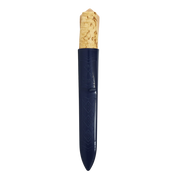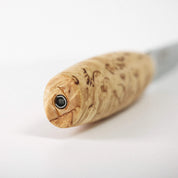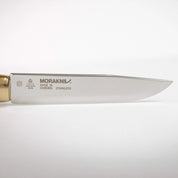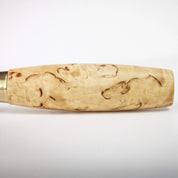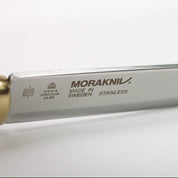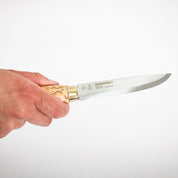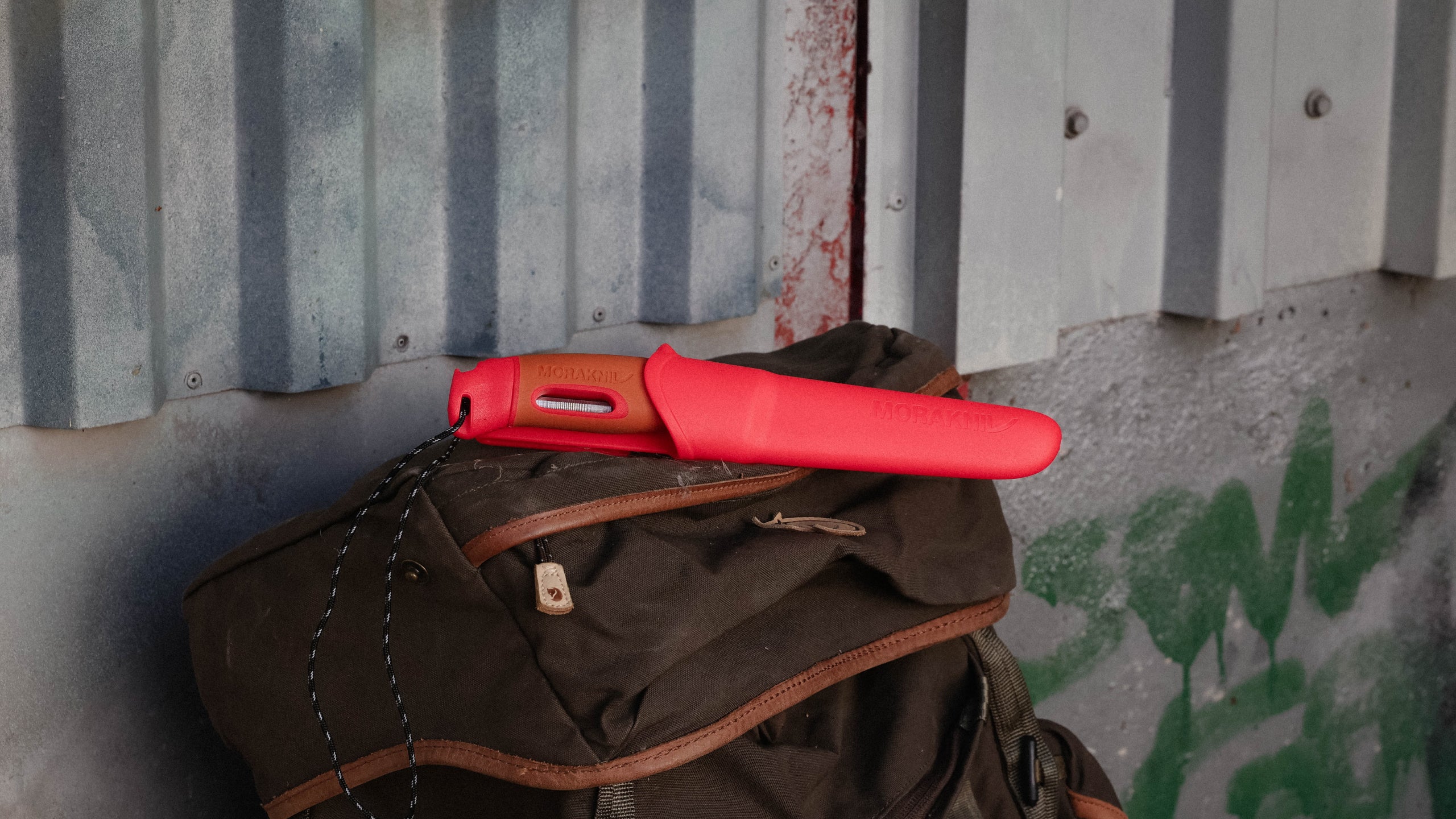
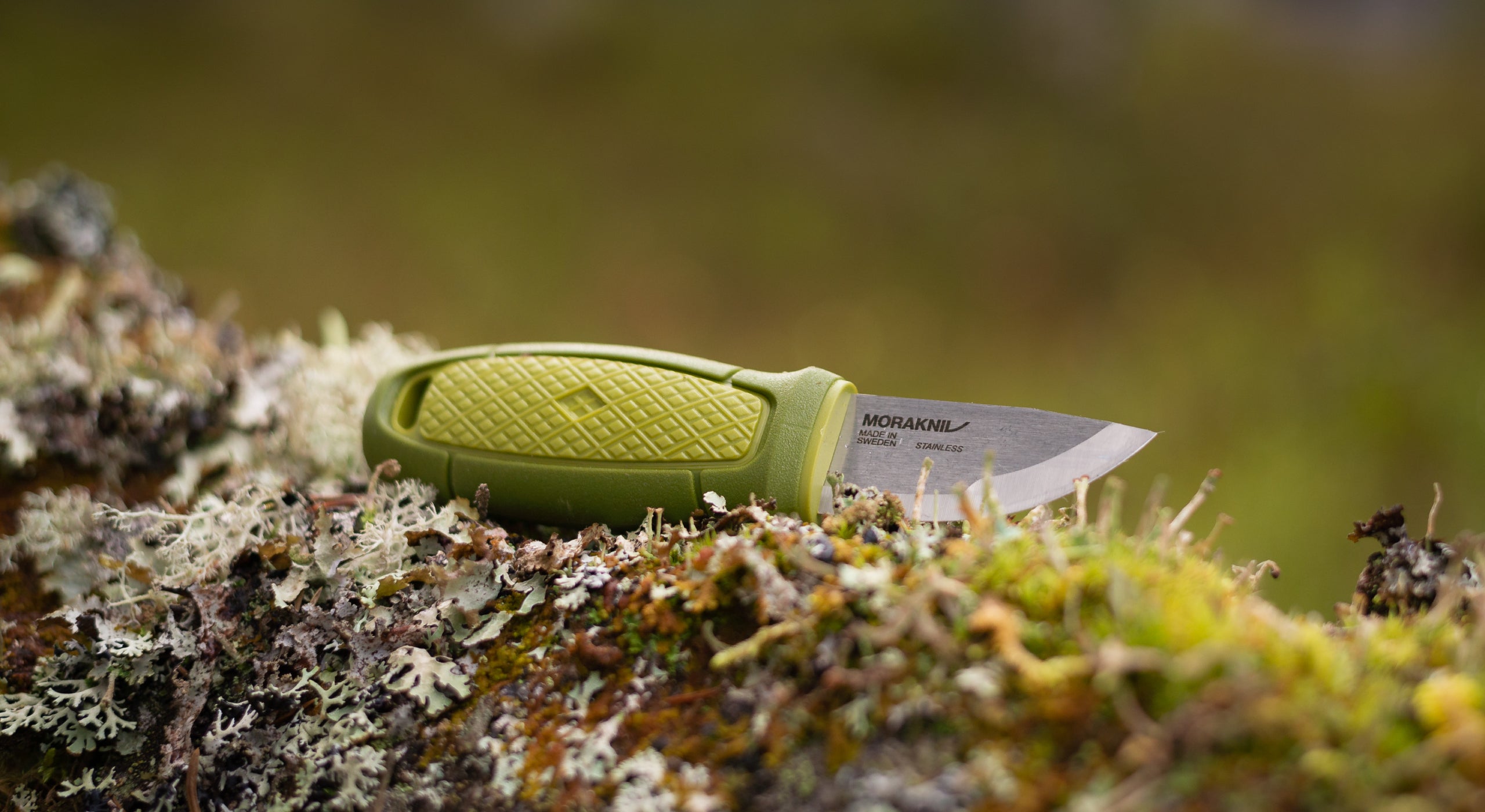
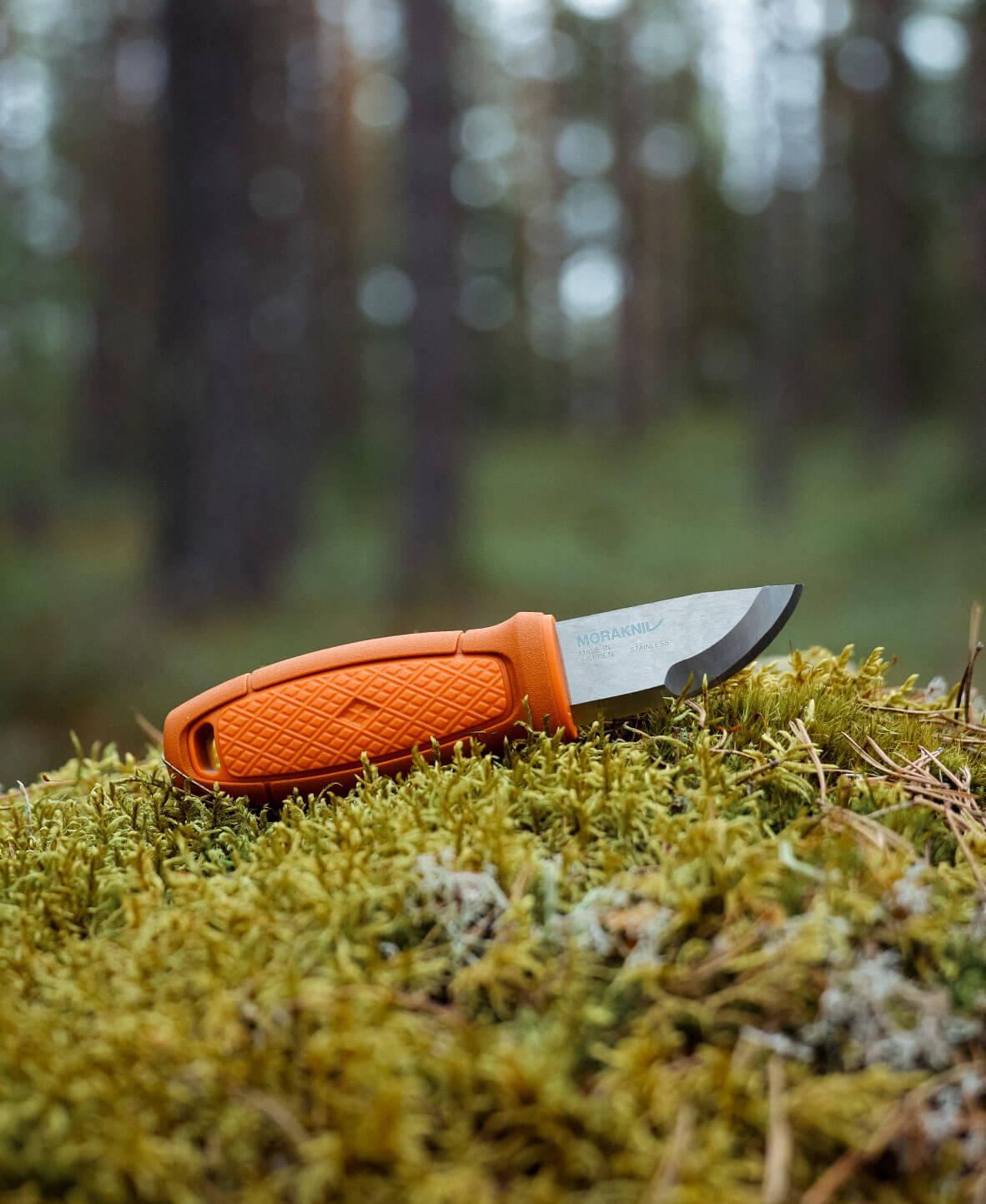
What Is an Outdoor Knife?
An outdoor knife is specially designed for use in nature. It should be reliable, durable, and easy to handle whether you’re at a camp stove, in a hunting stand, or far off the beaten path. A good outdoor knife gives you both function and safety – and is often the first item you should pack for your trip. What sets outdoor knives apart from others includes:- A tough blade made of carbon steel or stainless steel
- An ergonomic handle for a solid grip, even in wet weather
- A fixed blade – usually full tang or with a strong stick tang
- A plastic or leather sheath for safe storage
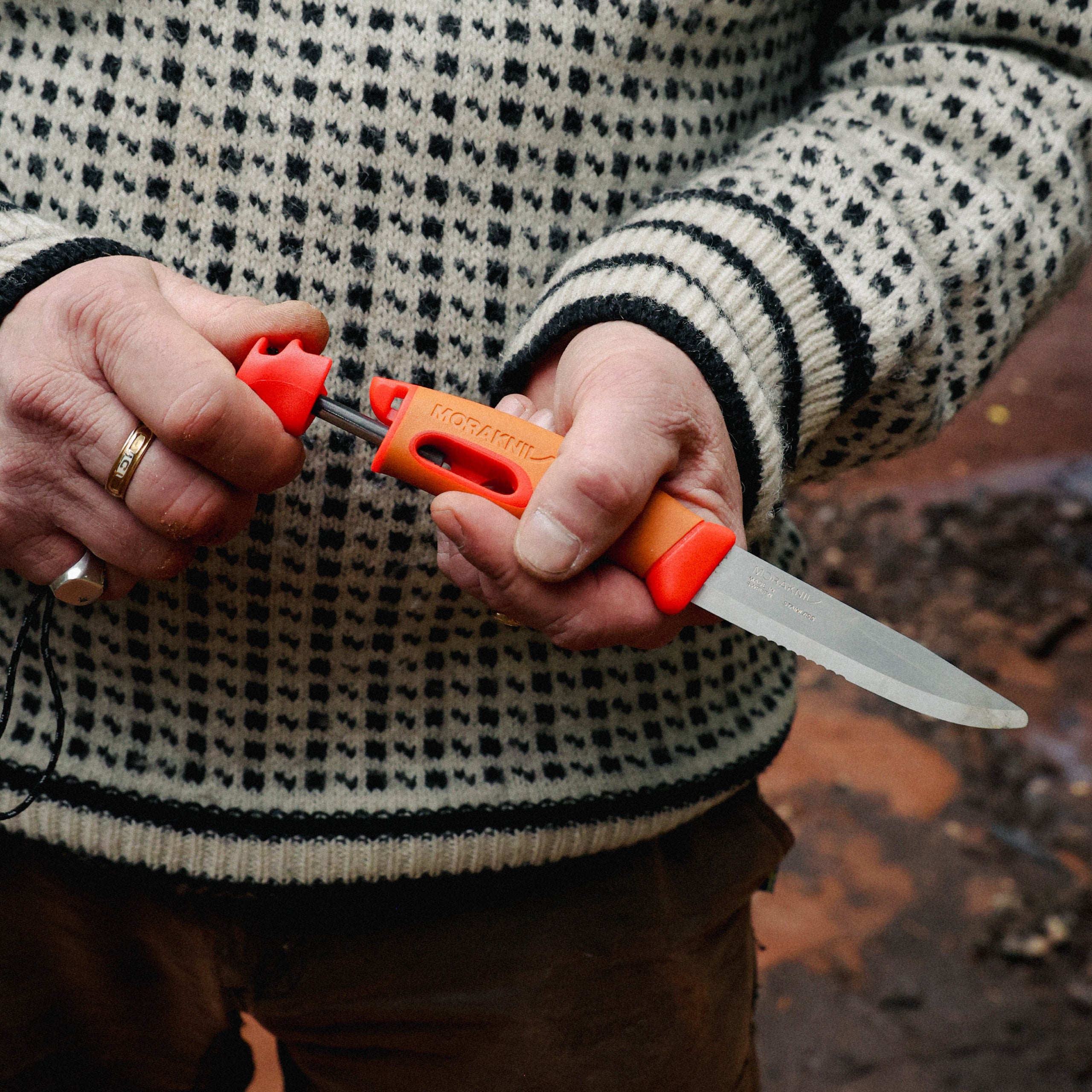
What Makes an Outdoor Knife So Versatile?
There are countless uses for an outdoor knife, and it’s this versatility that makes it a must-have in the wild. You can use it to:- Cut branches or split wood to start a fire
- Prepare food while hiking or camping
- Cut rope, open packages, or make quick repairs
- Carve tools or build shelter in the wilderness

399 kr
Scout 39 (S) is a scout knife for kids. It features a pointed blade in Swedish stainless steel, a double finger guard for safety, and a birch handle sized for small hands. The perfect first knife for outdoor activities and woodcarving.
1 595 kr
Rombo BlackBlade is a small chef’s knife for outdoor cooking. It features a sleek design with an ash wood handle and a black PVD-coated full tang blade made of Swedish stainless steel, and is easy to carry in your backpack.
279 kr
Companion Fishing Fillet 090 (S) is a flexible fishing knife in stainless steel. With a 1.3 mm thin blade and ergonomic grip, it is perfect for cleaning and filleting fish in wet environments. Sheath with belt clip.
1 523 kr
The King’s Knife is an exclusive anniversary knife made of Swedish stainless steel with a 105 mm blade and a hand-selected curly birch handle. A timeless collector’s piece built to last for generations.
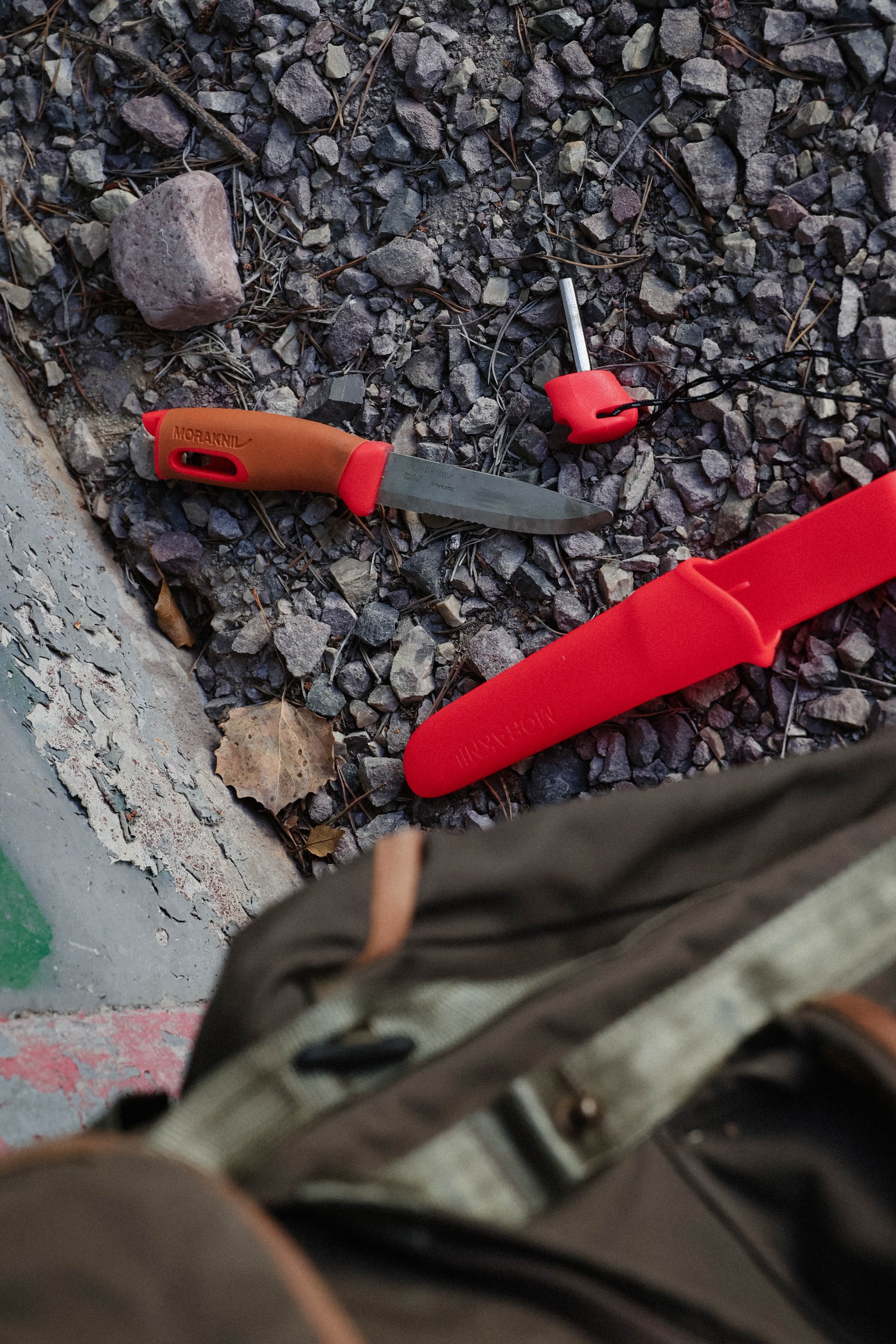
How to Care for Your Outdoor Knife
An outdoor knife is an investment in both safety and enjoyment. With proper care, your knife will last longer and perform better.
An outdoor knife is an investment in both safety and experience. With the right care, your knife will last longer and perform better:
- Always clean your knife after use – especially if you’ve handled food, fish, or game
- Dry the blade and apply a thin layer of oil if it’s carbon steel
- Sharpen the blade regularly to maintain its edge
- Store the knife in its sheath, ideally in a dry place
How to Care for Your Outdoor Knife
When selecting an outdoor knife, it helps to consider:
- What you’ll use it for – Cooking, fire prep, hunting, fishing?
- What size you prefer – Small knives are nimble, large ones handle heavy tasks
- Handle shape and material – Plastic offers better grip in rain; wood gives a classic feel
- How you’ll carry it – On your belt, in your backpack, or around your neck?
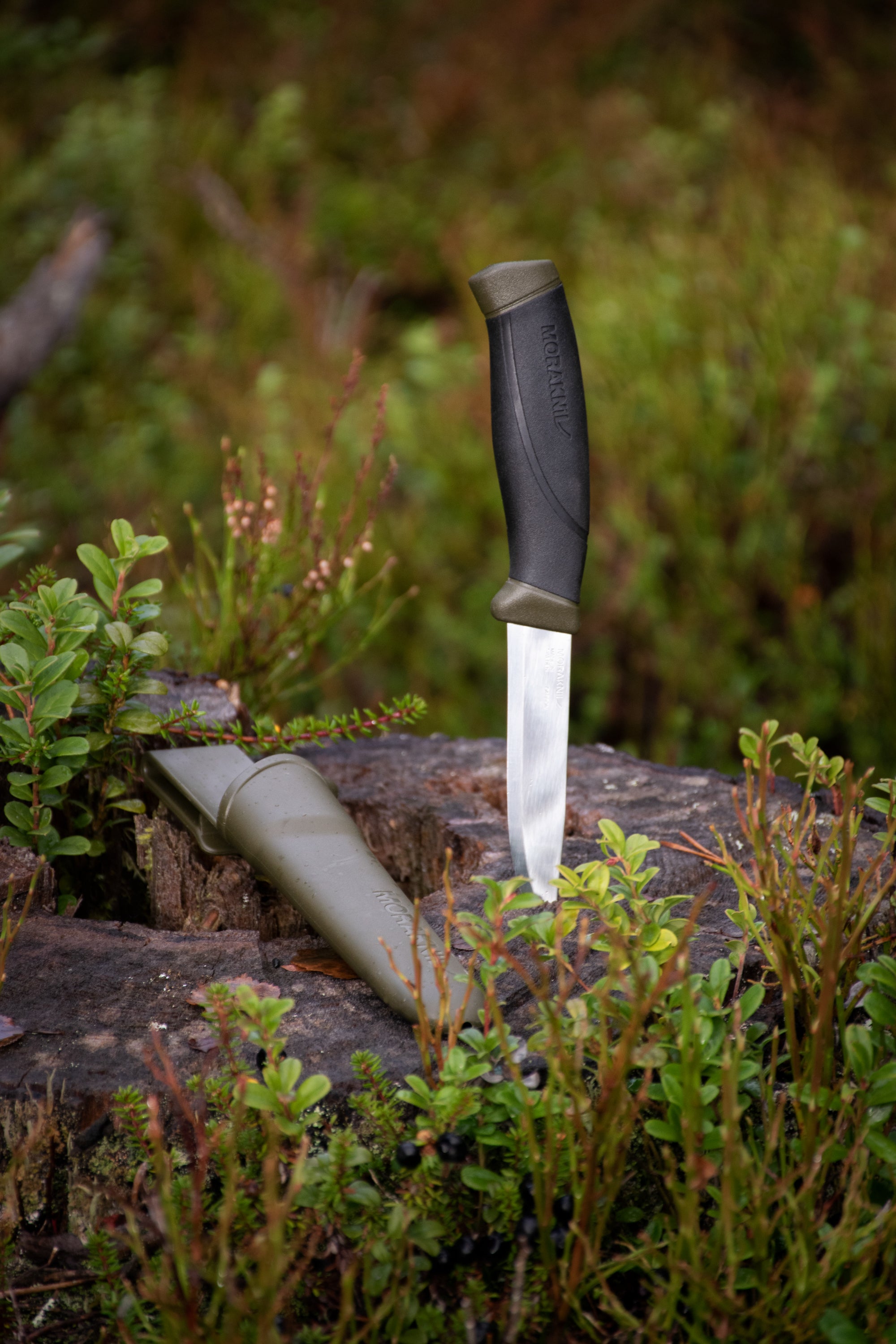
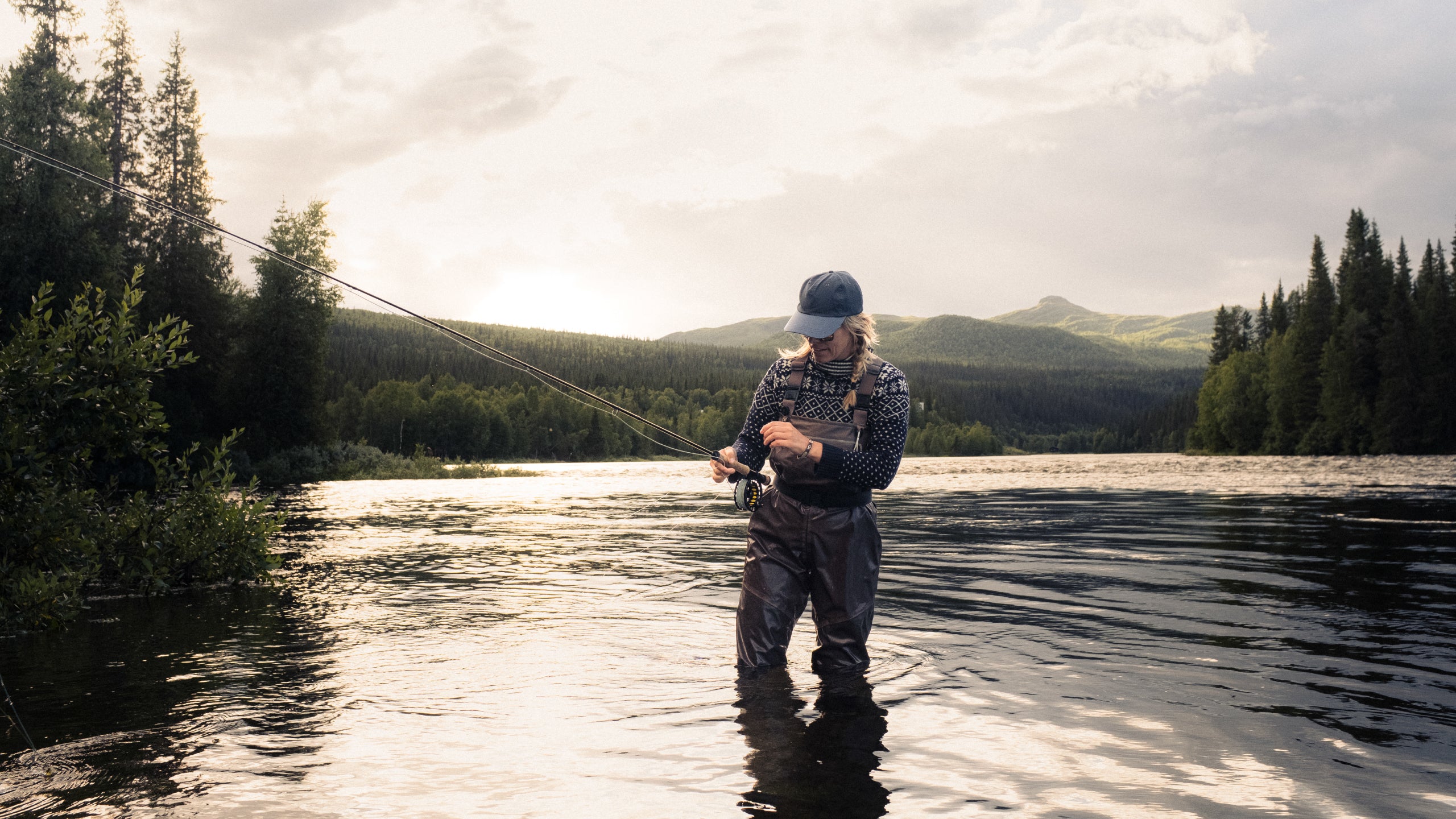
How to Care for Your Outdoor Knife
An outdoor knife is an investment in both safety and enjoyment. With proper care, your knife will last longer and perform better.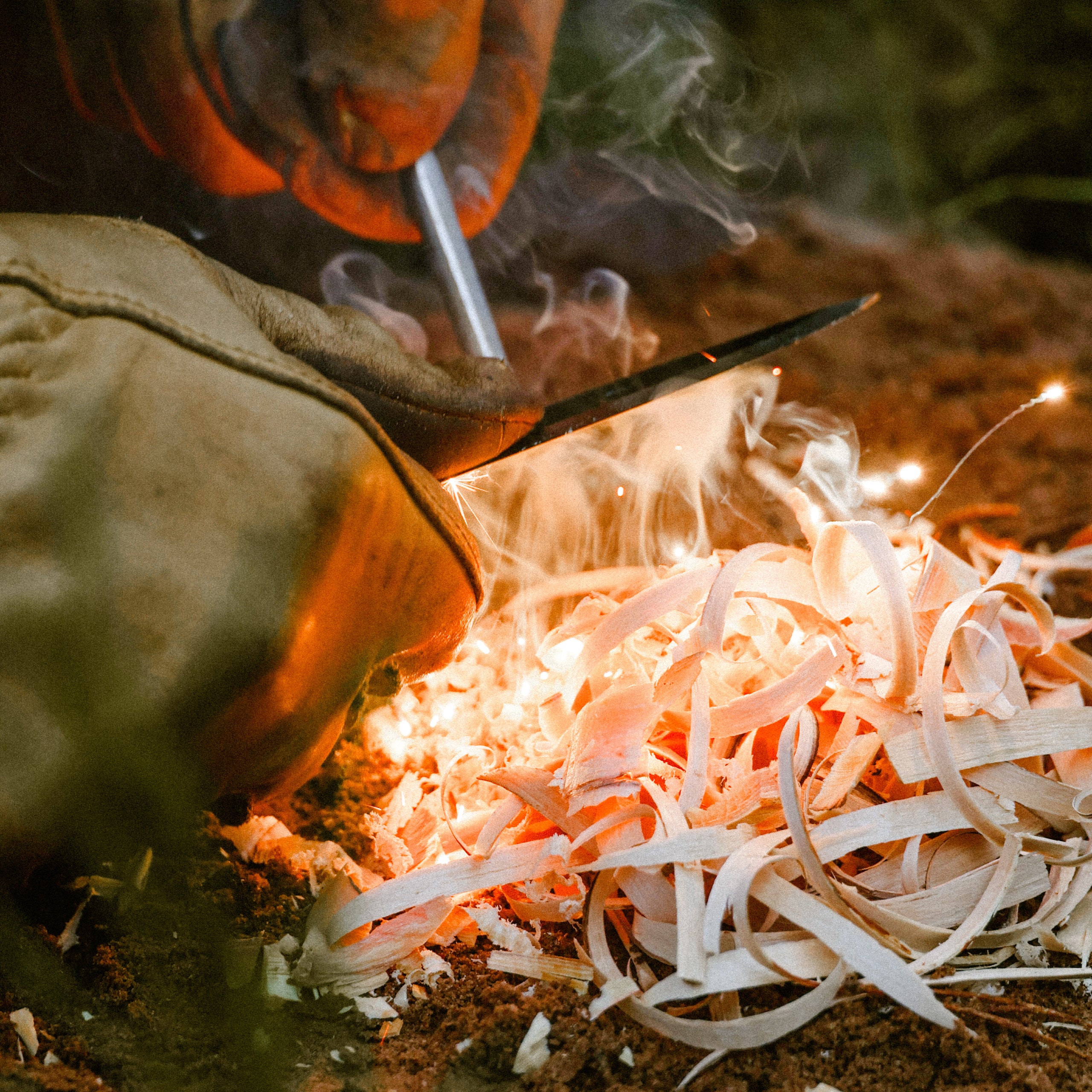
Tips for Choosing the Right Outdoor Knife
When selecting an outdoor knife, it helps to consider:- What you’ll use it for – Cooking, fire prep, hunting, fishing?
- What size you prefer – Small knives are nimble, large ones handle heavy tasks
- Handle shape and material – Plastic offers better grip in rain; wood gives a classic feel
- How you’ll carry it – On your belt, in your backpack, or around your neck?
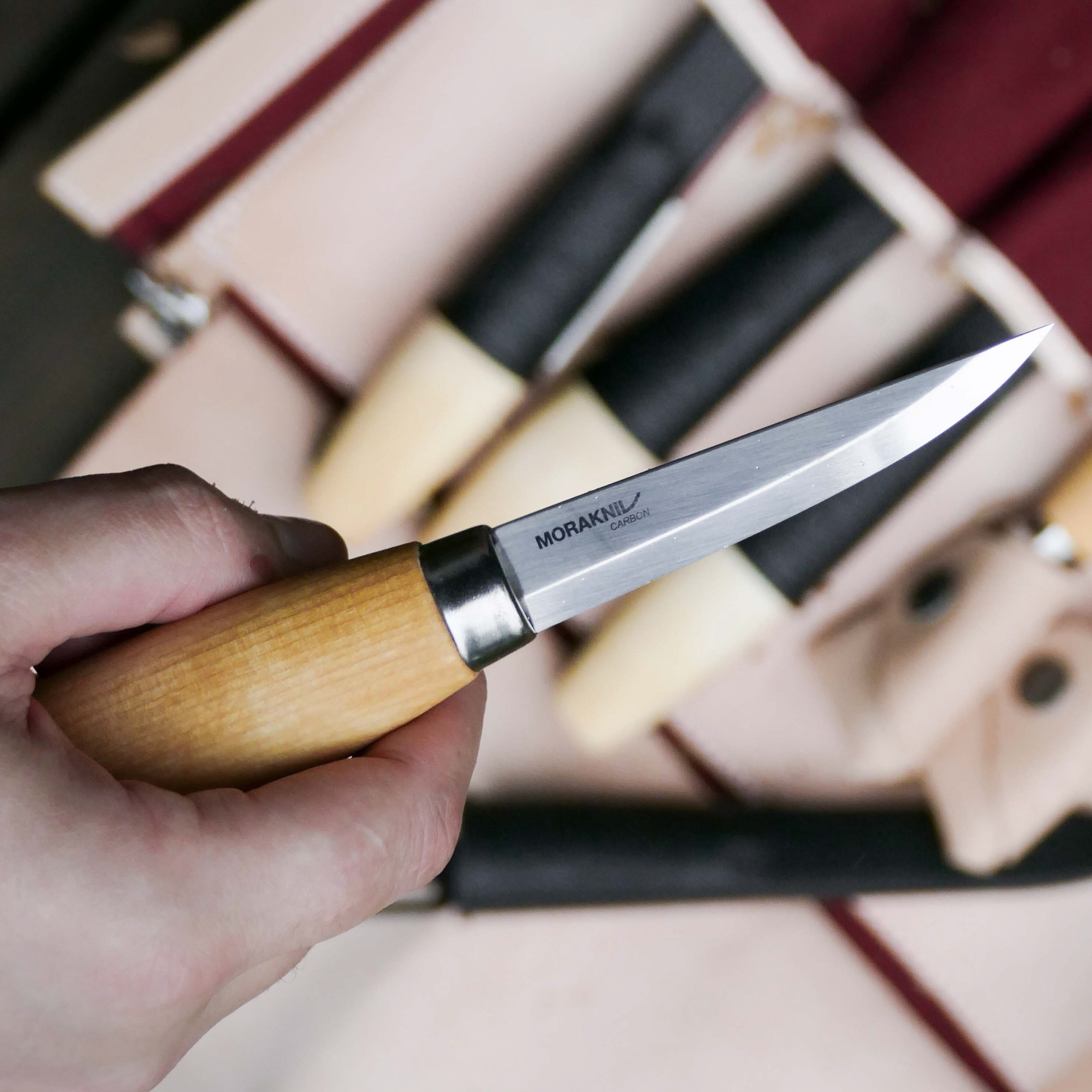
Tips for Choosing the Right Outdoor Knife
When selecting an outdoor knife, it helps to consider:- What you’ll use it for – Cooking, fire prep, hunting, fishing?
- What size you prefer – Small knives are nimble, large ones handle heavy tasks
- Handle shape and material – Plastic offers better grip in rain; wood gives a classic feel
- How you’ll carry it – On your belt, in your backpack, or around your neck?
How to Care for Your Outdoor Knife
Benefits of Carbon Steel:
- Extremely sharp and easy to sharpen
- Provides excellent feel for carving and precision work
Benefits of Stainless Steel:
- More resistant to moisture and rust
- Requires less maintenance
- Perfect for fishing, paddling, and other wet environments
Note: Carbon steel is more prone to rust than stainless, so be sure to dry the blade carefully after use and oil it occasionally.
How to Care for Your Outdoor Knife
An outdoor knife is an investment in both safety and experience. With the right care, your knife will last longer and perform better:
- Always clean your knife after use – especially if you’ve handled food, fish, or game
- Dry the blade and apply a thin layer of oil if it’s carbon steel
- Sharpen the blade regularly to maintain its edge
- Store the knife in its sheath, ideally in a dry place

